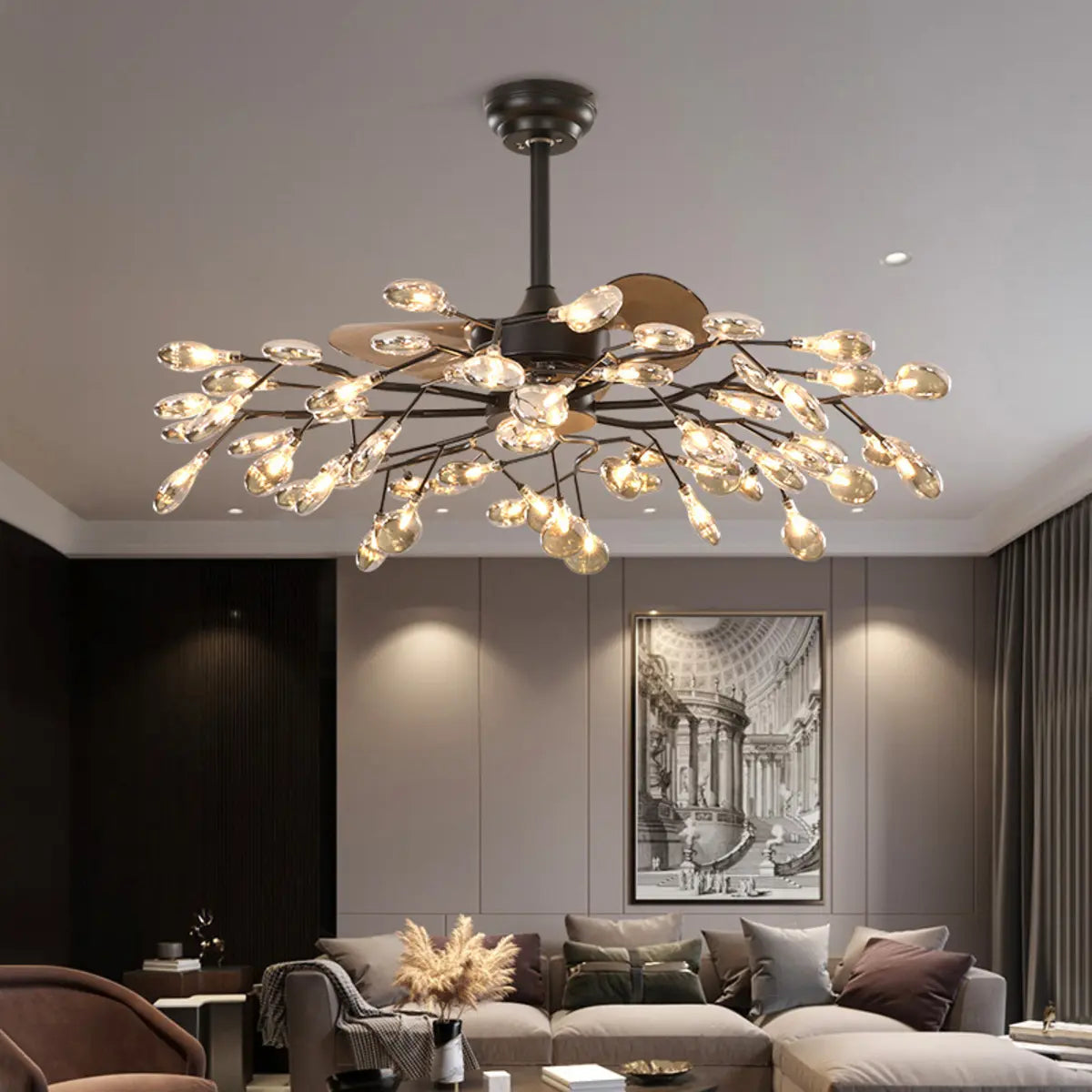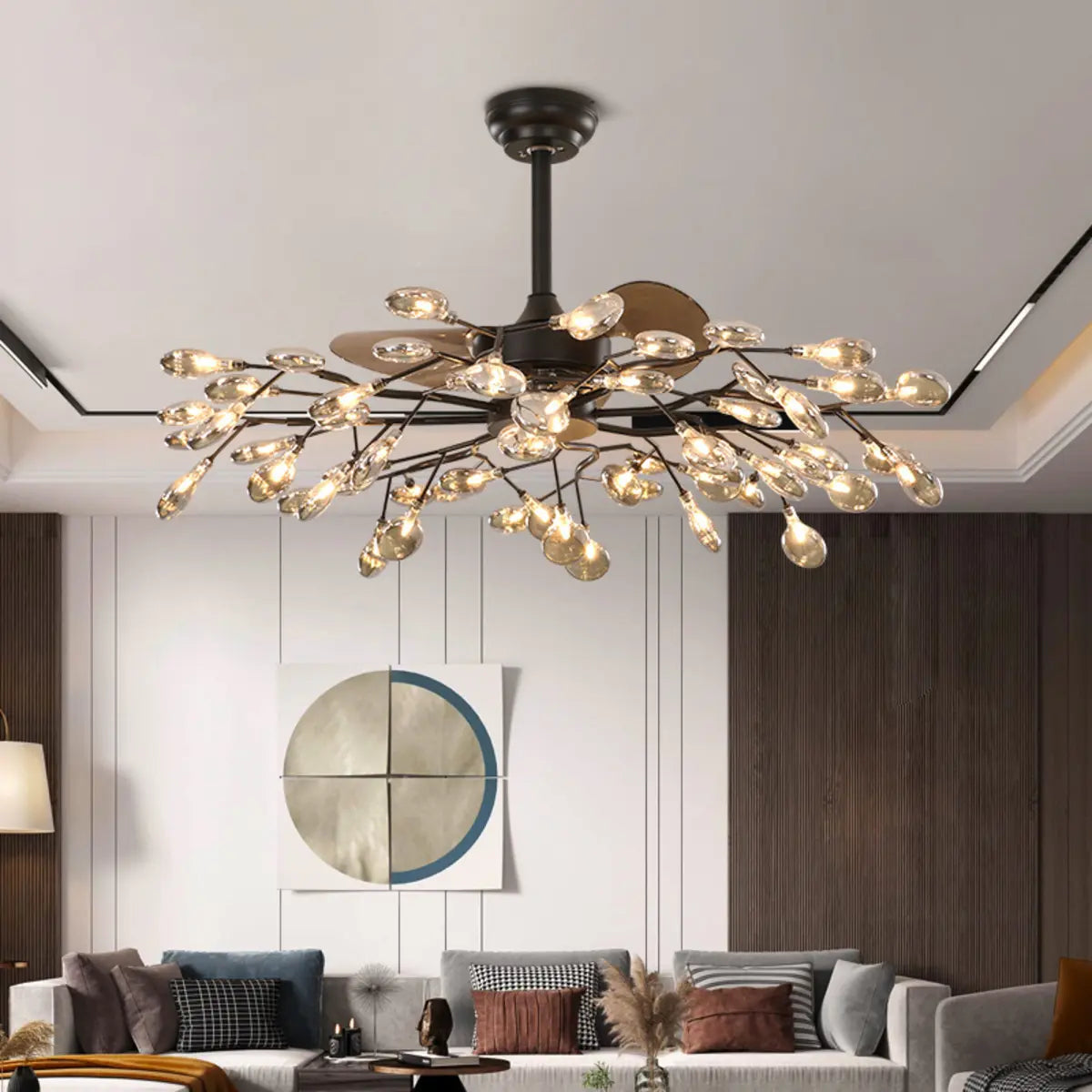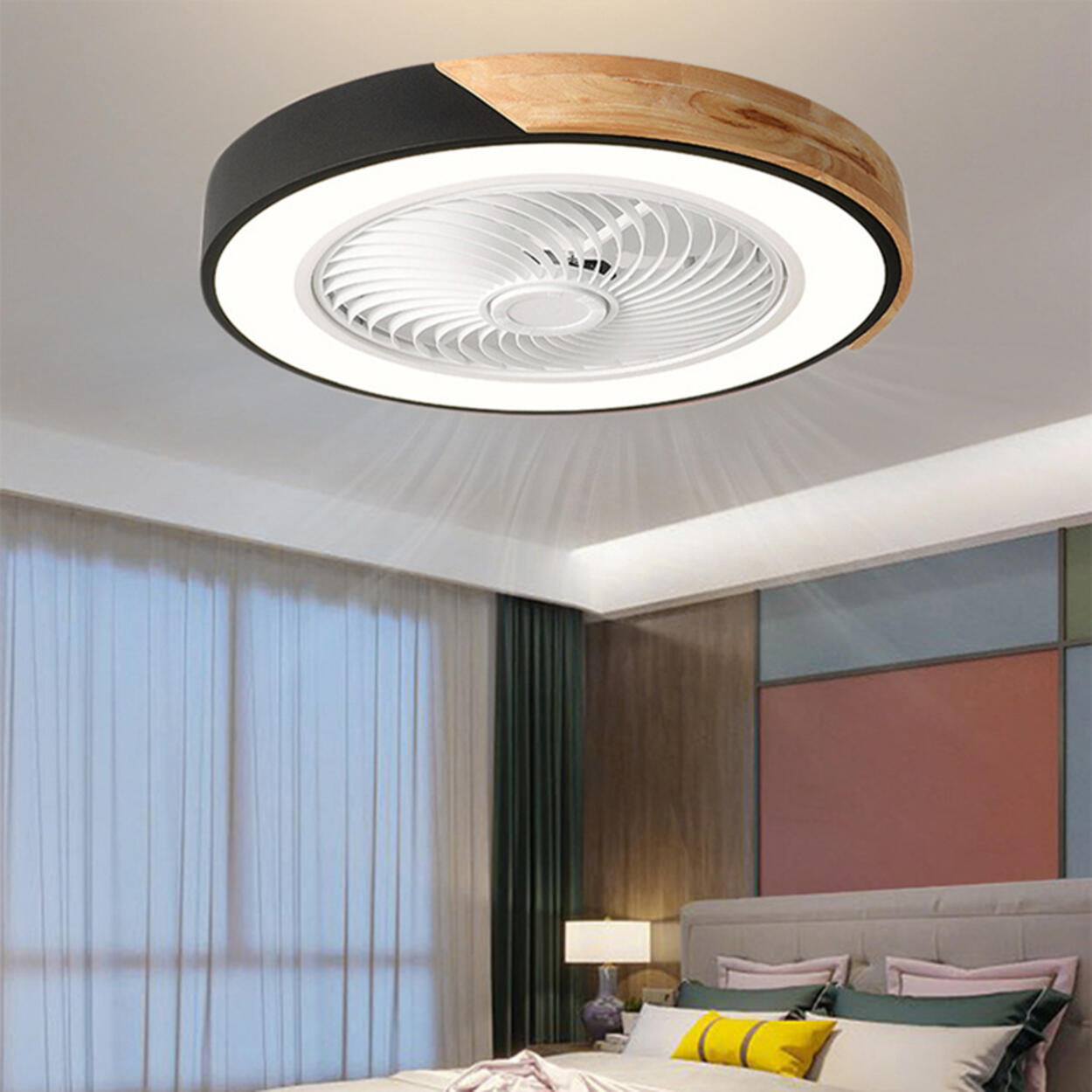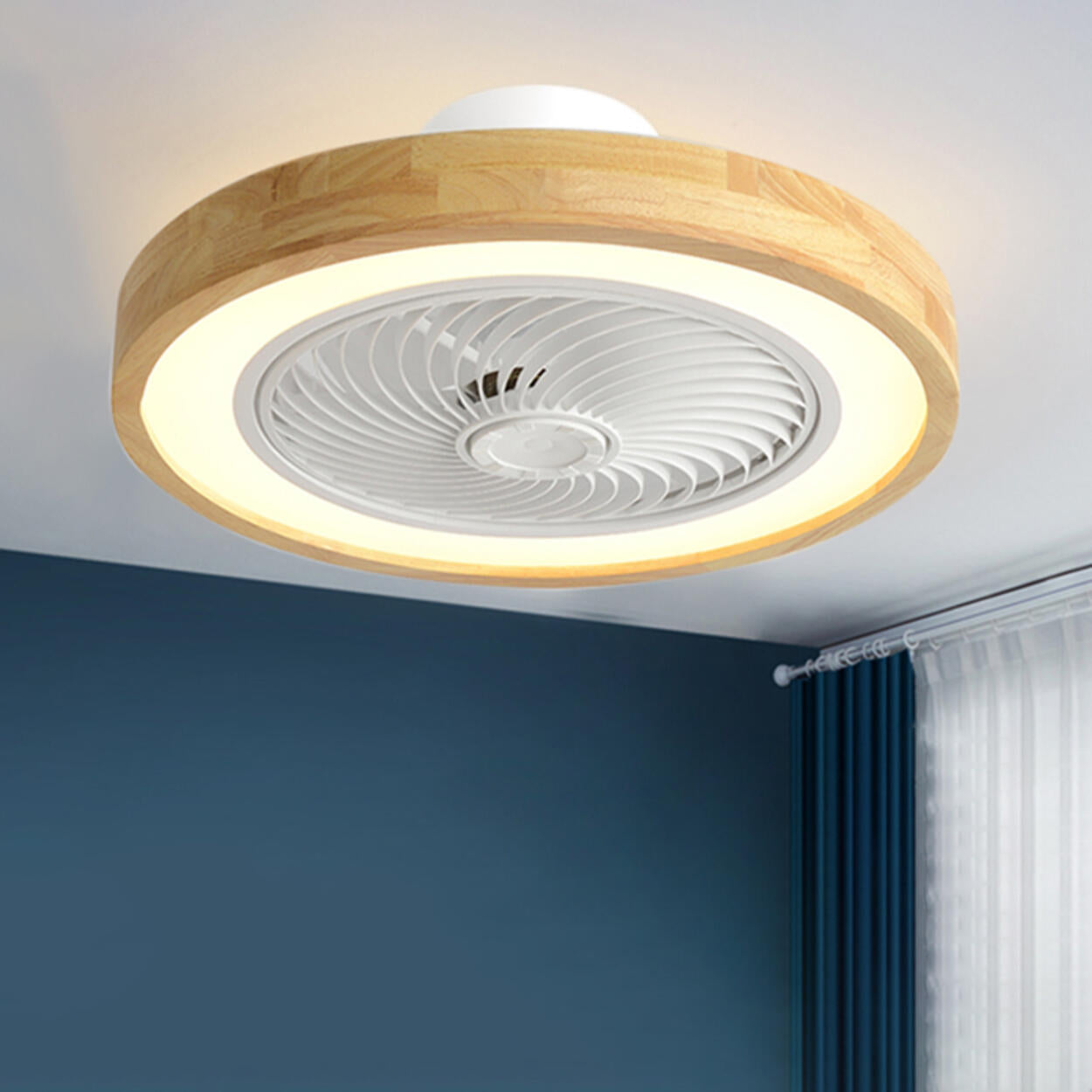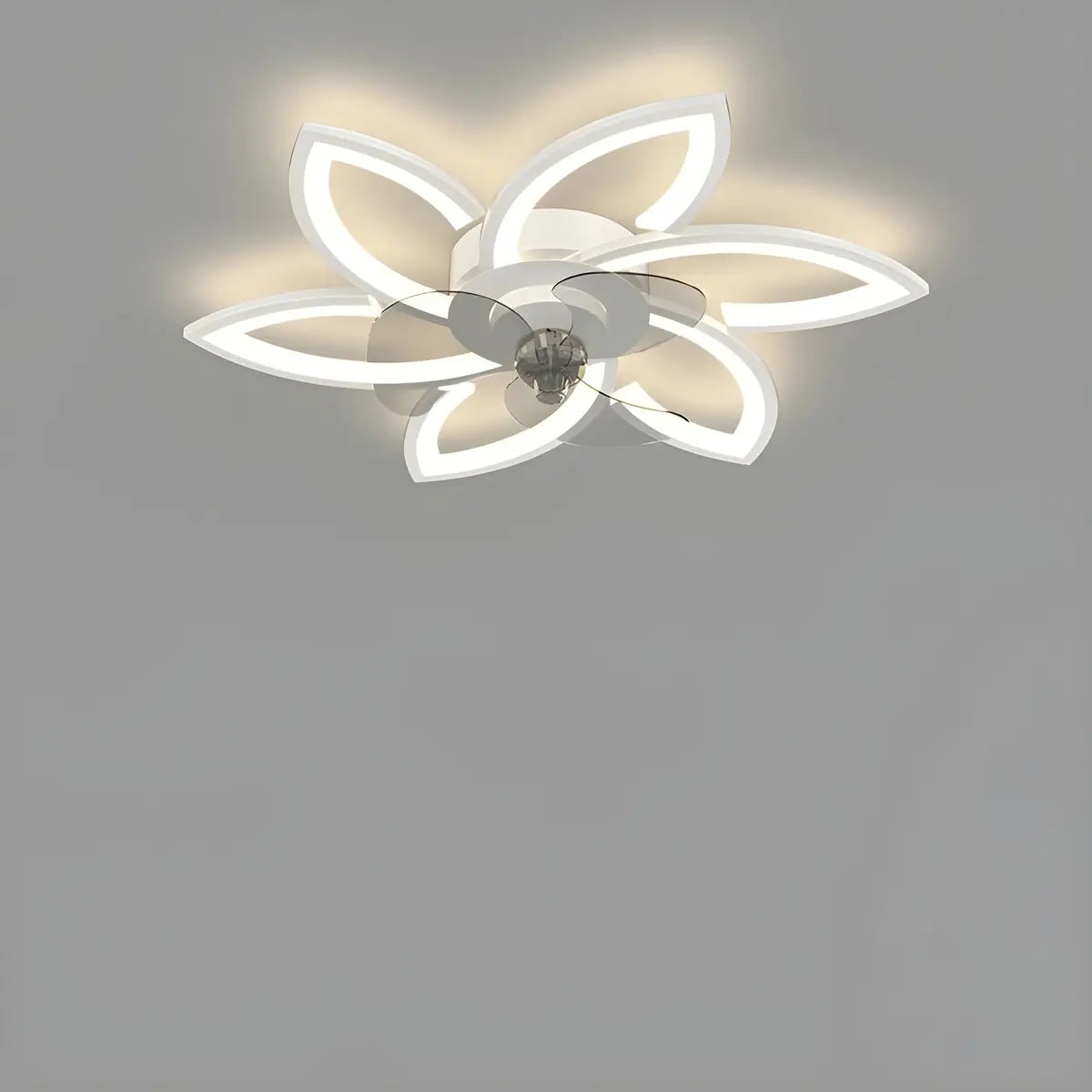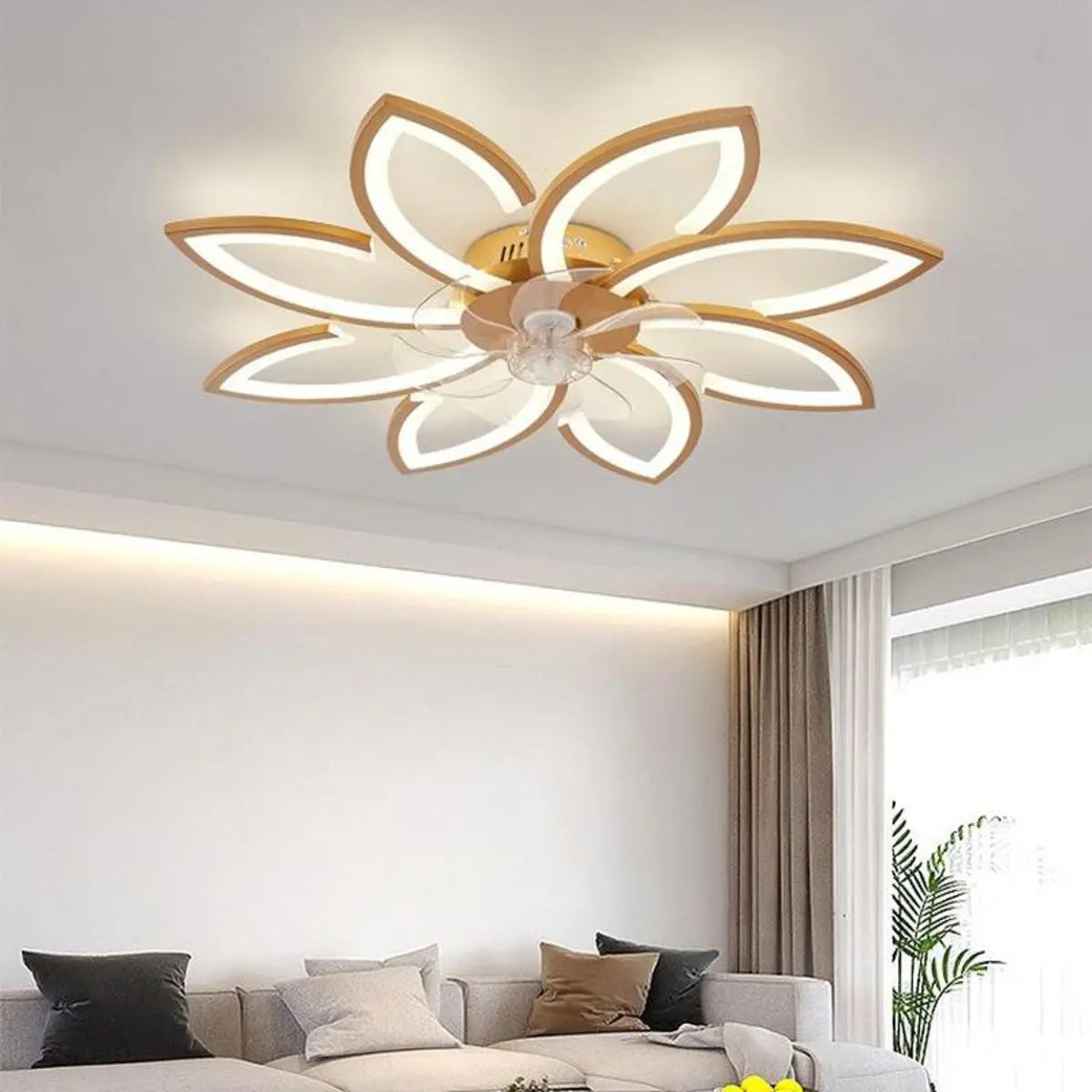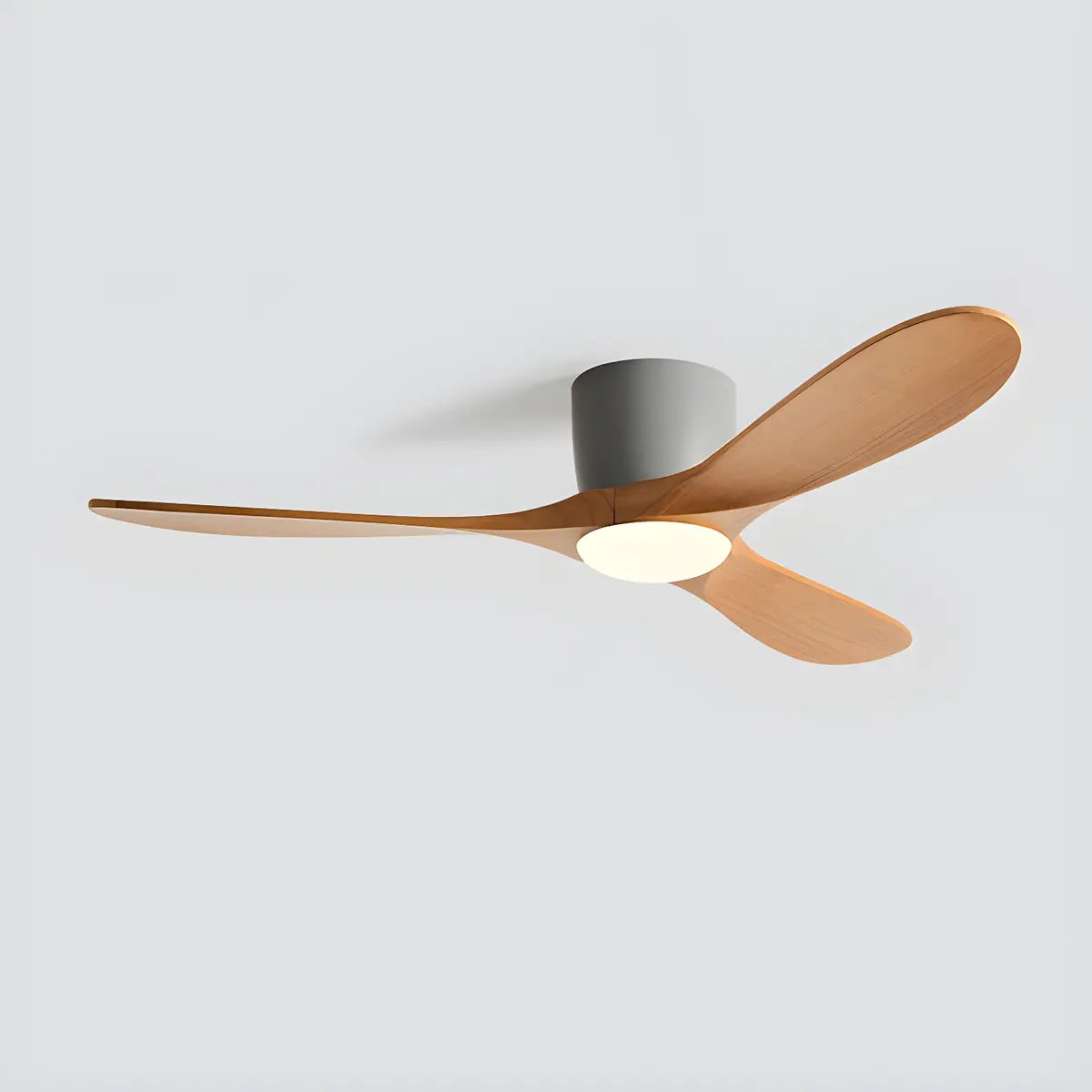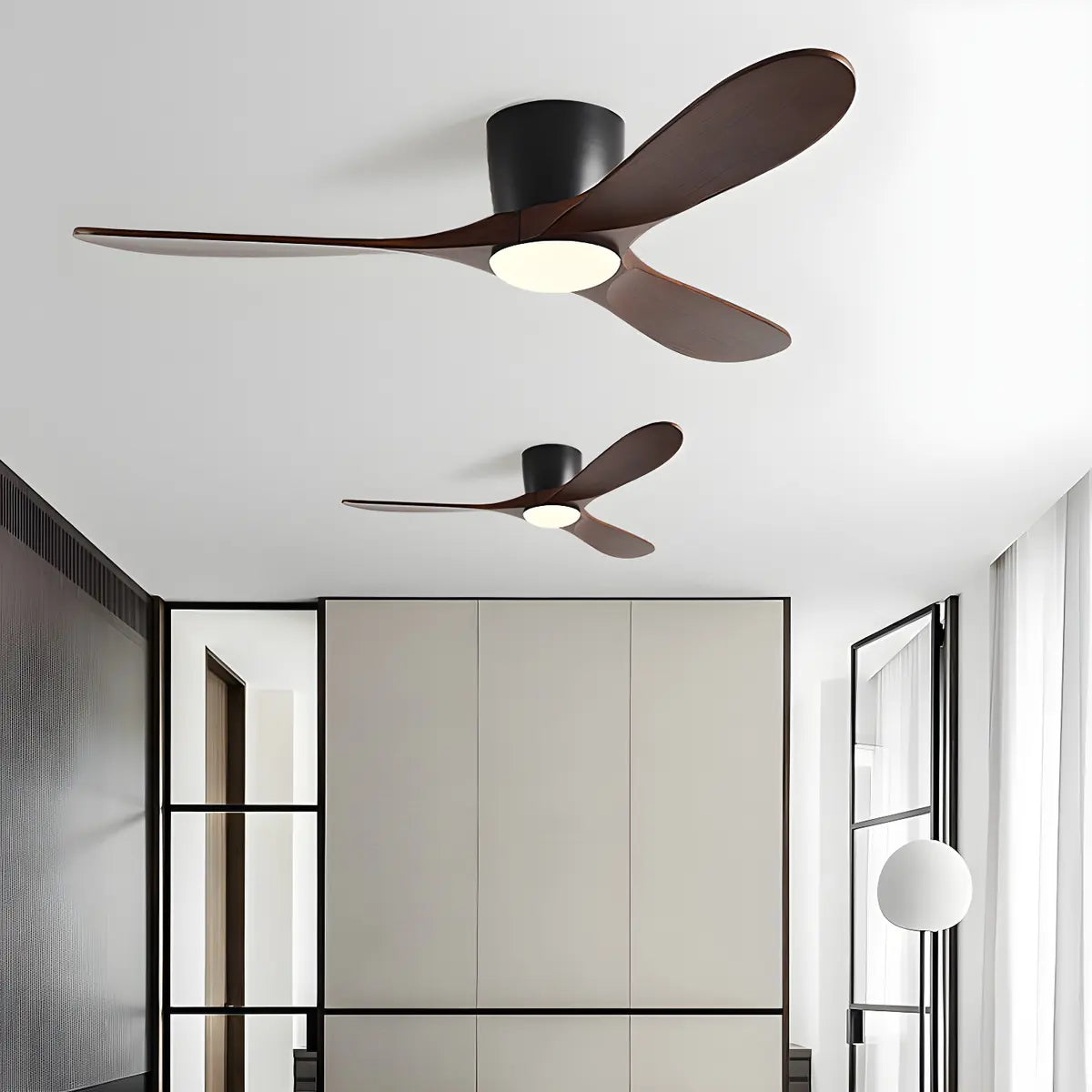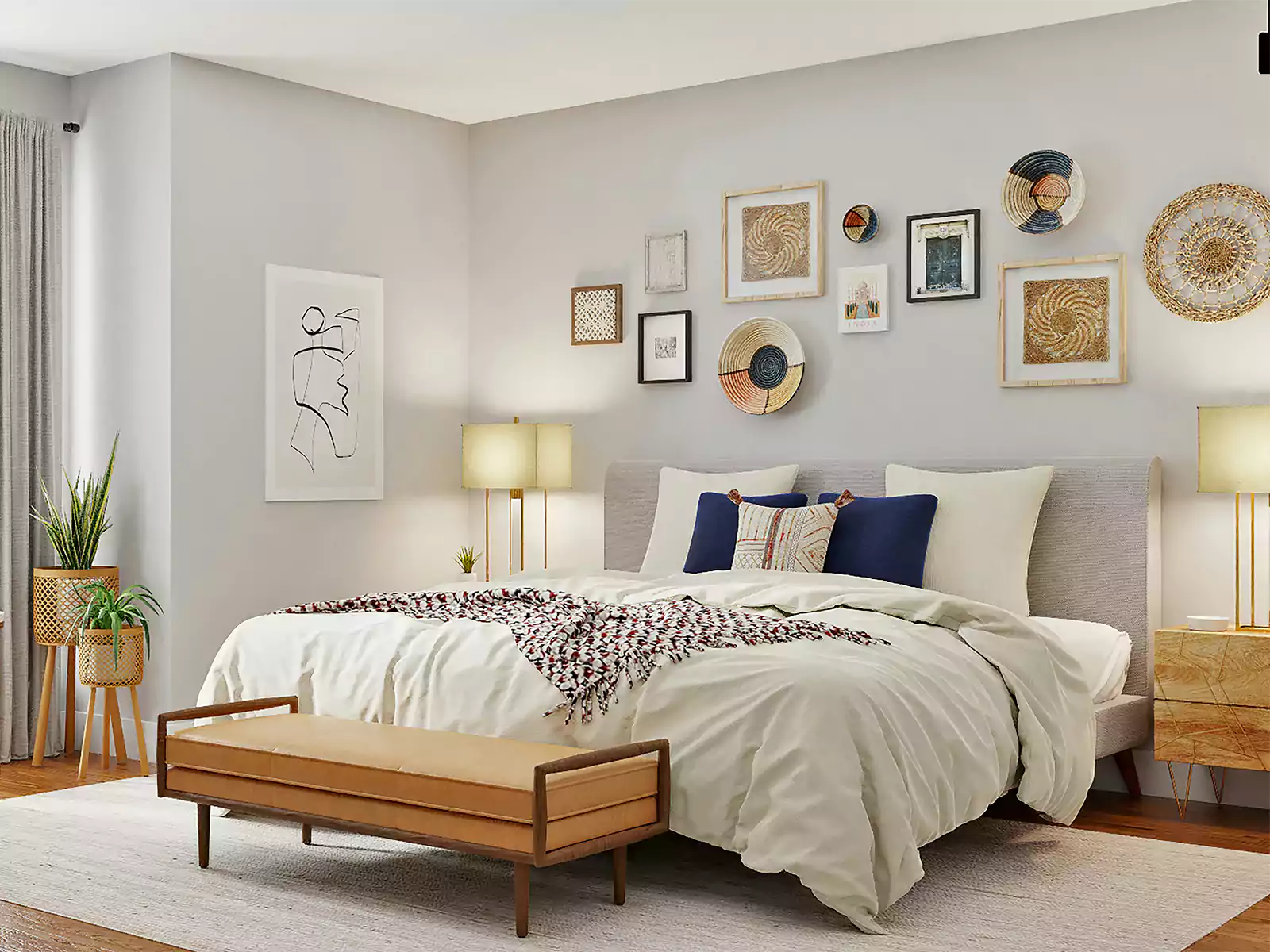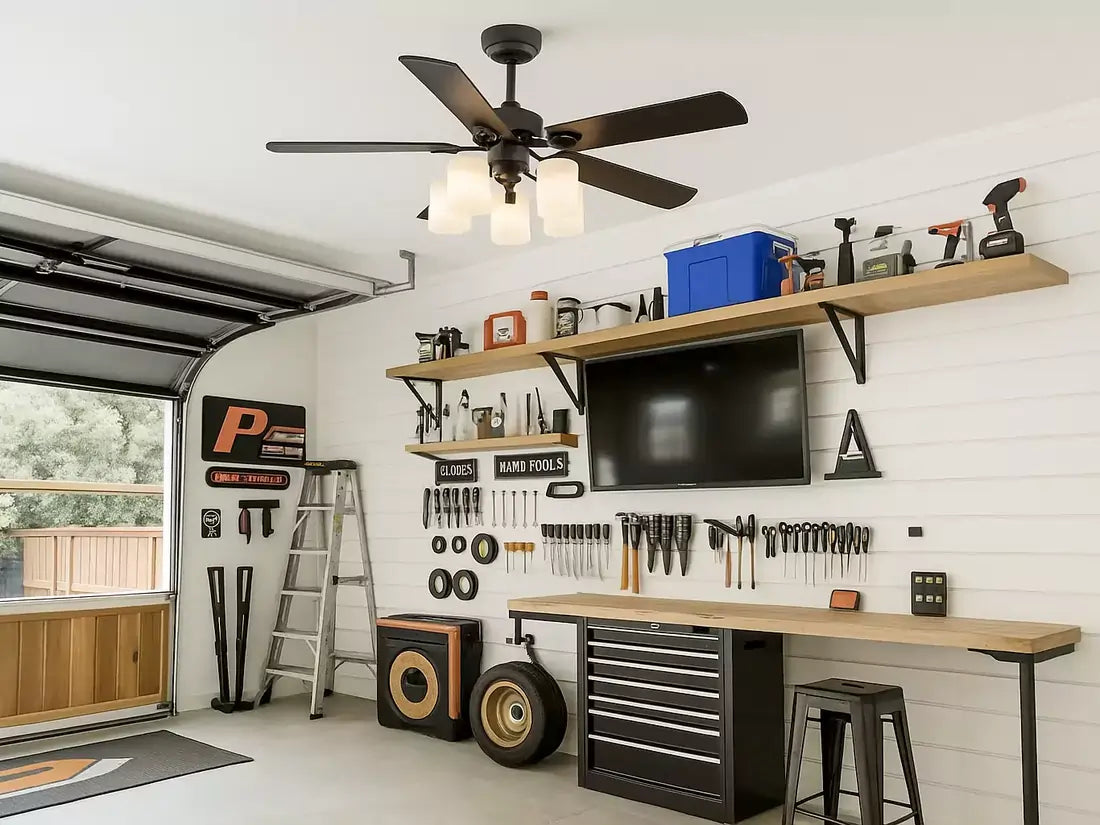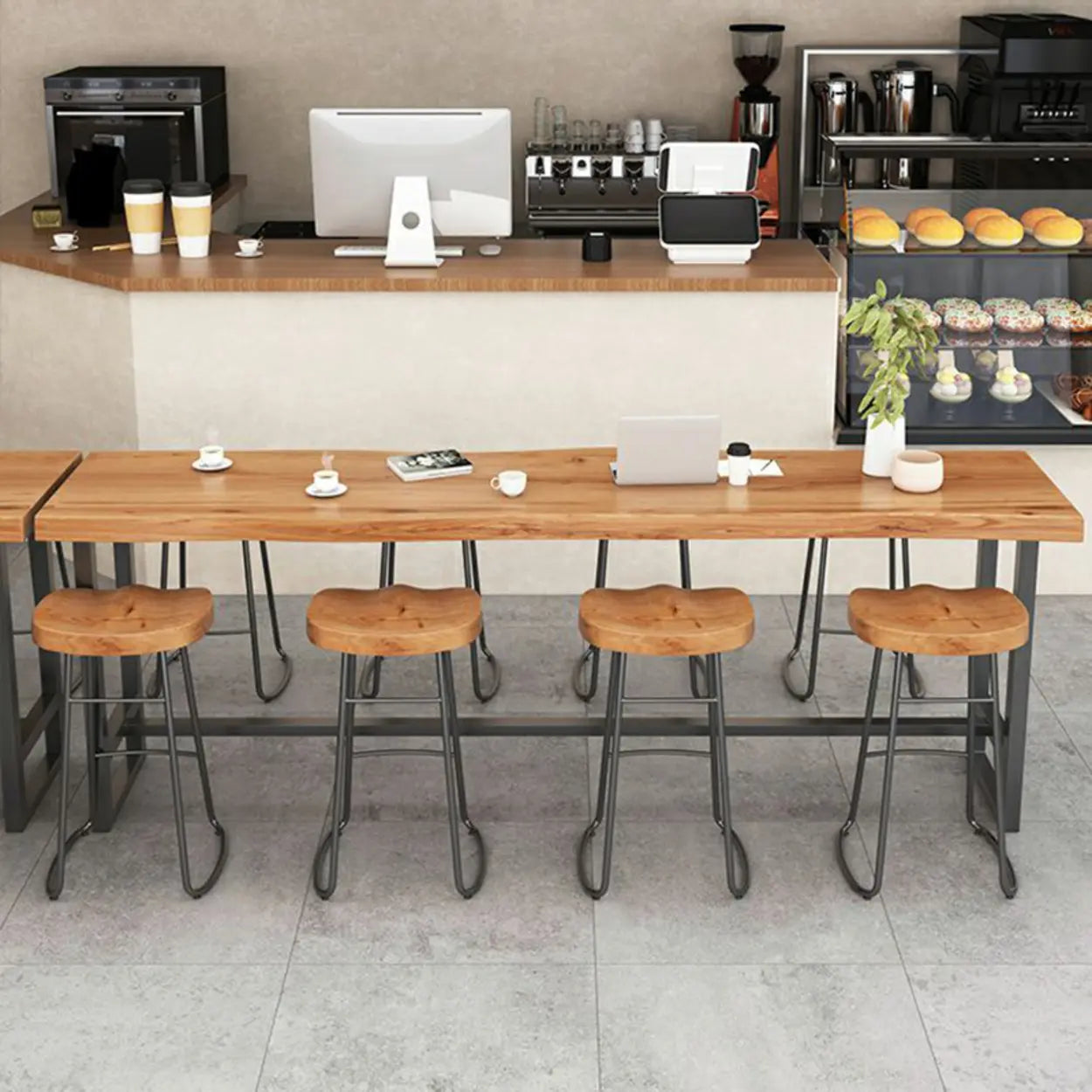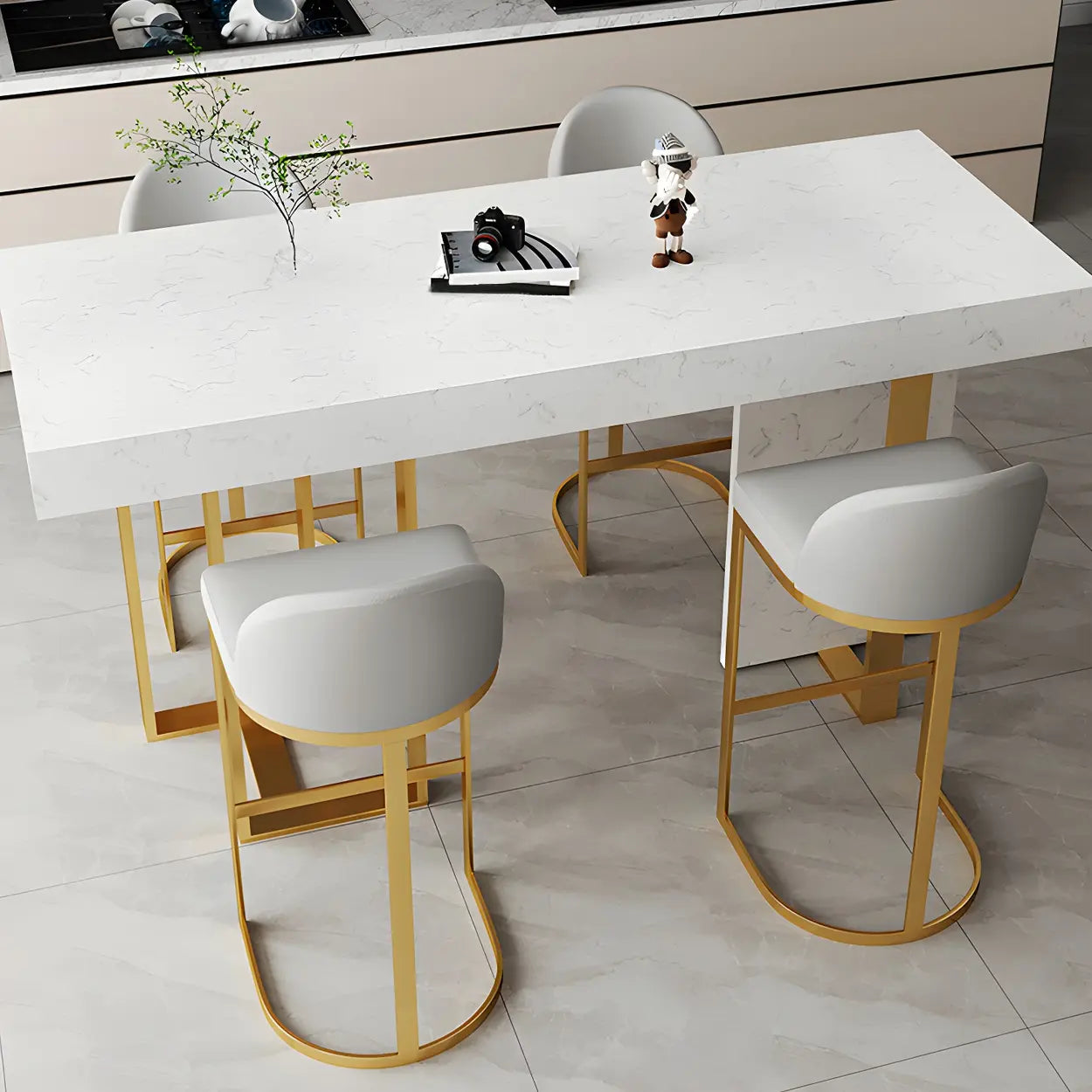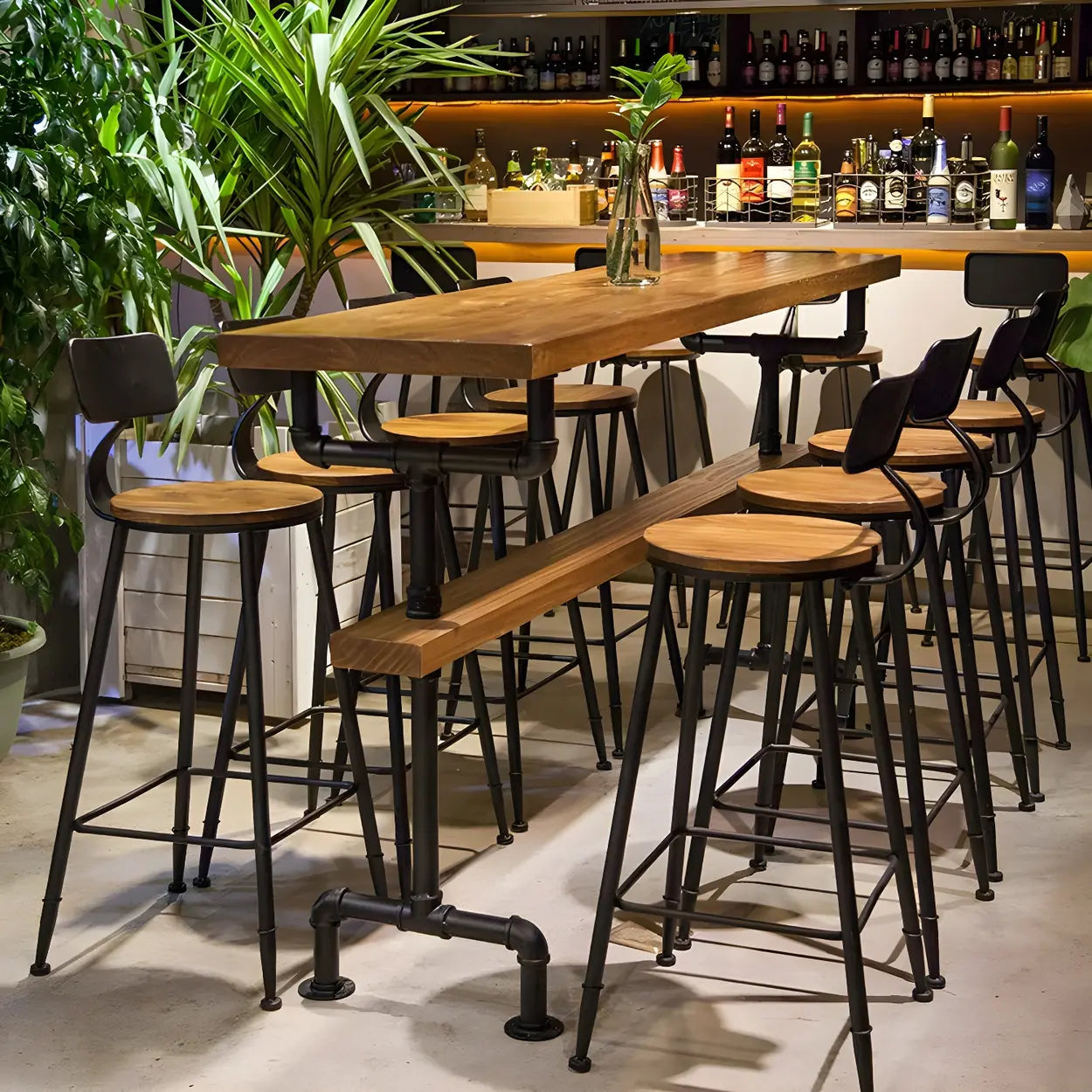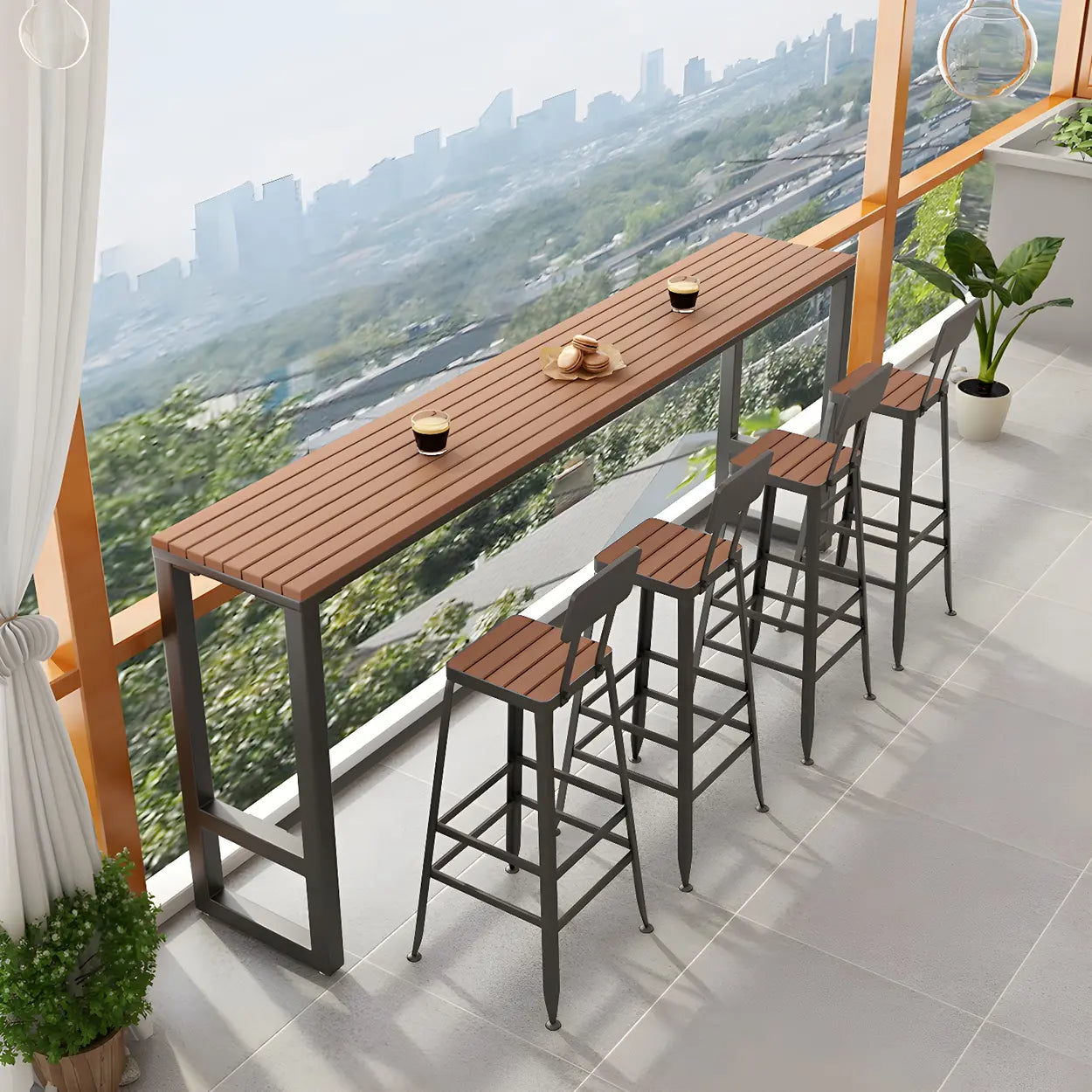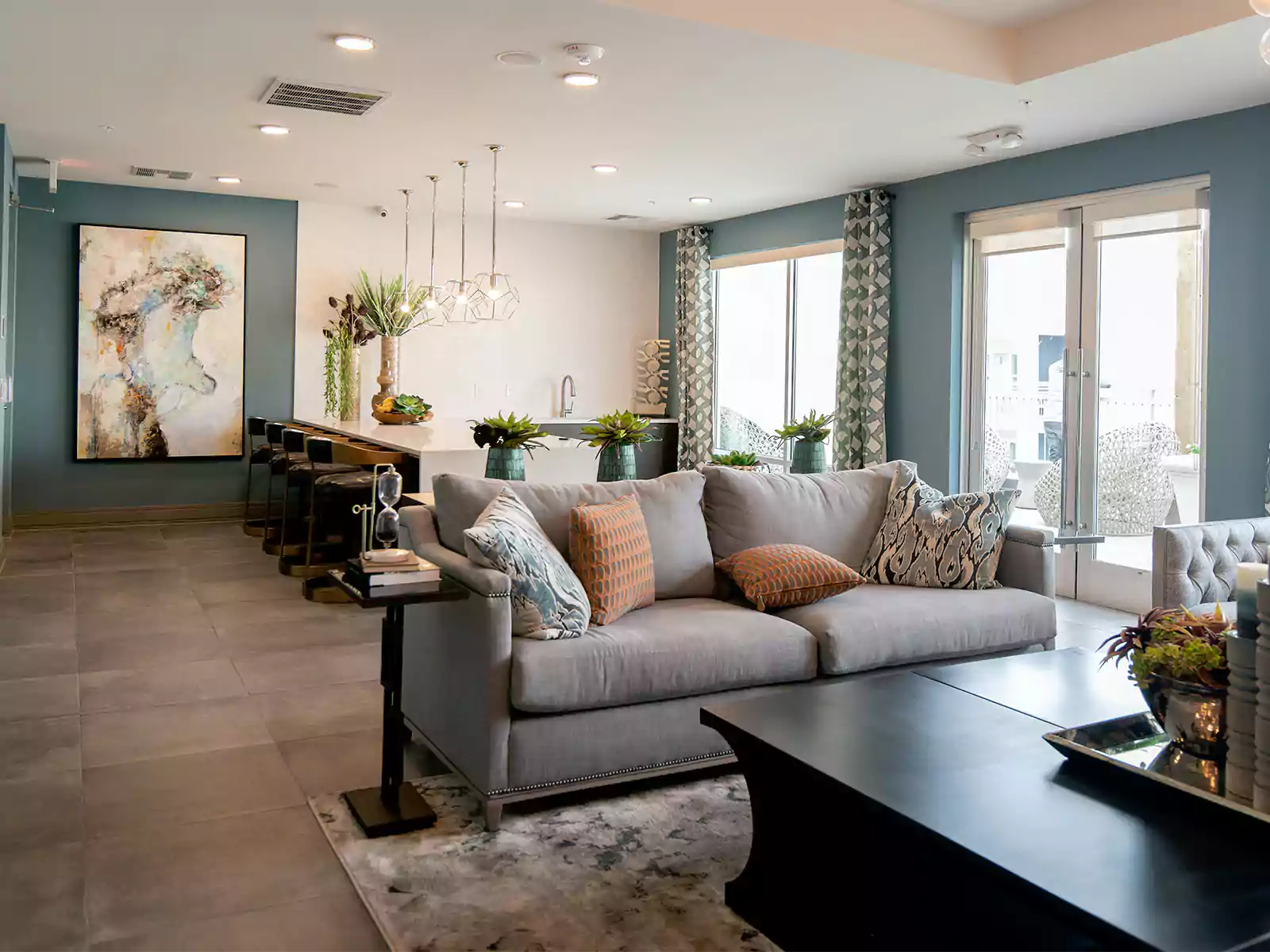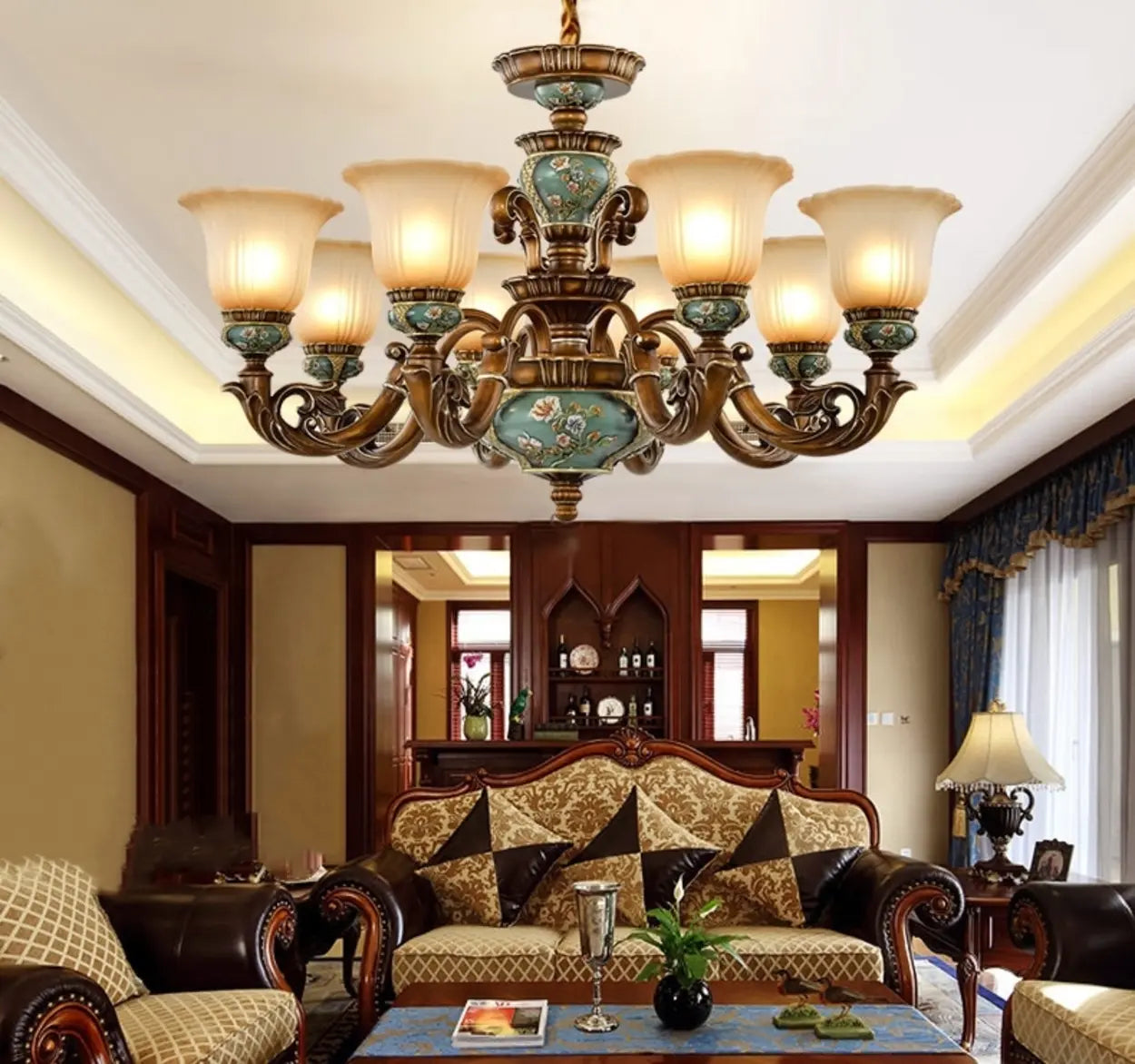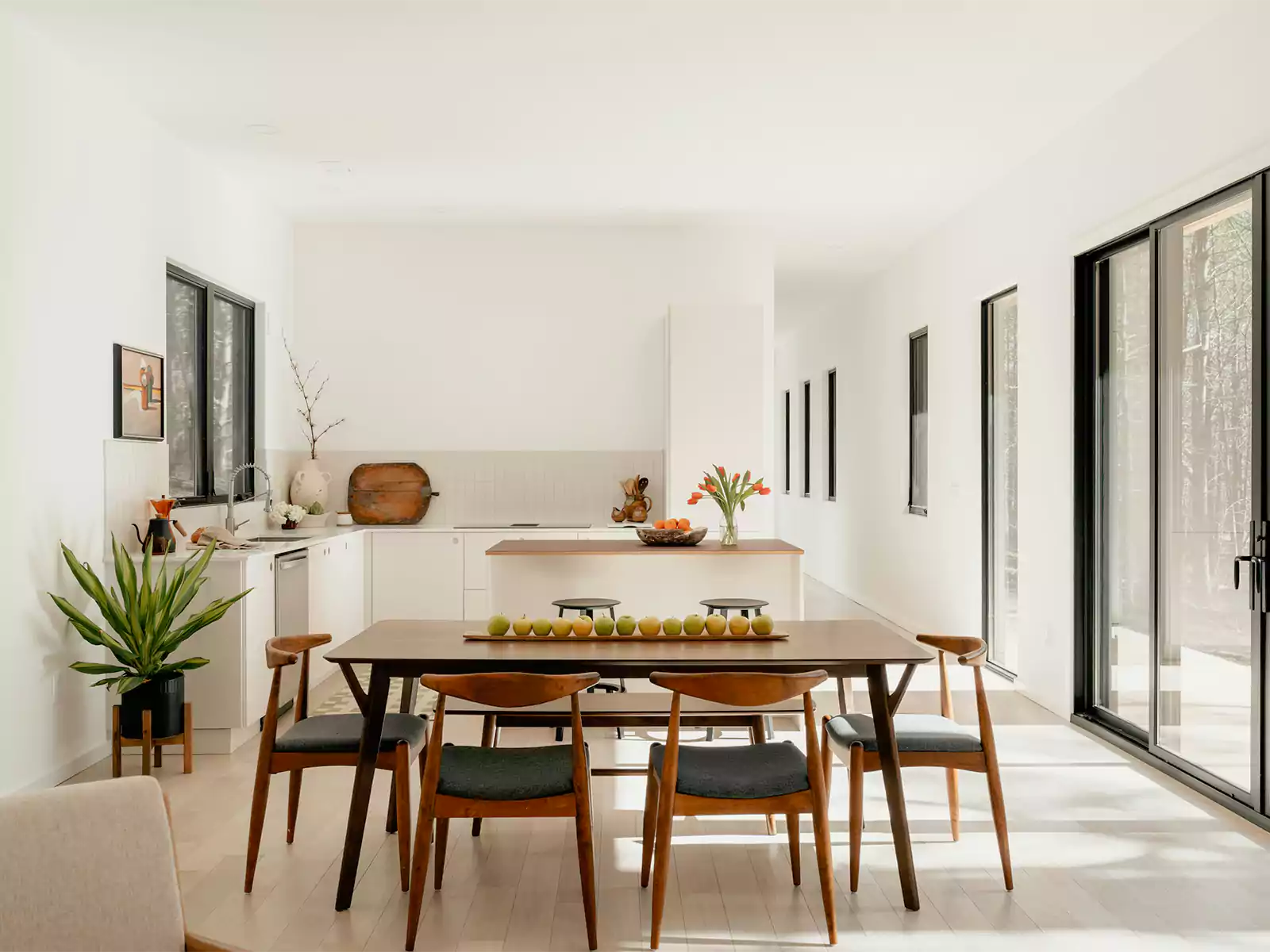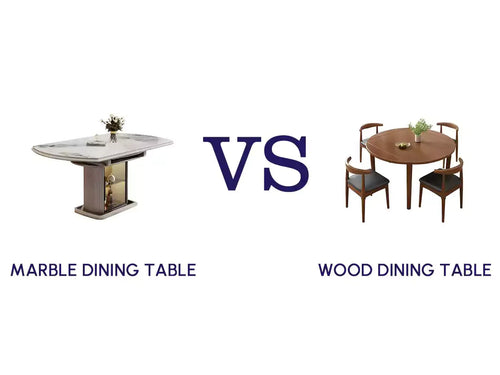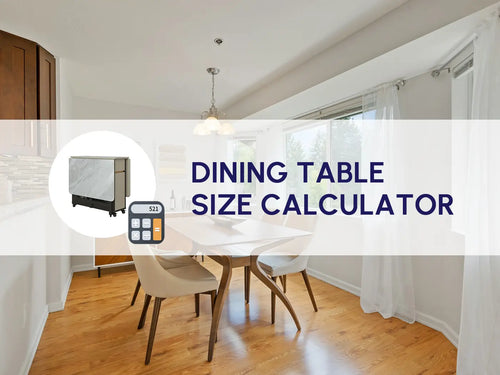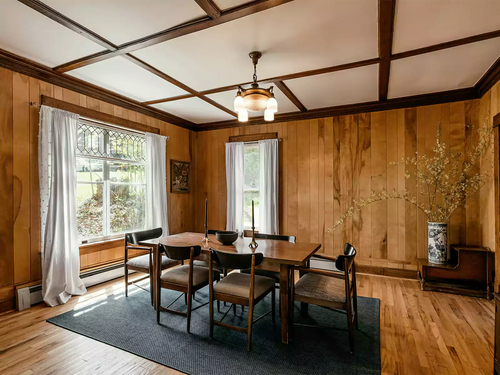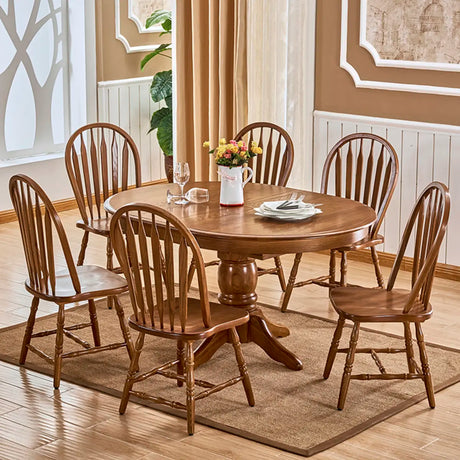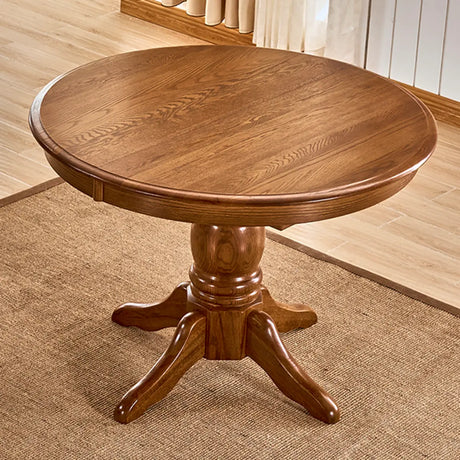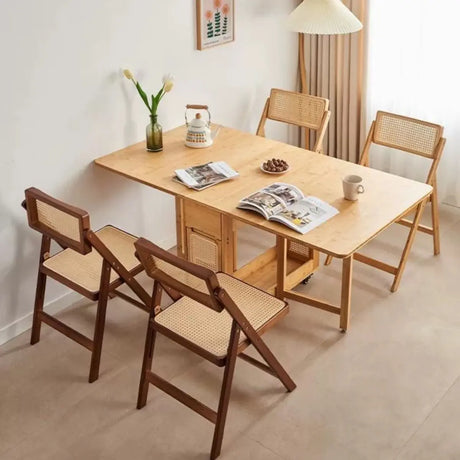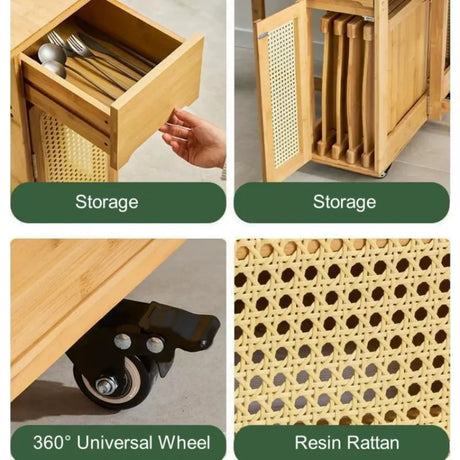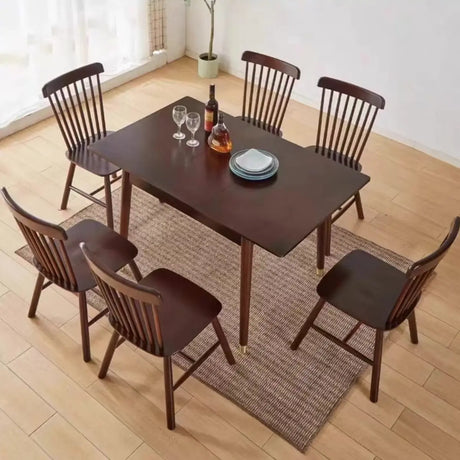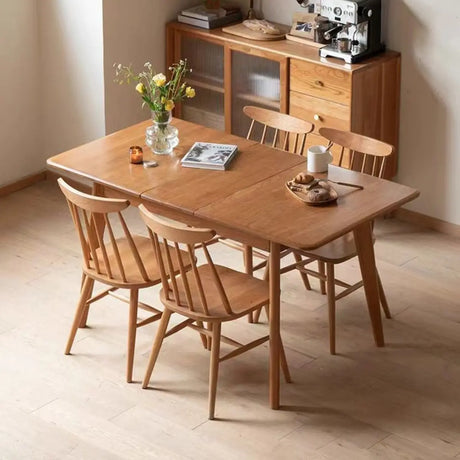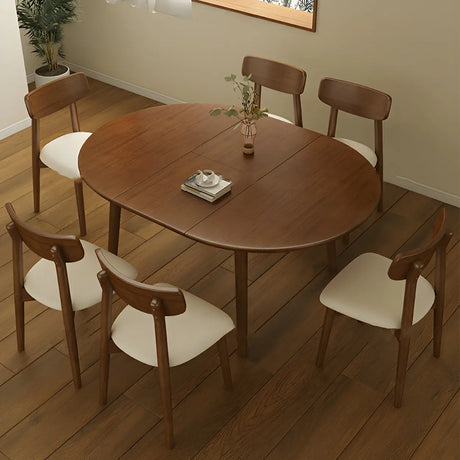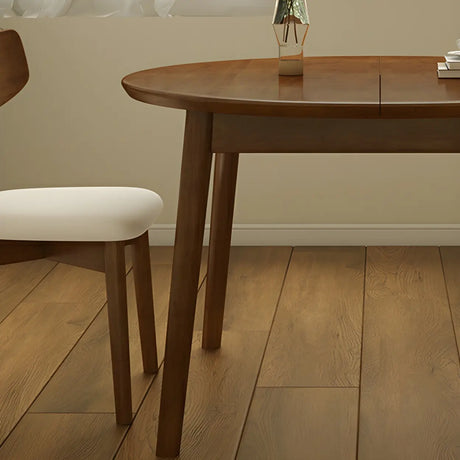A dining table takes a beating. Spilled wine, dropped plates, homework markers-your table handles it all. The wood you pick affects how well it holds up and how good it looks years from now. This guide covers the best wood for dining table options, from budget pine to premium walnut, so you can make a practical choice for your home.
Table of Contents
1. Red Oak

Red oak is a reliable hardwood commonly used. It has a warm tone that brings character to your dining room. The grain pattern is open and prominent, which helps hide everyday wear. This wood also accepts stain well, so you can customize the finish to match your décor. Plus, red oak is hard and handles impact well, making it suitable for family dining tables.
Price range:
Moderate
Pros:
- Strong and impact-resistant
- Wide availability keeps costs reasonable
- Prominent grain hides minor scratches
- Accepts stains evenly
- Good moisture resistance
Cons:
- Open grain requires grain filler for smooth finishes
- More prone to warping when exposed to moisture
- May have a slight acidic smell
Best for:
Traditional and farmhouse interiors, families needing durable tables at moderate prices, homes with controlled humidity levels.
2. White Oak

White oak shares red oak's strength but offers a different aesthetic. It has cooler, gray-brown tones that fit modern and minimalist spaces. The grain is slightly tighter than red oak. White oak contains more tannins, which give it better water resistance-historically used in whiskey barrels and boat building.
Price range:
Moderate to high
Pros:
- Better moisture resistance than red oak
- Harder and denser wood structure
- Works well in contemporary spaces
- Strong load-bearing capacity
- Handles various finishes well
Cons:
- Costs more than red oak
- More susceptible to cracking in dry climates
- Heavier weight makes moving difficult
Best for:
Modern dining spaces, humid climate regions, households that prioritize moisture resistance and structural strength.
3. Walnut

Walnut brings features its chocolate-brown color and straight grain. This premium hardwood develops a beautiful luster over time. The wood is hard and durable, handling daily dining use well. The rich, dark tones pair beautifully with both modern and traditional interiors. Additionally, its stability is good, with minimal warping or movement.
Price range:
High
Pros:
- Dark brown color with depth
- Hard, durable structure
- Fine grain patterns with variation
- Good stability with minimal warping
- Develops natural patina over time
- Less visible water rings than lighter woods
Cons:
- Higher cost than most hardwoods
- Limited availability in some regions
- Dark color shows dust more easily
Best for:
Design-focused homes, formal dining rooms, buyers who value refined aesthetics and long-term investment pieces.
4. Maple

Maple is one of the hardest woods available, making it resistant to dents and scratches. Its light, creamy color with subtle grain works well in contemporary spaces. Maple's density means it holds up to heavy use without showing wear. Maple's tight grain doesn't take stain evenly, so most people use clear finishes that show off the pale wood. If you have an active household, maple's toughness makes it a smart choice.
Price range:
Moderate to high
Pros:
- Very hard and dent-resistant
- Handles heavy daily use well
- Light color brightens spaces
- Fine, consistent grain
- Long lifespan with proper care
Cons:
- Stains unevenly, creating blotchy results
- Shows dirt and spills more than darker woods
- Dense weight makes moving difficult
Best for:
Active households with children, contemporary or Scandinavian-style spaces, buyers prioritizing maximum durability.
5. Cherry

Cherry offers reddish-brown tones that deepen as years pass. The wood starts lighter and develops a warm, rich color naturally from light exposure. This transformation gives each table a unique character. It also has good stability-less prone to cracking compared to oak. The grain texture feels refined and smooth. After oxidation, the color tone takes on vintage quality. Cherry's smooth grain and warm color suit traditional and transitional décor styles.
Price range:
High
Pros:
- Color improves and deepens with age
- Smooth, fine grain texture
- Better stability (less cracking)
- Works well with stains and finishes
- Develops a vintage aesthetic over time
Cons:
- Higher cost
- Contains mineral lines and resin pockets
- Softer than maple or oak (shows dents more easily)
- Color darkens with sun exposure
Best for:
Traditional dining rooms, buyers who appreciate natural aging and color changes, homes with consistent light exposure.
6. Teak

Teak is a tropical hardwood known for its natural oil content. These oils make it water-resistant and stable in different humidity levels. The golden-brown color and straight grain give teak a distinctive look. It's dense and heavy, ranking high in durability. Teak weathers to a silvery gray if left untreated outdoors, though indoor tables maintain their color with occasional oiling.
Price range:
High
Pros:
- Natural water and moisture resistance
- Very durable and long-lasting
- Minimal maintenance required
- Stable in varying humidity levels
- Works indoors and outdoors
Cons:
- Expensive
- Heavy weight
- Oily surface may feel different than other woods
- Sustainability concerns (check for certified sources)
Best for:
Humid climates, homes near water, buyers wanting low-maintenance durability, spaces requiring indoor-outdoor furniture.
7. Pine

Pine is the most budget-friendly solid wood for dining tables. Its light color and natural knots create a casual, country feel. Pine is a softwood that marks and scratches more easily than the hardwoods above. Over time, it develops a distressed appearance. Some people find this weathered look appealing, while others prefer woods that maintain a cleaner surface.
Price range:
Low
Pros:
- Most affordable solid wood option
- Lightweight and easy to move
- Widely available
- Easy to refinish or paint
Cons:
- Scratches and dents easily
- Shows wear quickly with daily use
- May need more frequent refinishing
Best for:
Budget-conscious buyers, young families, vacation homes, rustic or farmhouse aesthetics, tables intended for painting.
8. Cedar

Cedar brings reddish tones and a fresh, woodsy scent. It's lighter than most hardwoods, making it easier to move. Cedar naturally resists moisture and insects, though this matters less indoors. Like pine, it's softer and shows damage more easily. The rich color and unique grain work well in rustic or cabin-style settings.
Price range:
Low to moderate
Pros:
- Natural insect and moisture resistance
- Lightweight and easy to move
- Pleasant scent
- Warm, reddish color
Cons:
- Softwood that dents easily
- Some people may find the scent a little strong
- Not as widely available for furniture
Best for:
Casual dining spaces, rustic or cabin-inspired décor, covered outdoor dining areas, three-season rooms.
Quick Check Chart
| Wood Type | Price Range | Durability | Appearance | Maintenance | Best For |
| Red Oak | Moderate | ★★★★☆ | Warm tone, open prominent grain | Moderate - needs grain filler for smooth finish | Traditional/farmhouse interiors, family dining tables |
| White Oak | Moderate to High | ★★★★☆ | Cool gray-brown tone, tight grain | Low - naturally water-resistant | Modern spaces, humid climates, durable everyday use |
| Walnut | High | ★★★★☆ | Deep chocolate brown, fine grain, rich patina | Moderate - occasional dusting/oiling | Formal or design-focused dining rooms |
| Maple | Moderate to High | ★★★★★ | Light creamy tone, subtle grain | Low - just regular cleaning | Active households, Scandinavian/minimalist interiors |
| Cherry | High | ★★★☆☆ | Reddish tone that deepens over time, smooth grain | Moderate - sensitive to sunlight | Traditional or transitional interiors, collectors |
| Teak | High | ★★★★★ | Golden brown, straight grain | Very low - natural oils protect surface | Humid climates, indoor-outdoor or coastal homes |
| Pine | Low | ★★☆☆☆ | Light with knots, rustic look | High - scratches easily, needs refinishing | Budget buyers, rustic/farmhouse or vacation homes |
| Cedar | Low to Moderate | ★★☆☆☆ | Warm reddish color, aromatic scent | Moderate - softer surface | Rustic/cabin-inspired décor, covered outdoor areas |
Final Thoughts: Which Wood is Right for Your Dining Table?
The best wood for a dining table depends on what matters most to you. Maple and white oak top the list for durability. Black walnut and cherry offer rich colors but cost more and need gentler care. Teak works well in humid homes. Pine fits tight budgets, though it scratches easily.
Consider how you actually use your dining space. Busy households with kids need tougher woods. Formal dining rooms used occasionally can showcase softer, more beautiful woods. Whatever you choose, basic care extends the table's life. Use placemats, clean spills quickly, and refinish when needed. The right wood selection, combined with good maintenance, gives you a dining table that lasts for years.
FAQs
What is the most durable wood for a dining table?
What is the most durable wood for a dining table?
Maple offers the highest durability due to its hardness. Oak provides excellent durability at a lower cost. Both resist daily wear effectively.
Is maple or oak better for a dining table?
Is maple or oak better for a dining table?
Both work excellently for dining tables. Maple is harder and more scratch-resistant, with a light, uniform appearance. Oak costs less, has more prominent grain character, and stains more evenly. Choose maple for maximum durability or oak for better value and traditional styling.
What is the best material for a dining table top?
What is the best material for a dining table top?
Solid hardwood remains the best material for dining table tops. Oak, maple, and walnut balance durability, appearance, and refinishing capability better than veneer or composite materials.
What are the disadvantages of maple wood?
What are the disadvantages of maple wood?
Maple's tight grain makes it difficult to stain evenly, sometimes resulting in a blotchy appearance. It also costs more than oak. The light color shows dirt and requires regular cleaning.
How thick should a wood dining table be?
How thick should a wood dining table be?
A quality solid wood dining table top should be 1 to 2 inches thick. Thinner tops may warp or feel flimsy, while thicker tops add unnecessary weight and cost. One inch works for most tables, while larger tables benefit from 1.5 to 2 inches for added stability and visual presence.
Should I get a solid wood dining table?
Should I get a solid wood dining table?
Yes, if your budget allows. Solid wood tables last decades and can be refinished multiple times. They feel more substantial and increase in character with age. Veneer tables cost less initially but can't be refinished and often need replacement sooner.

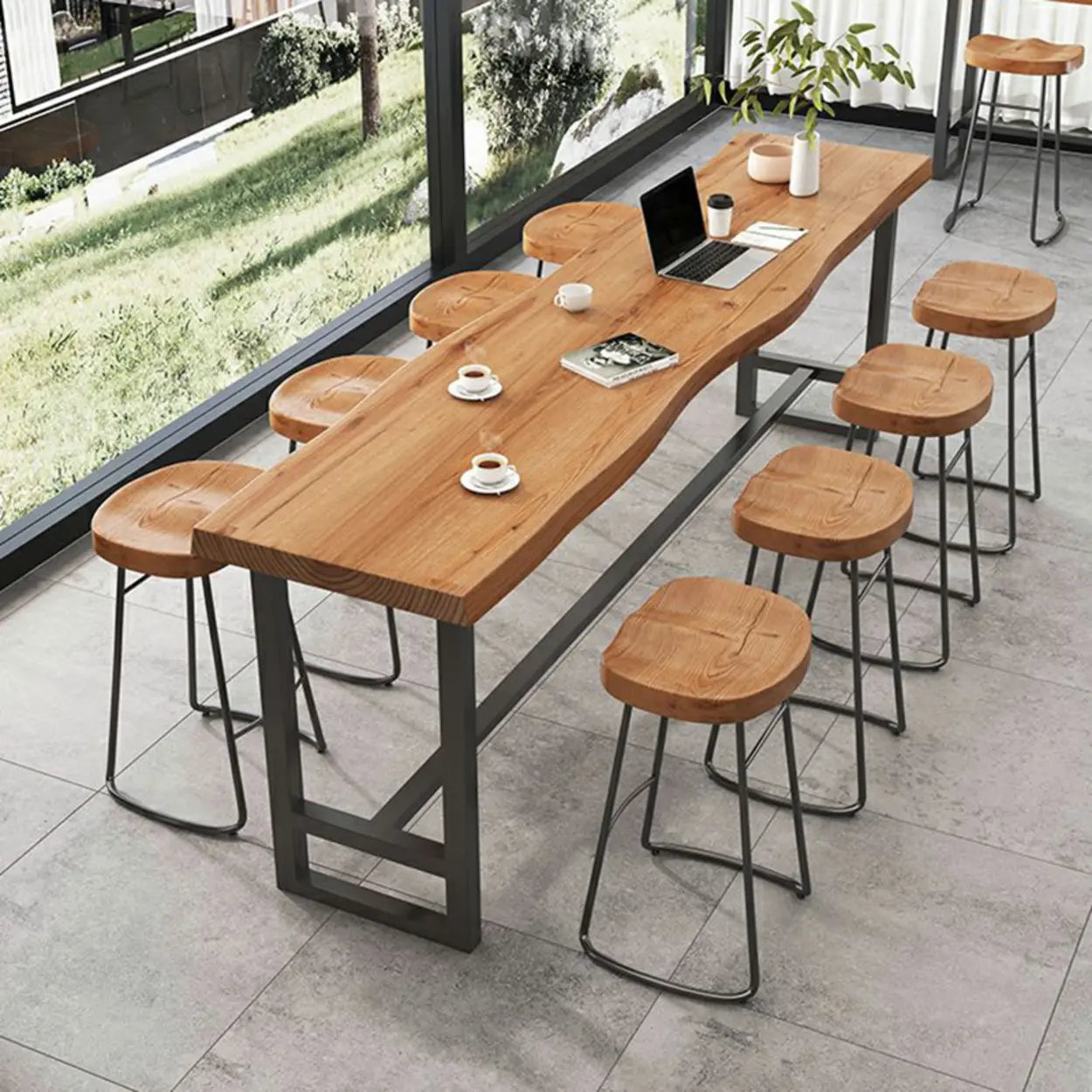
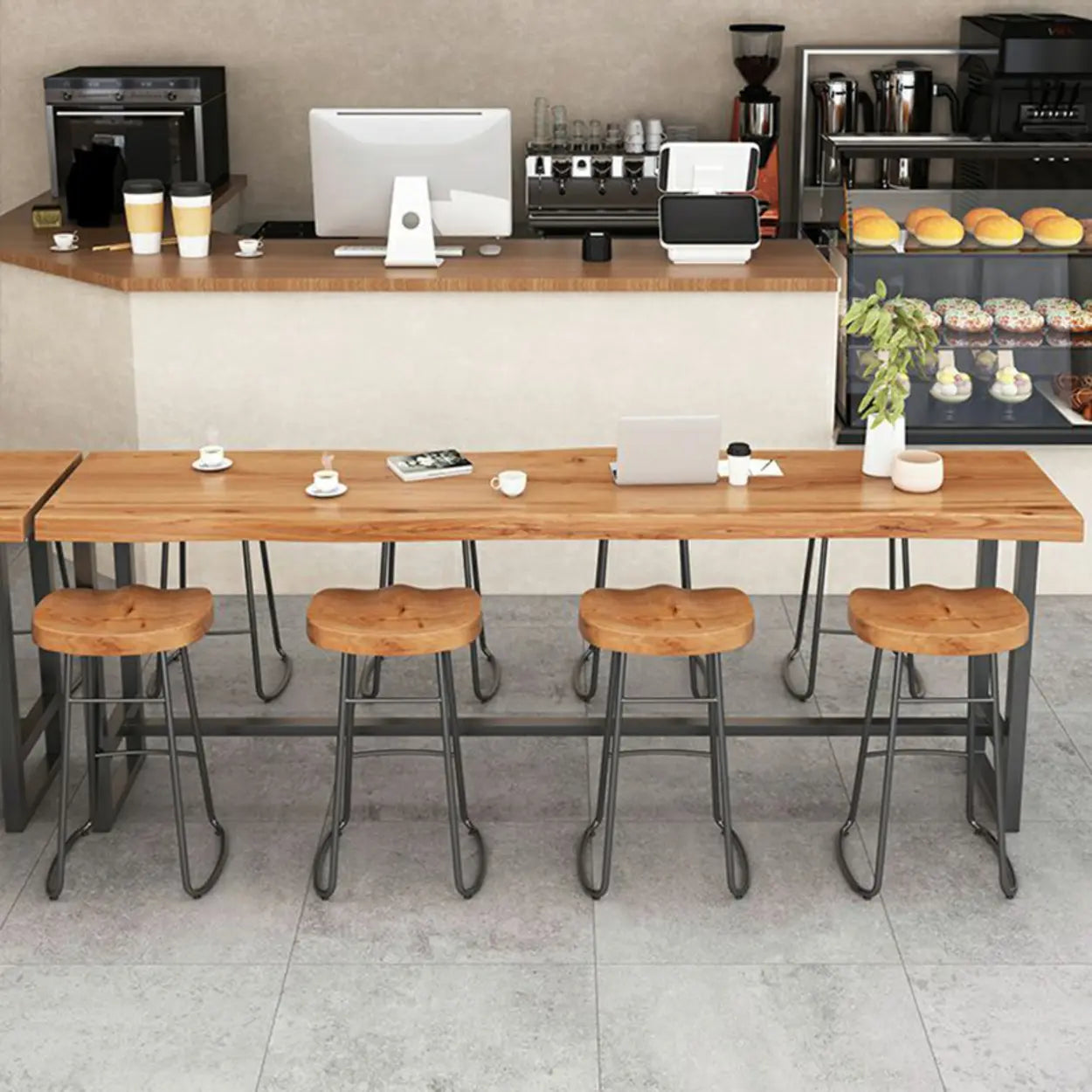
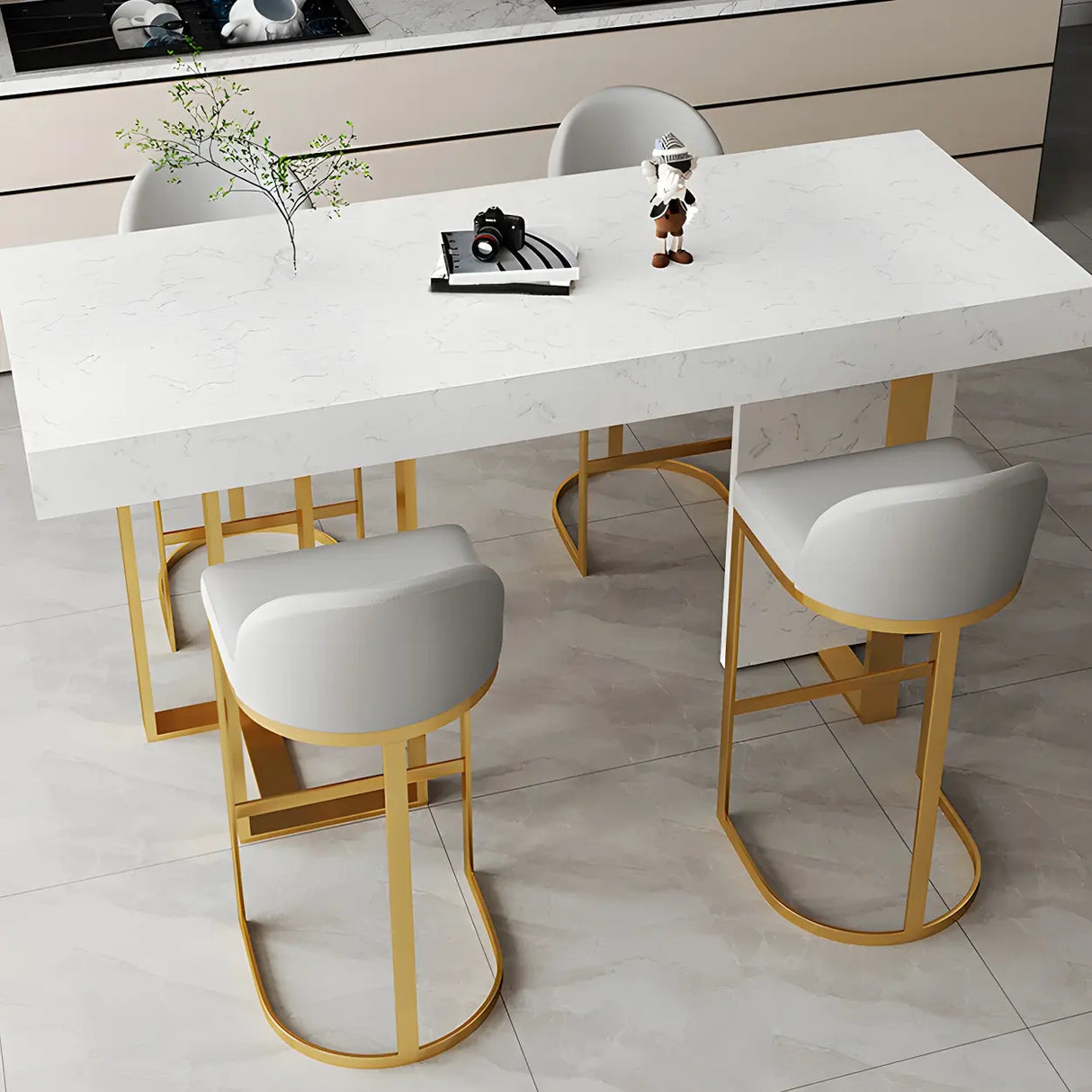
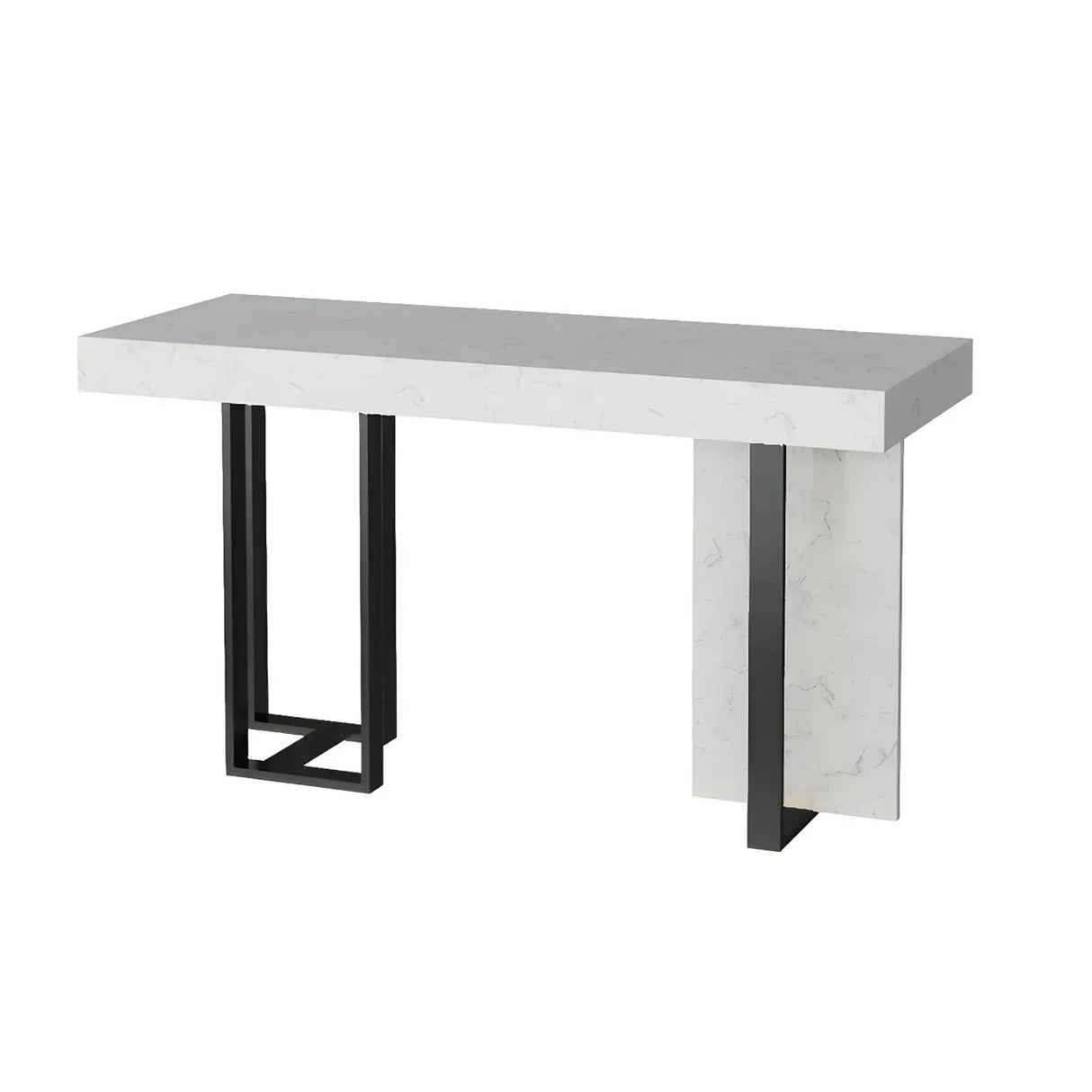
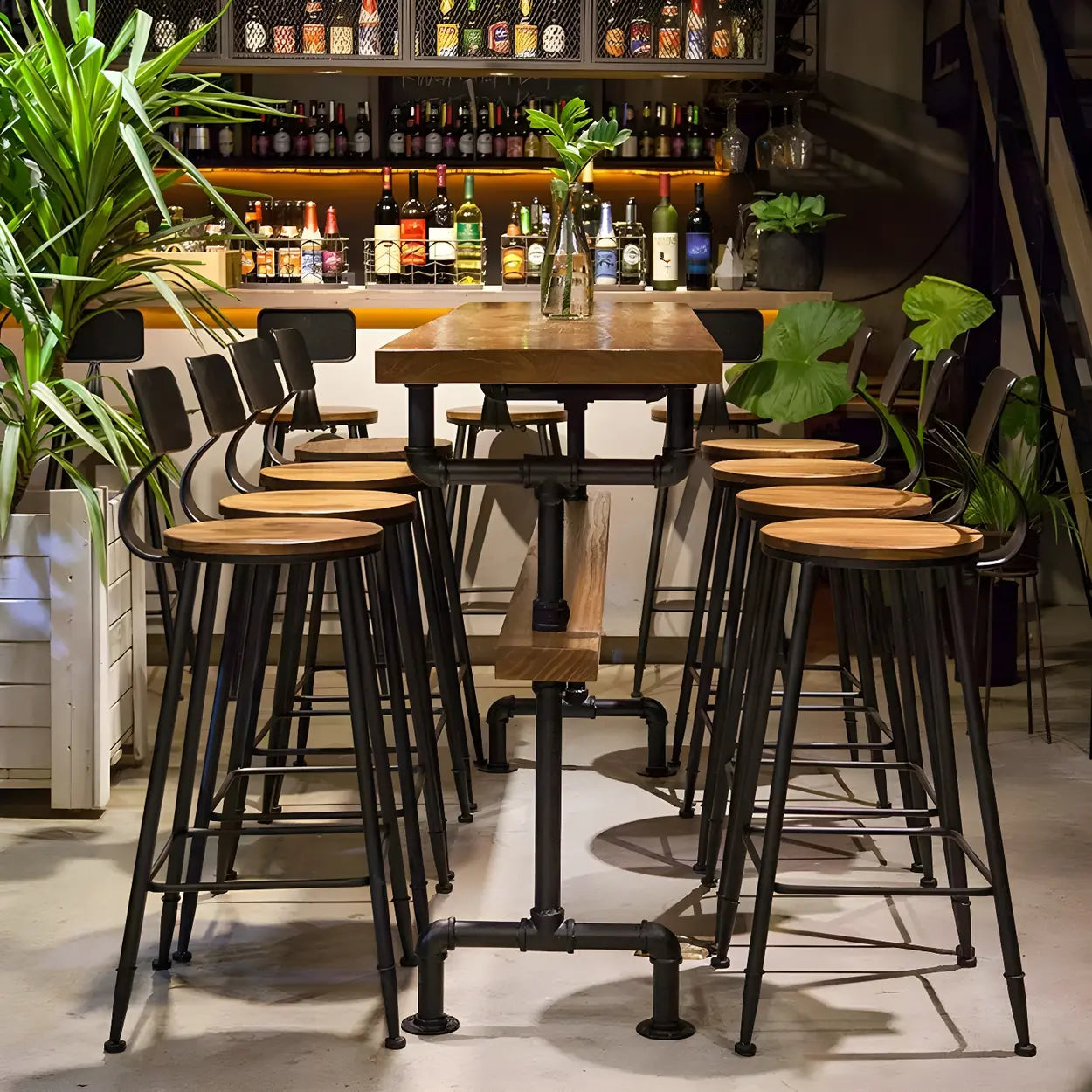
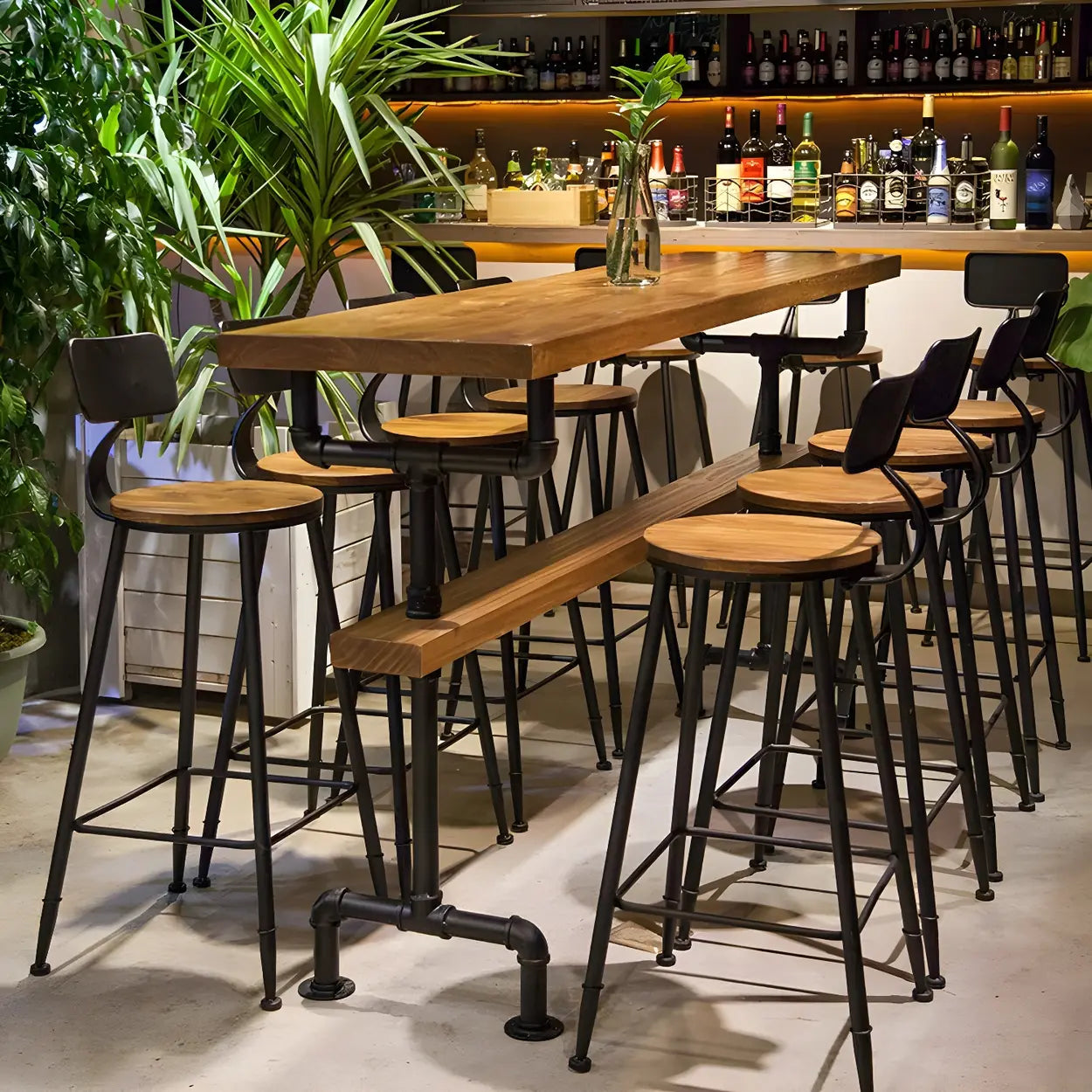
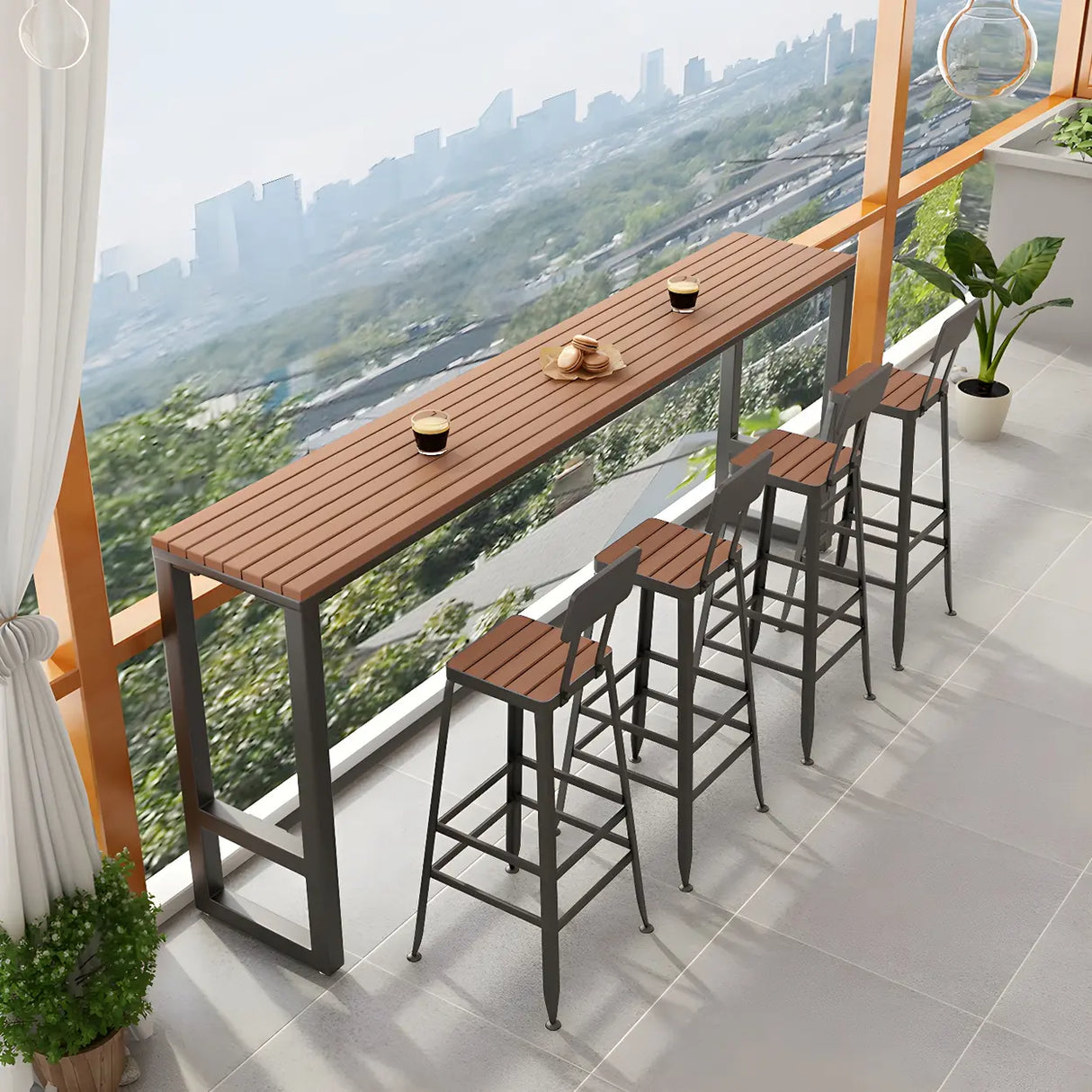
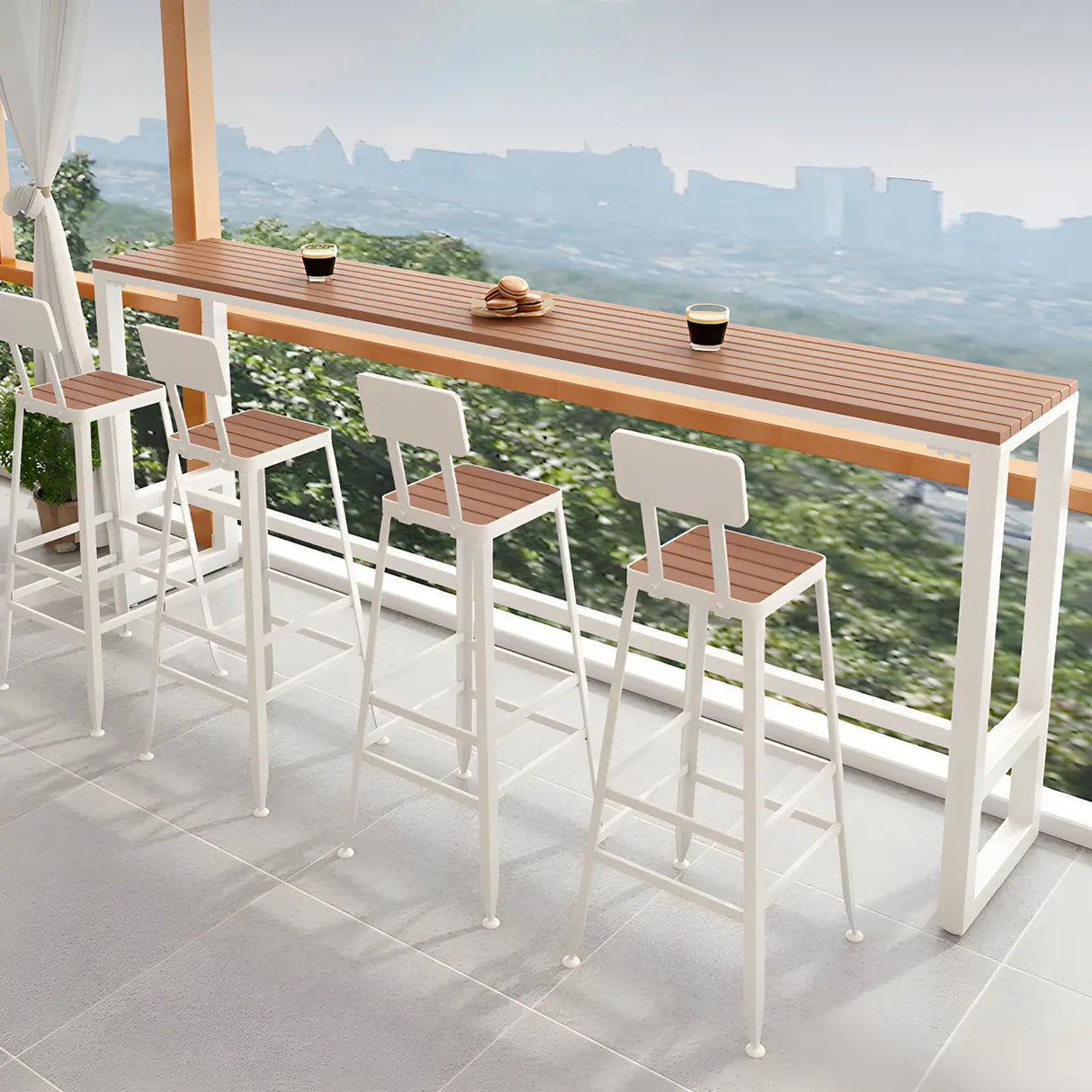
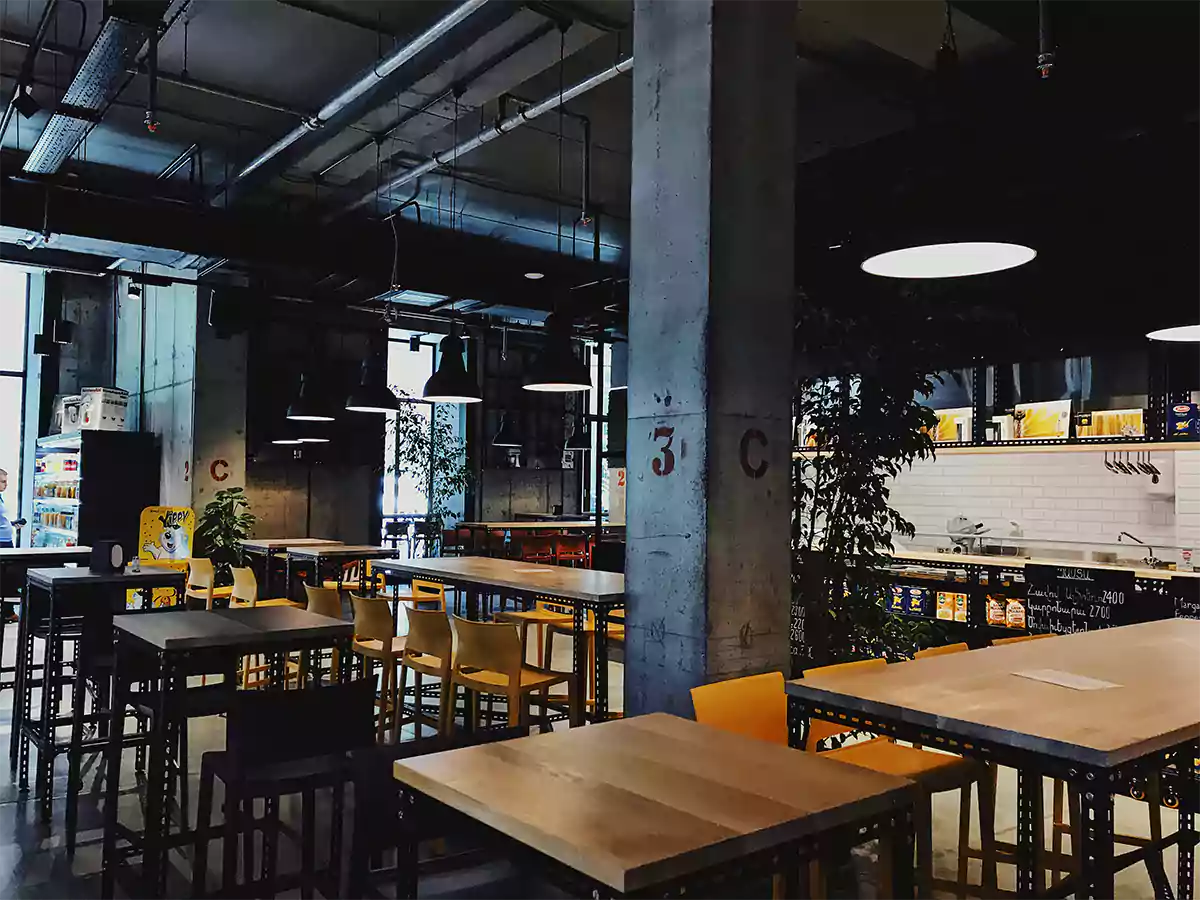
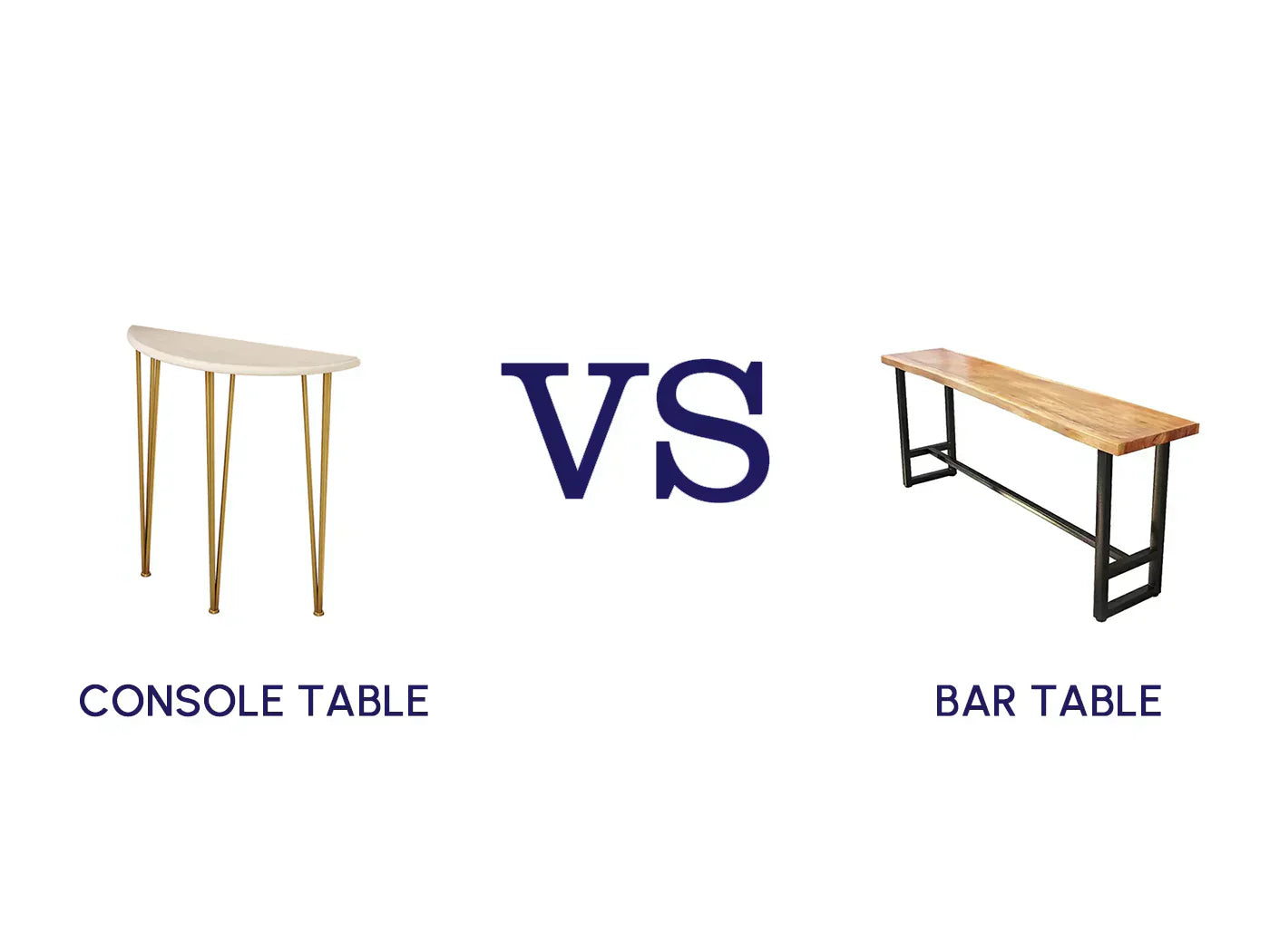
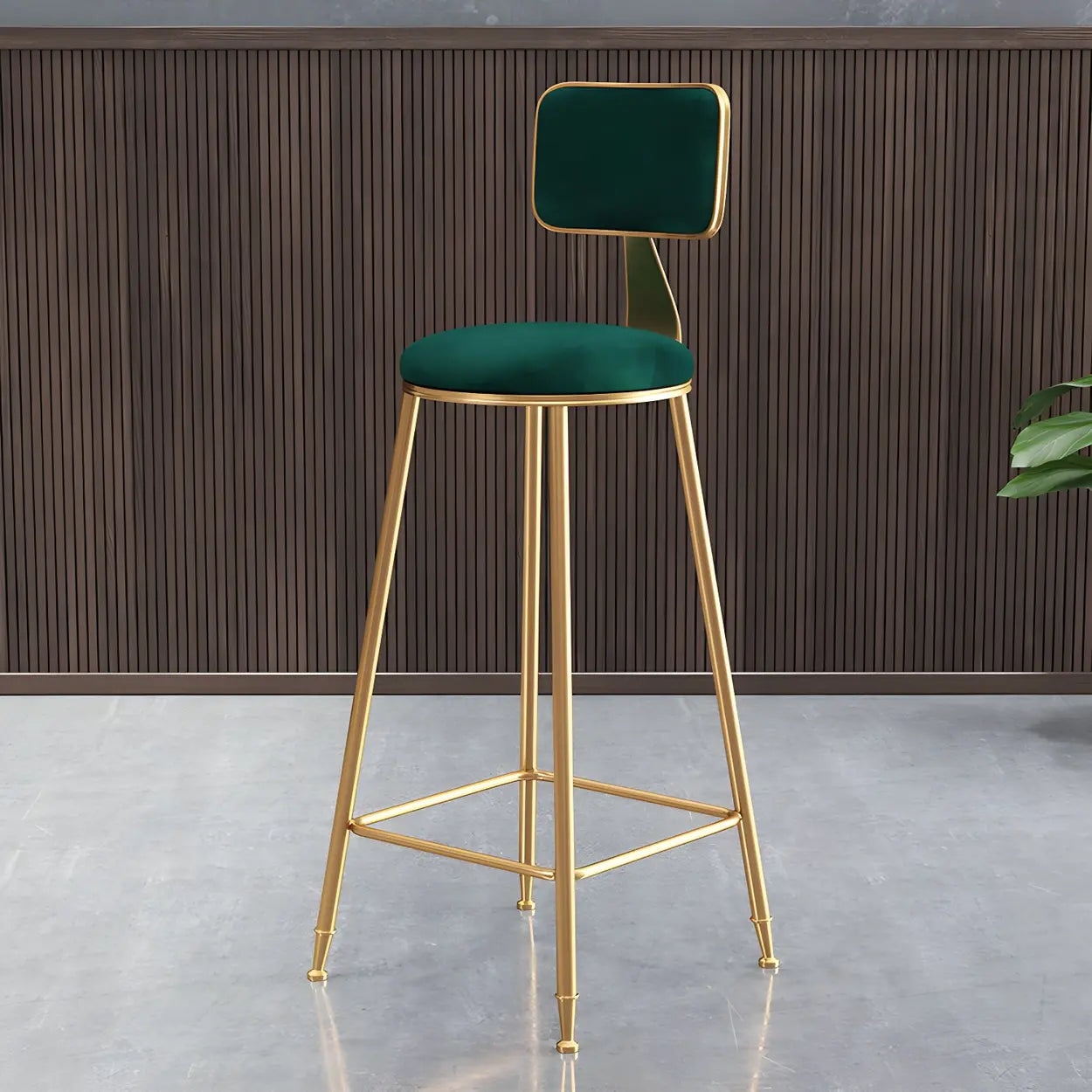
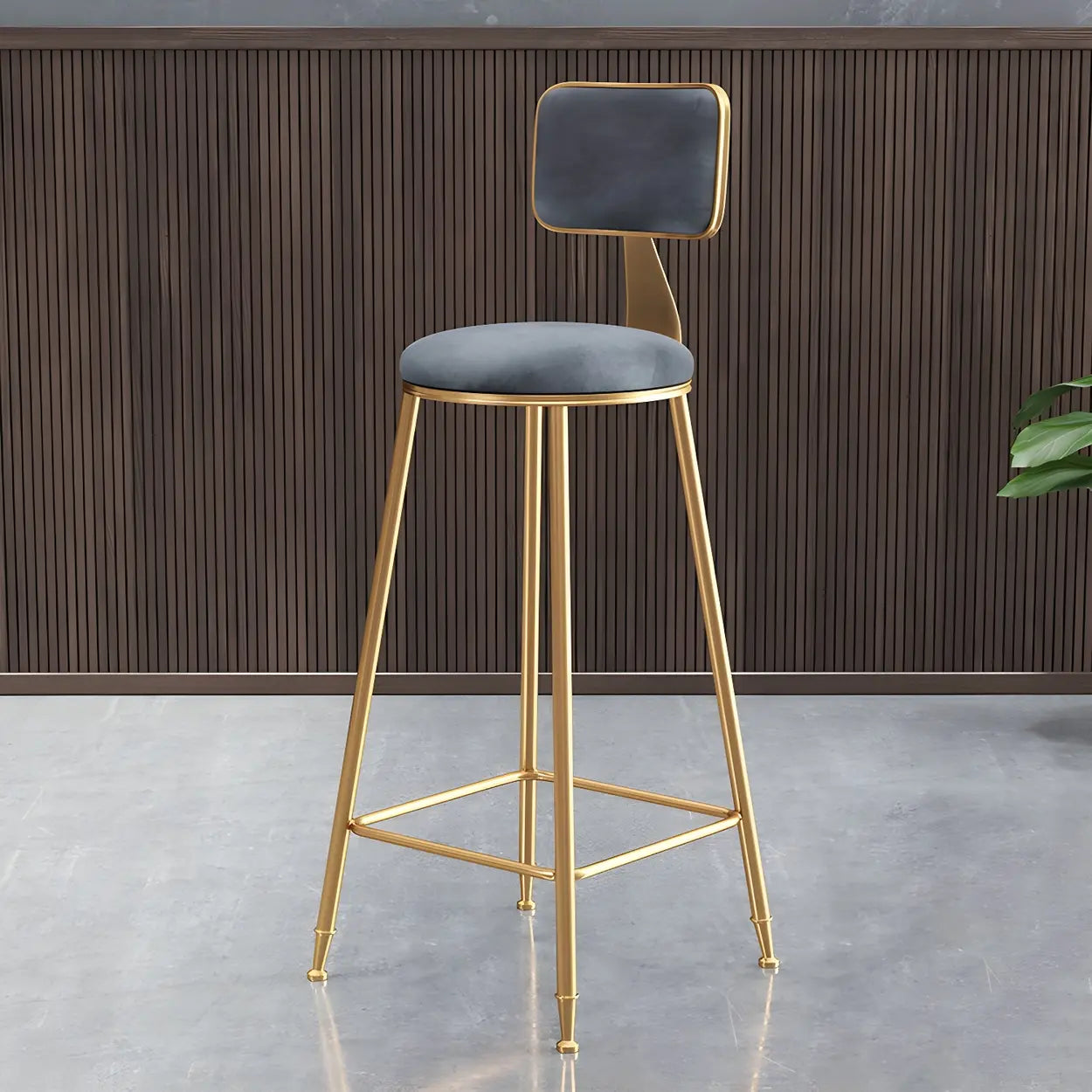
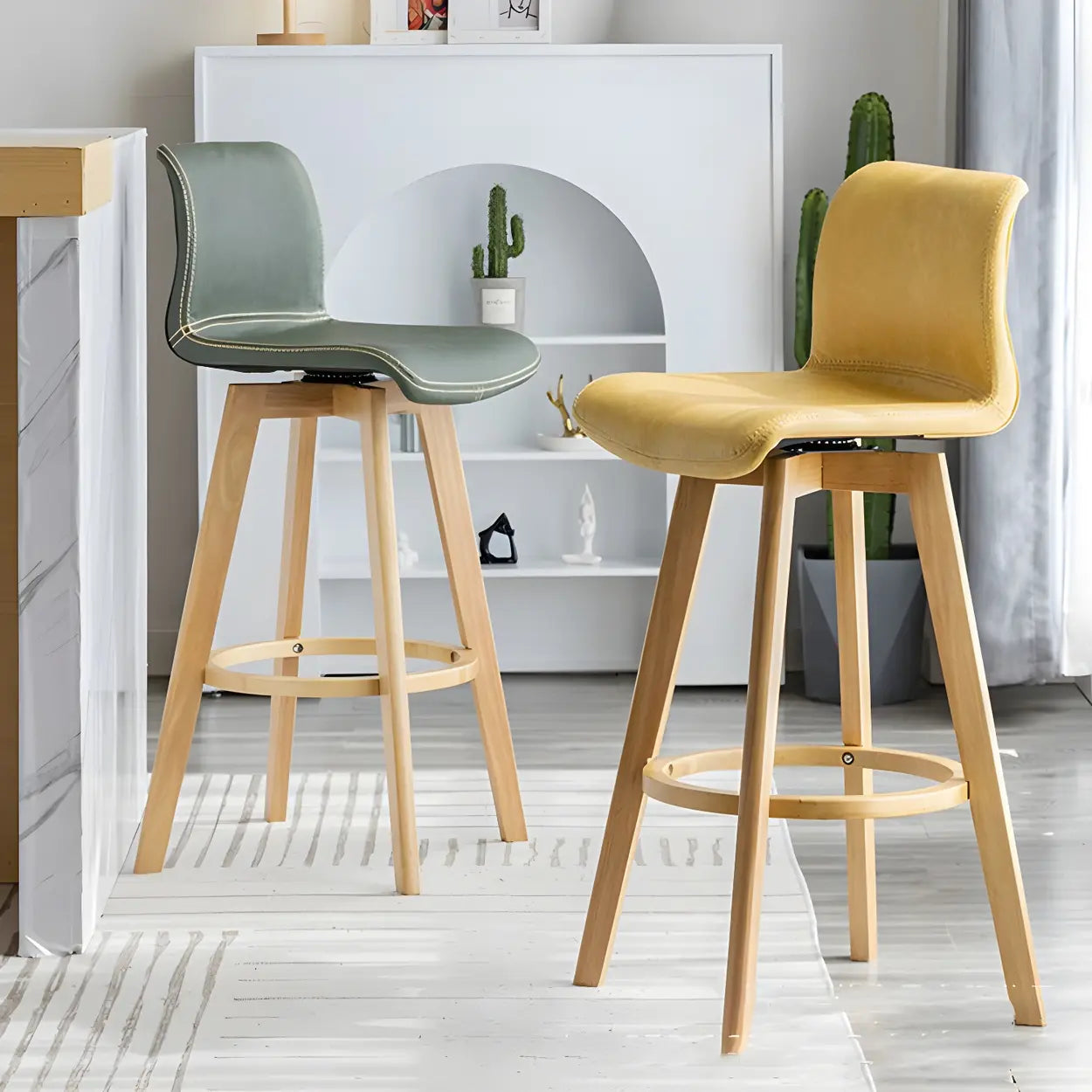
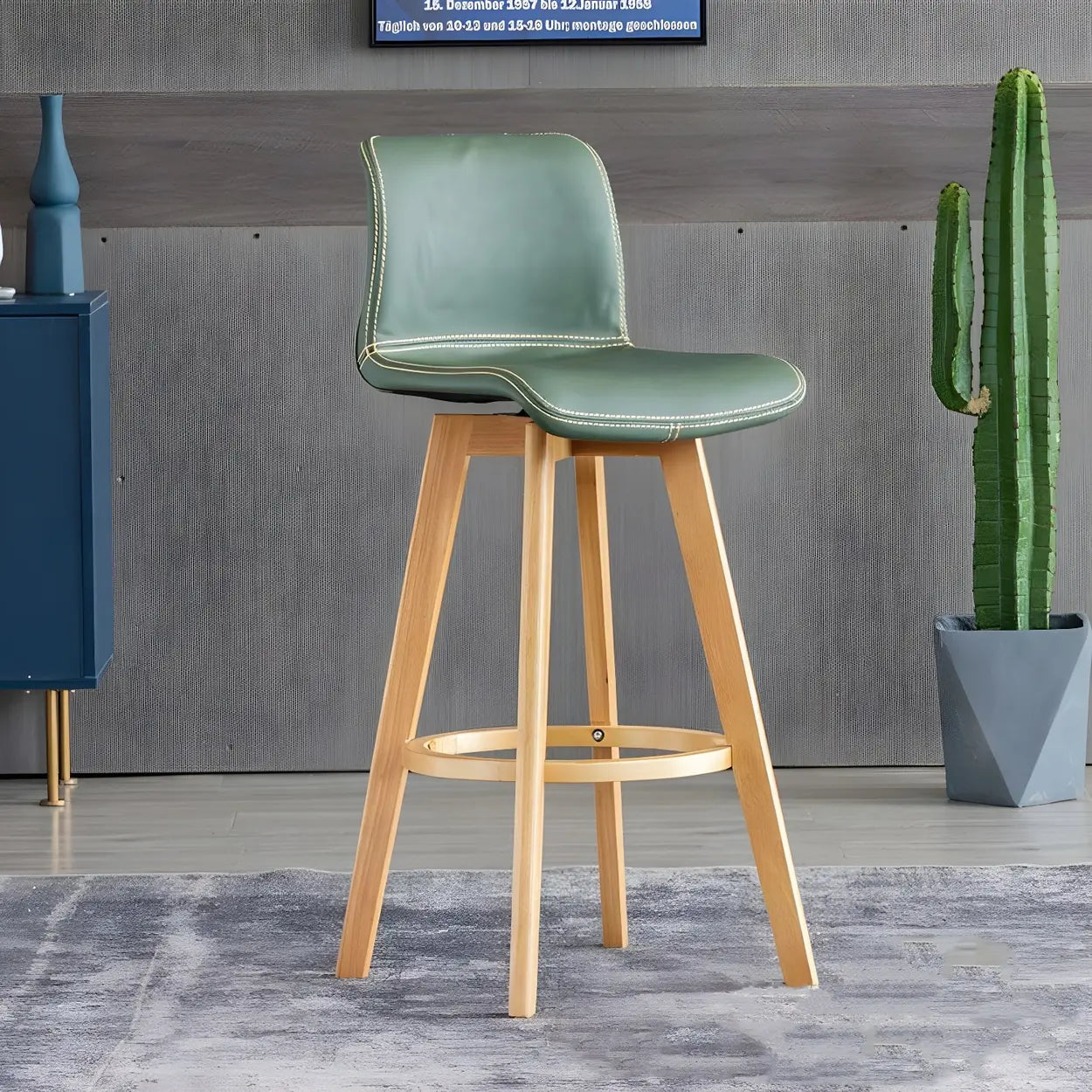
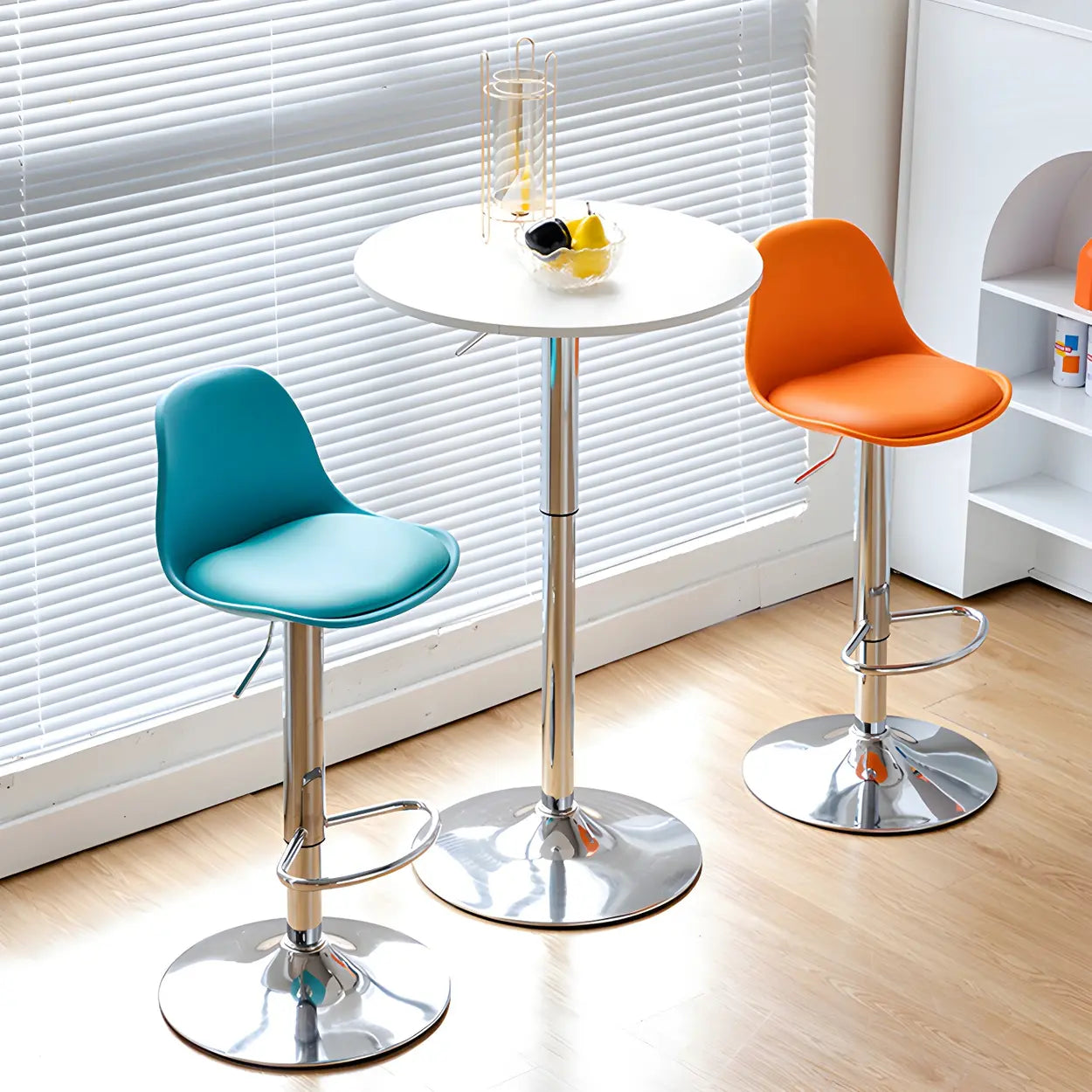
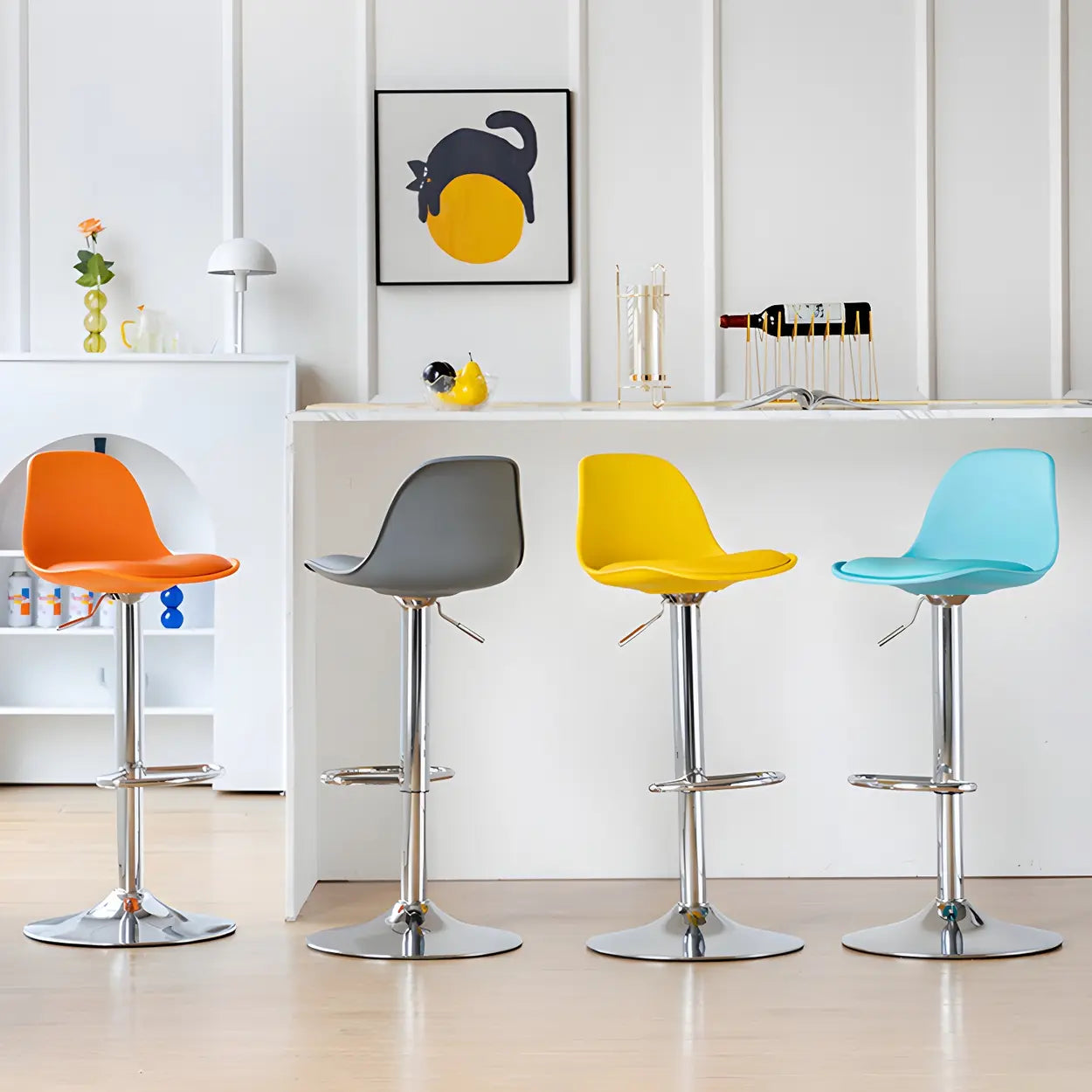
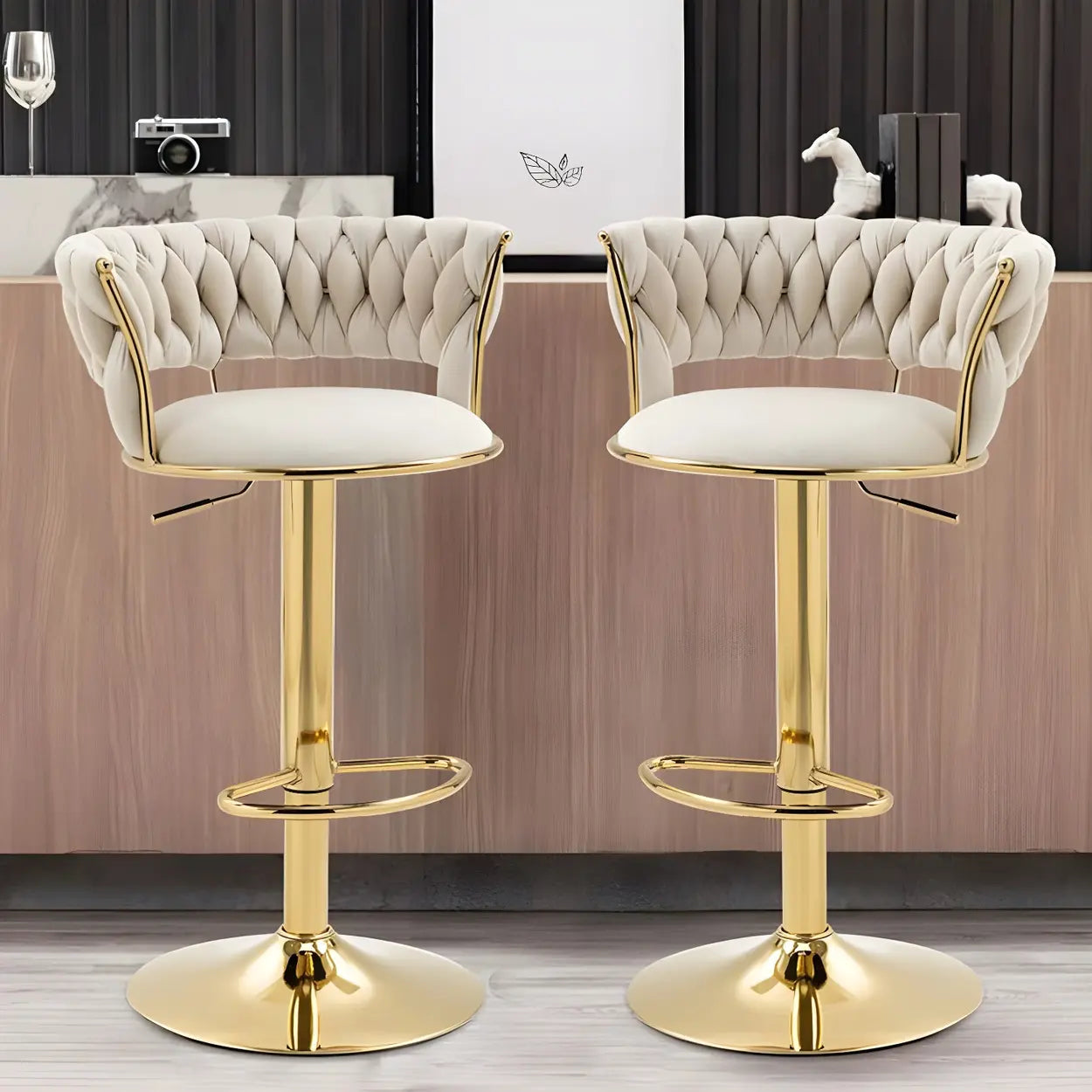
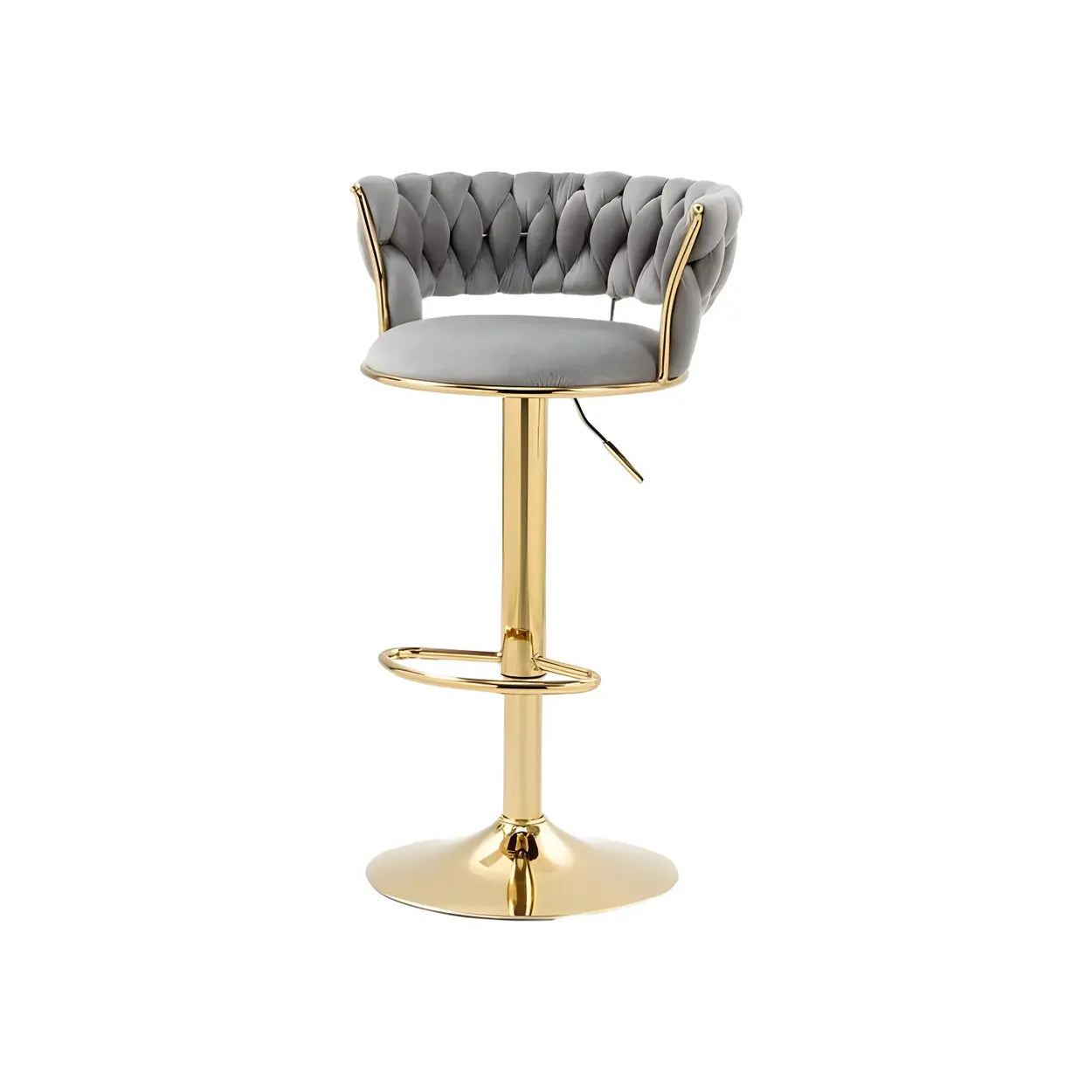
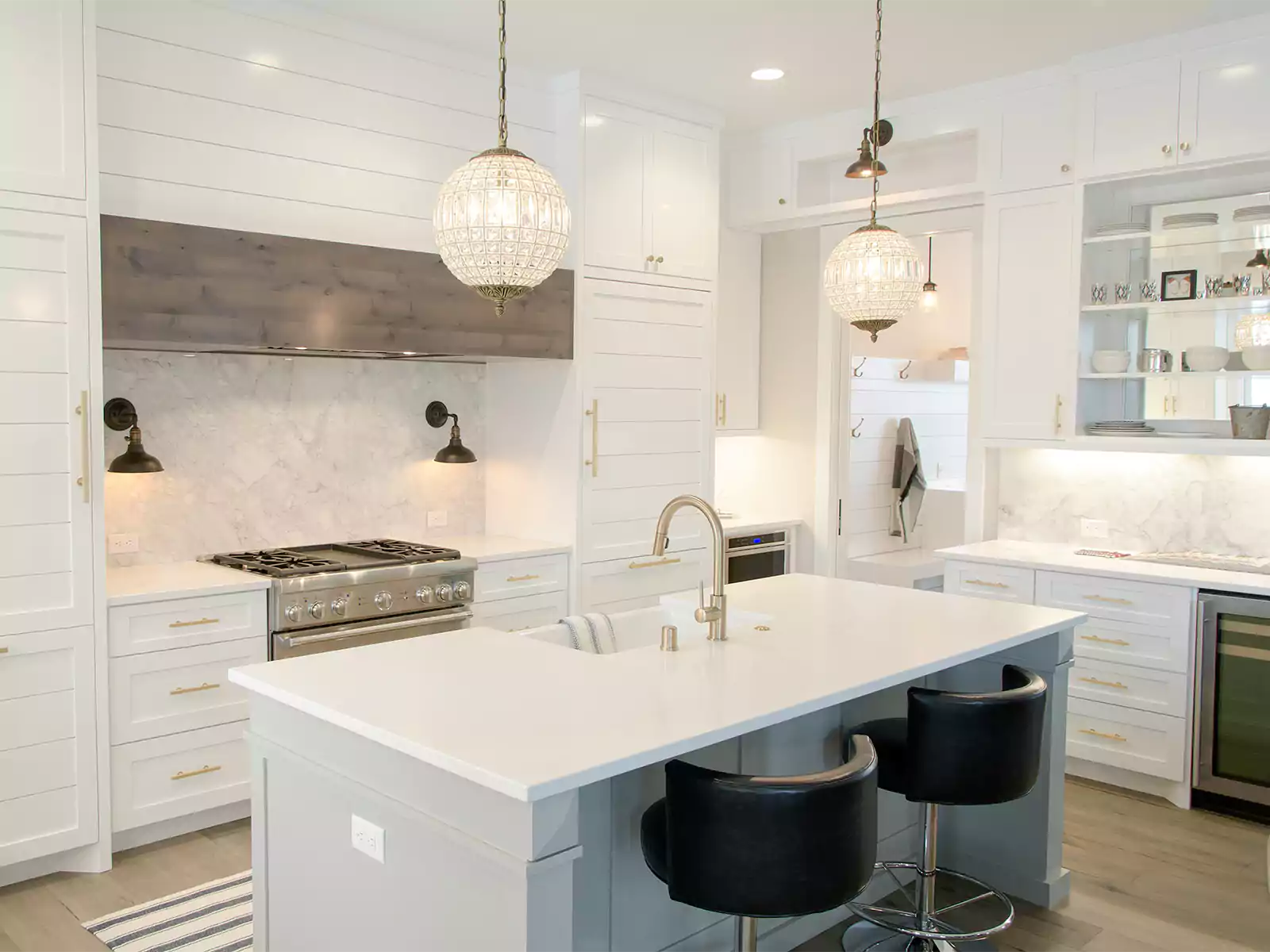
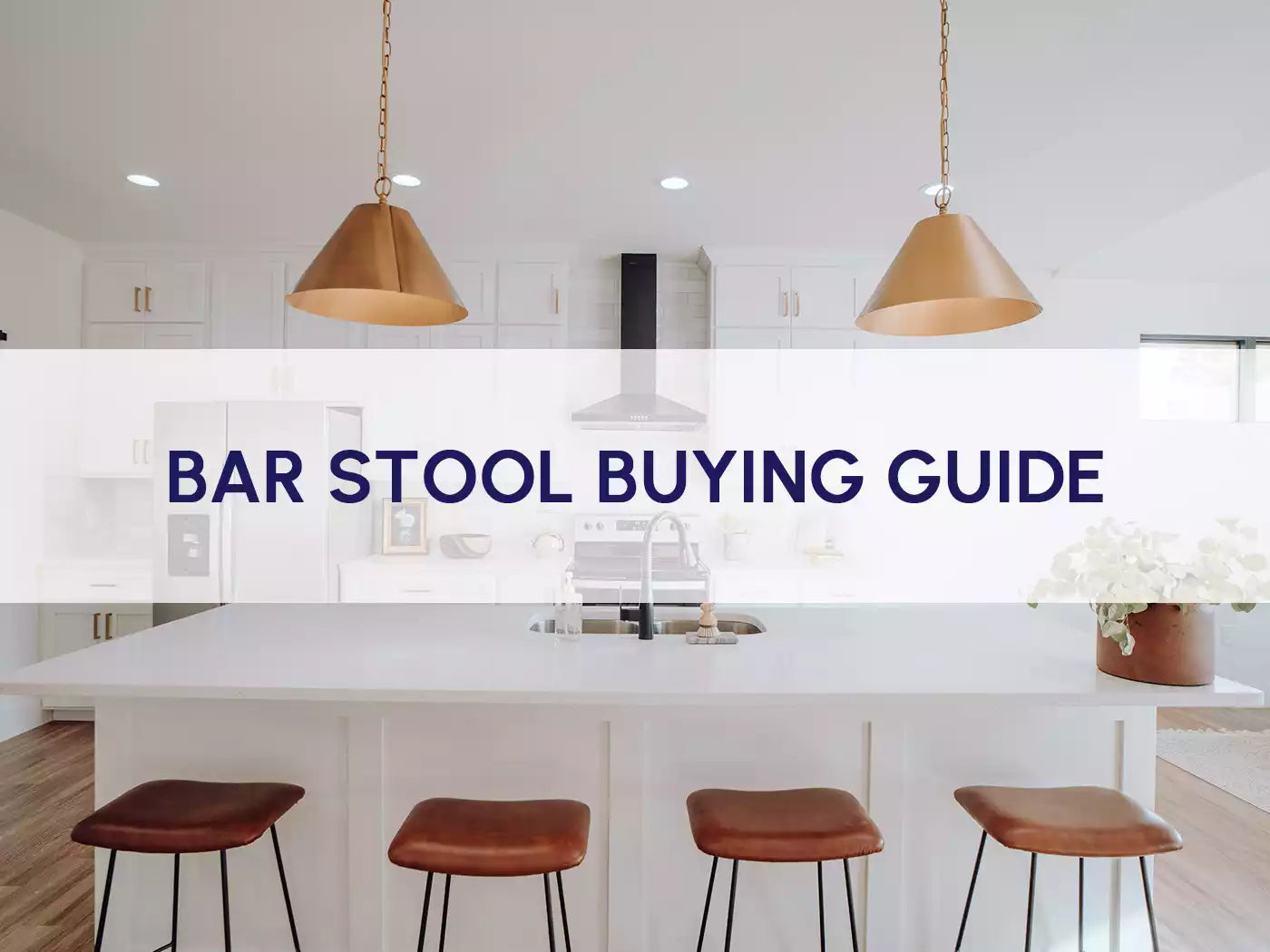

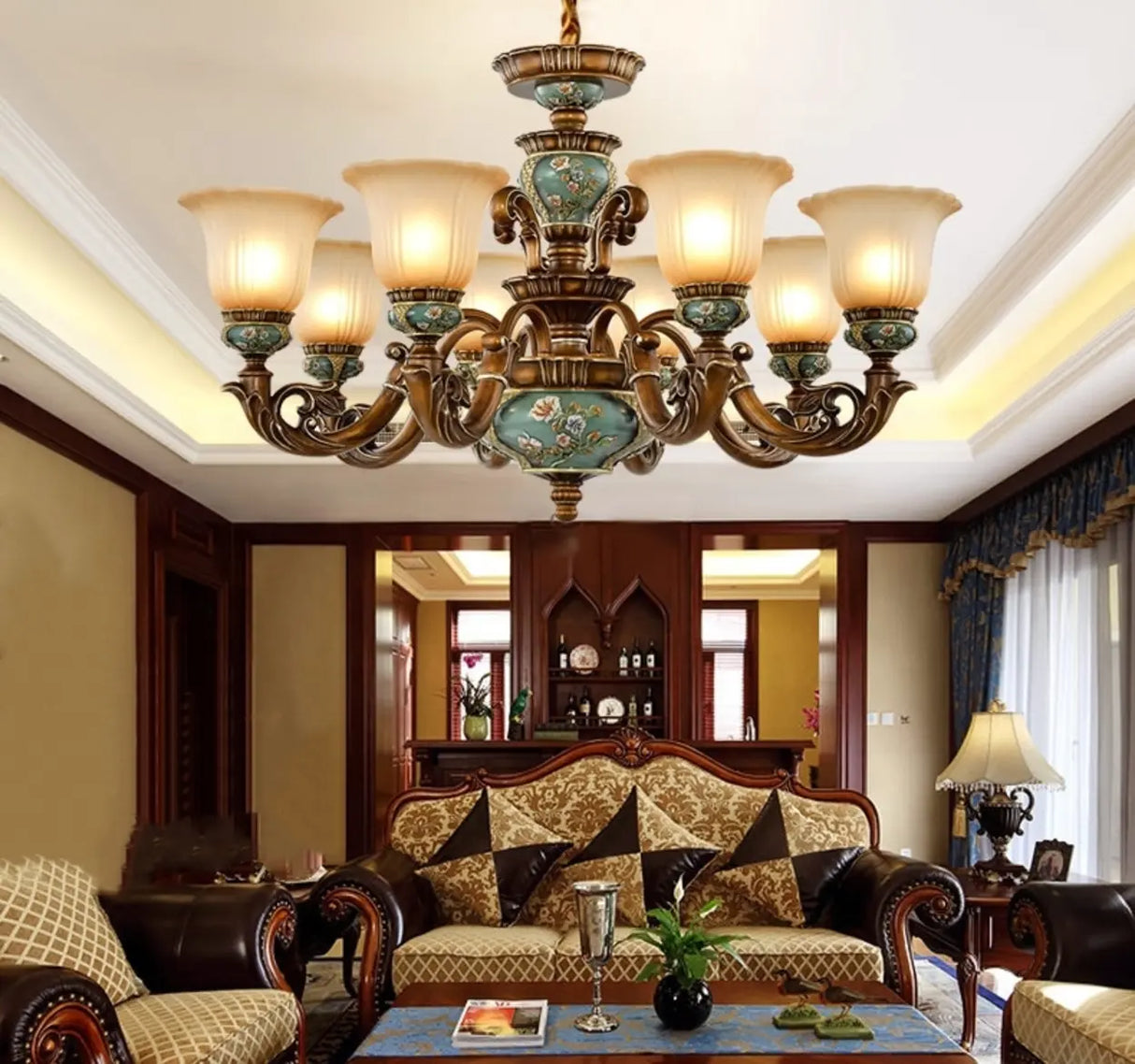
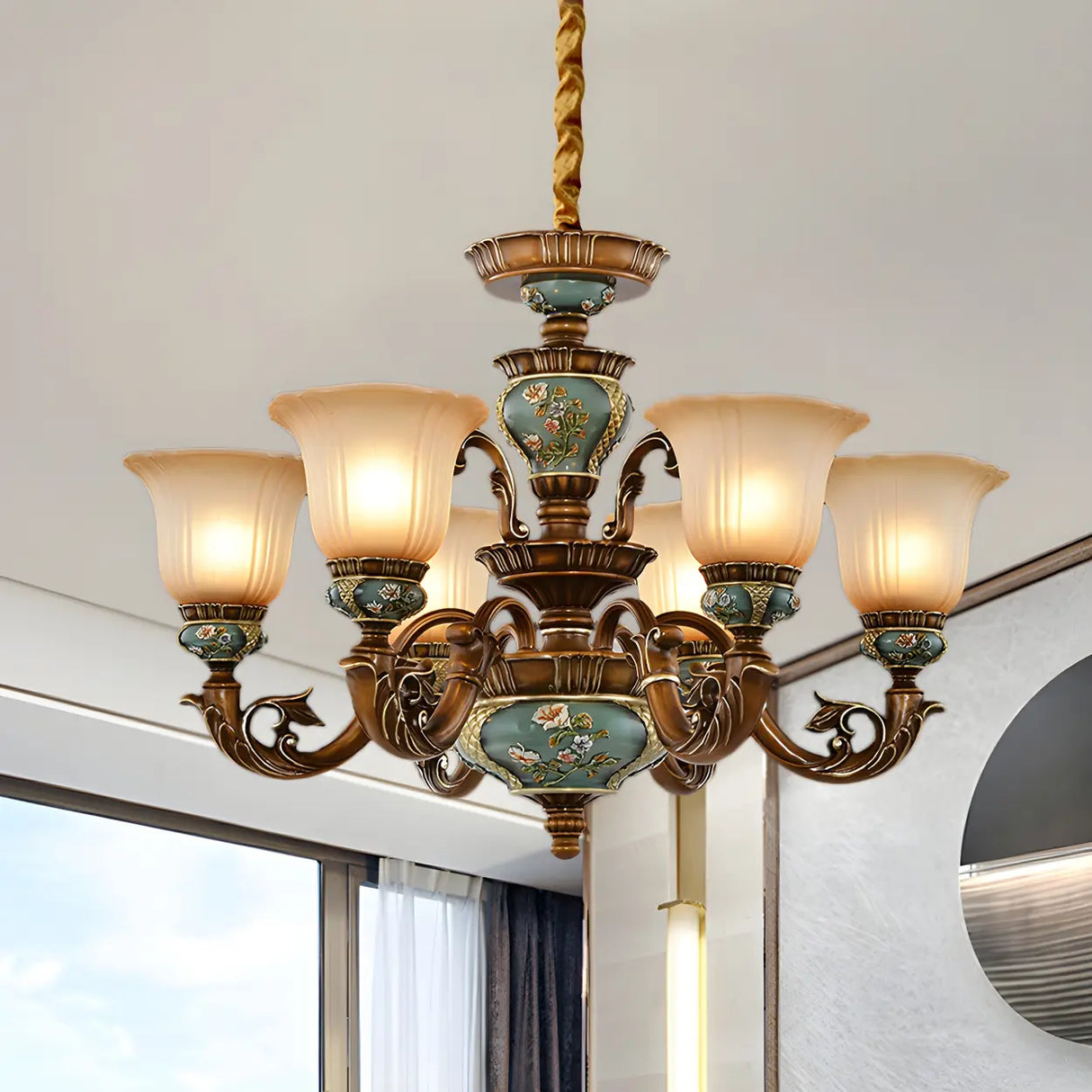
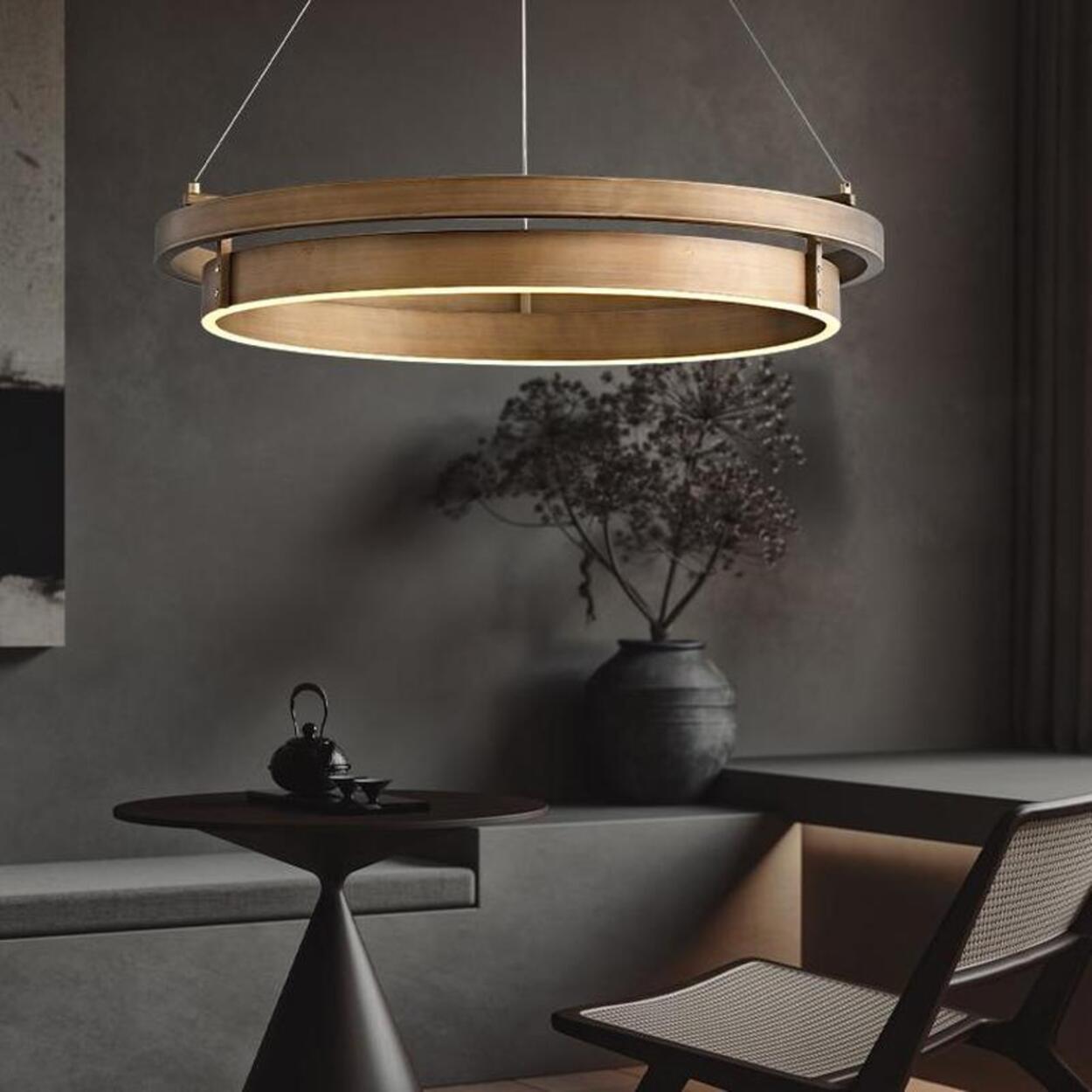
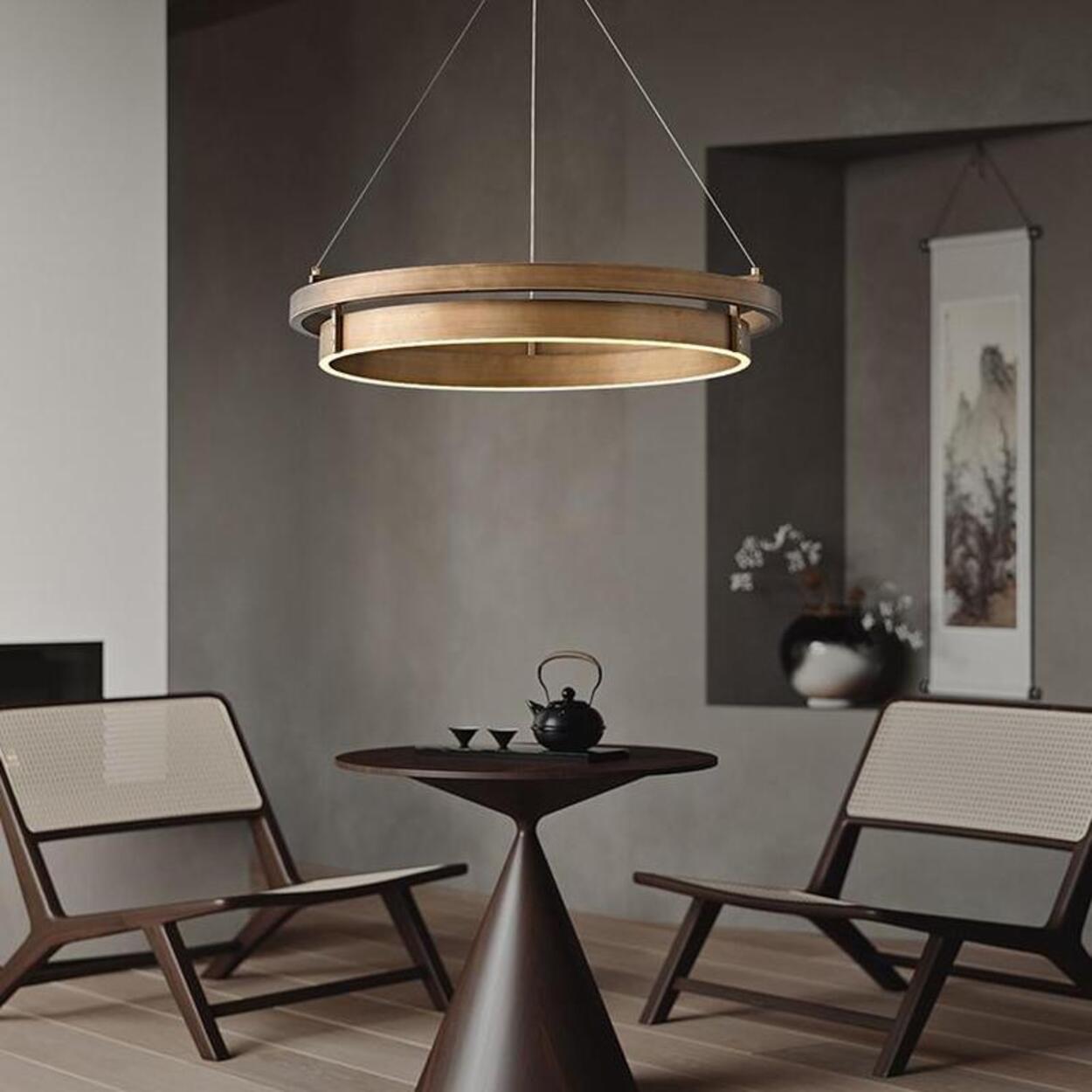
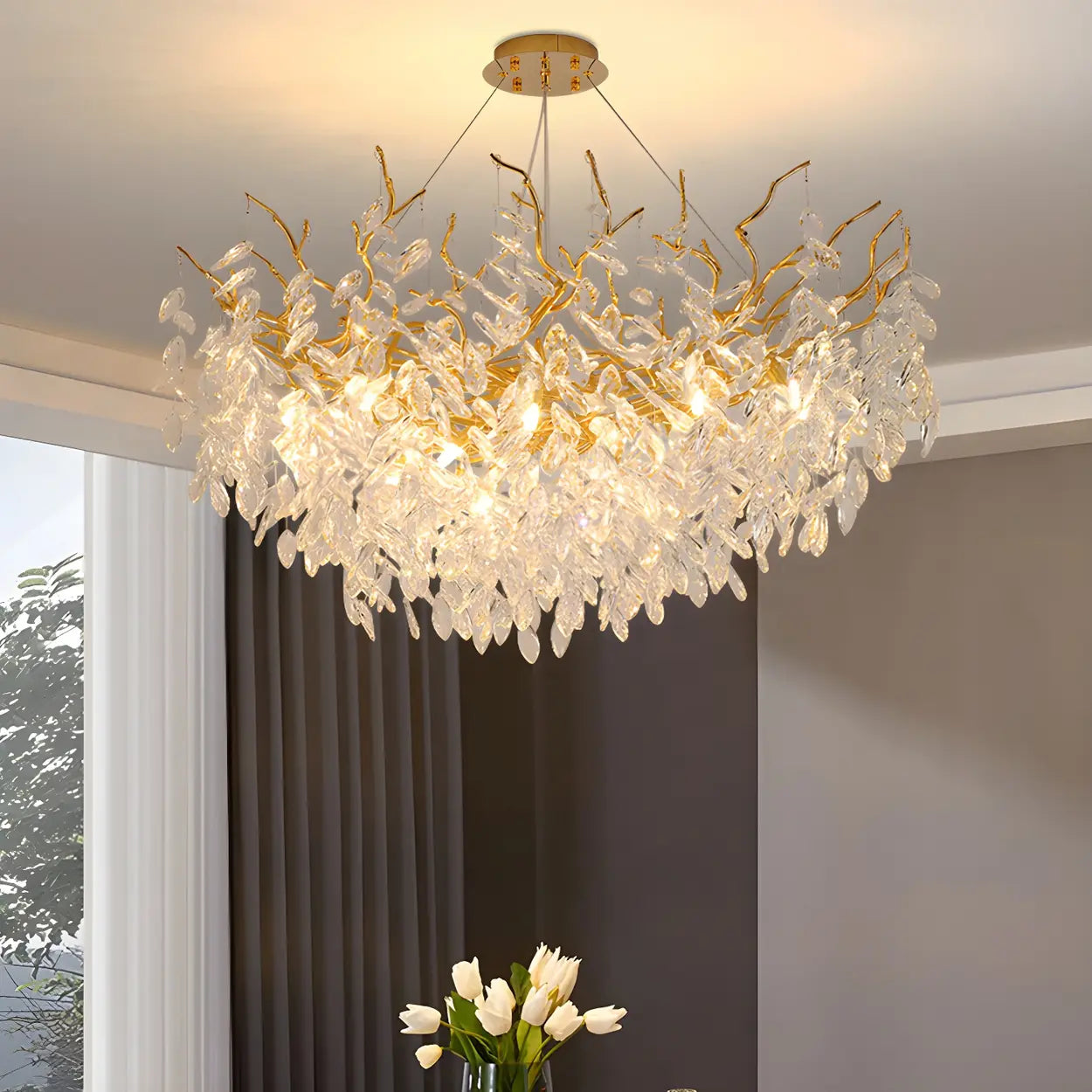
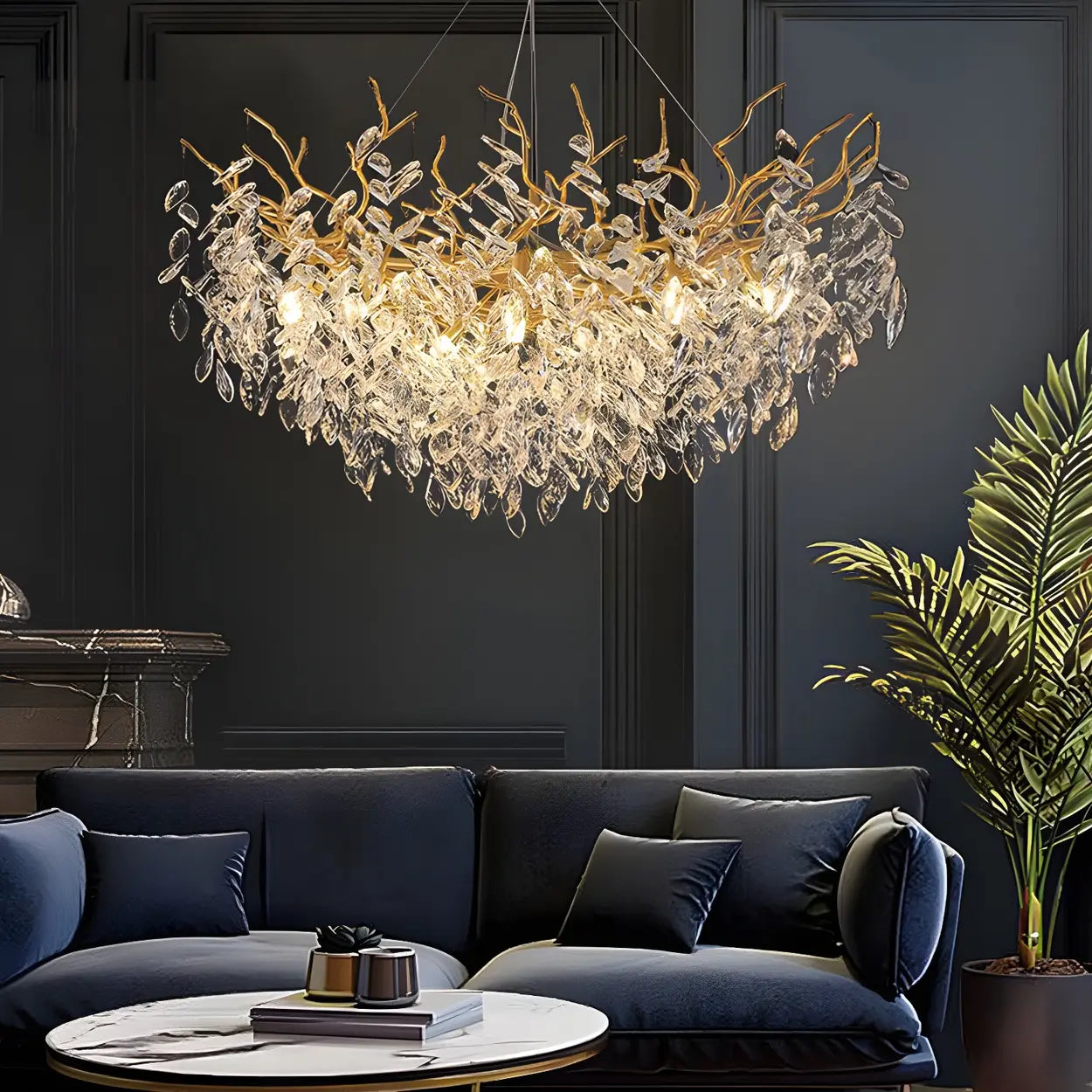
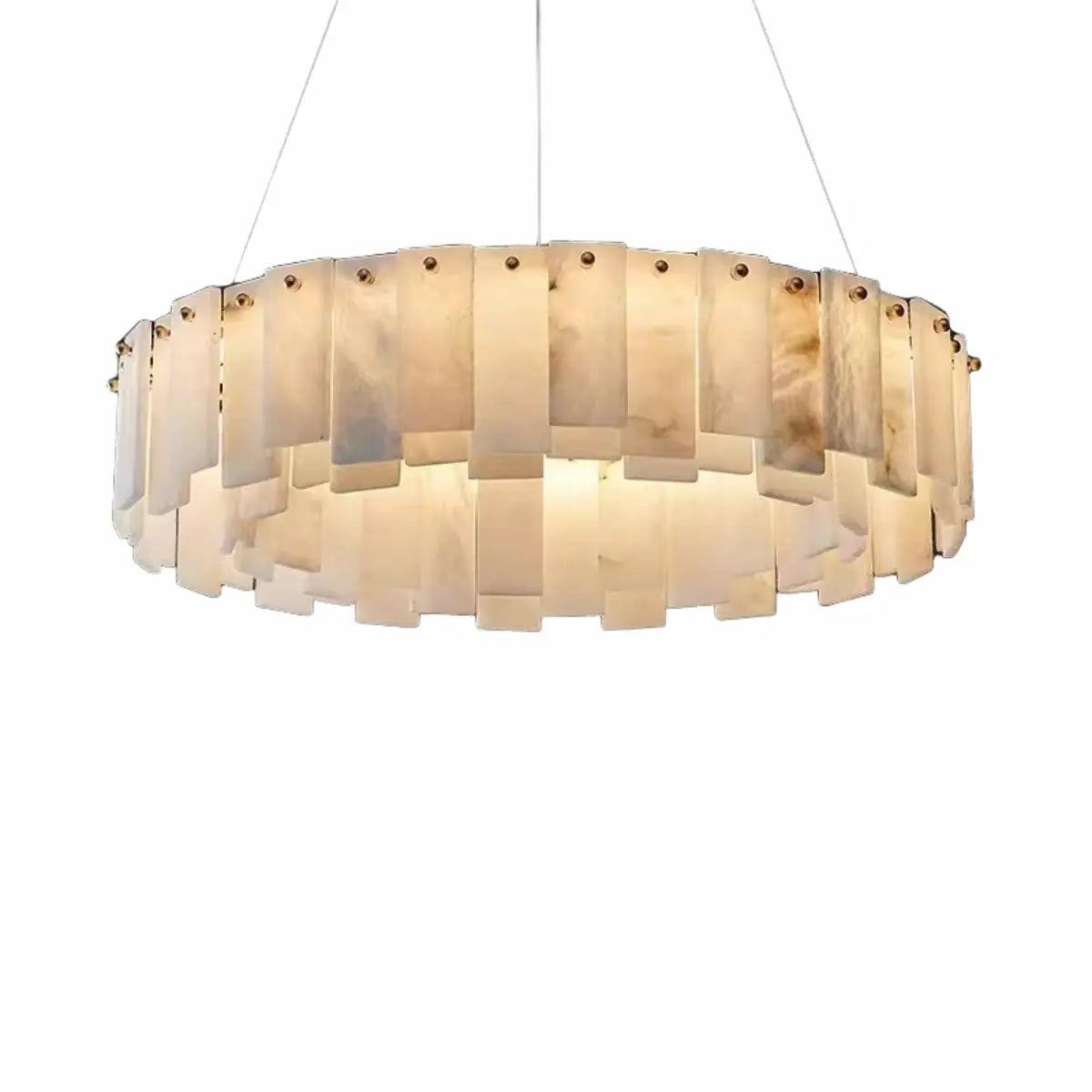
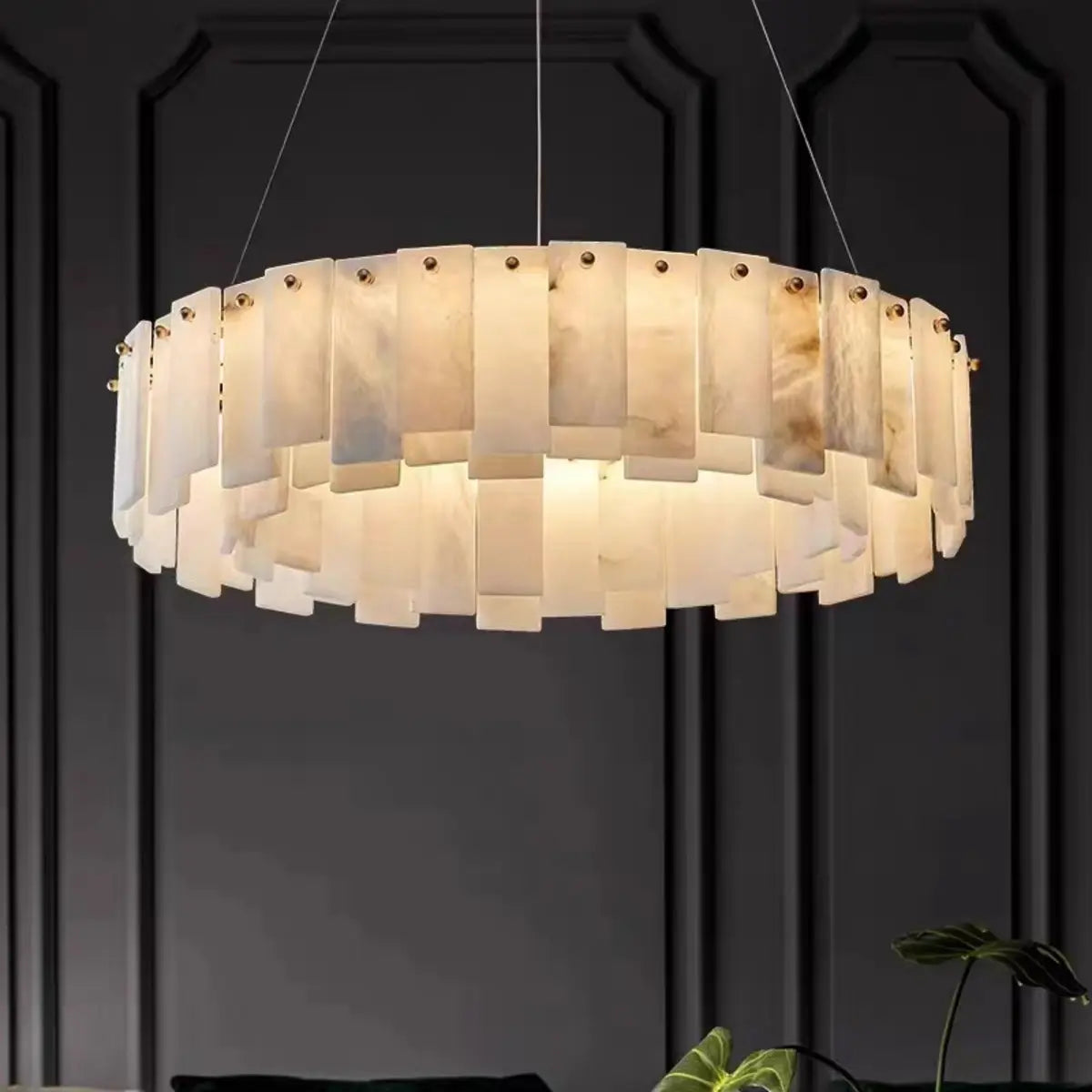
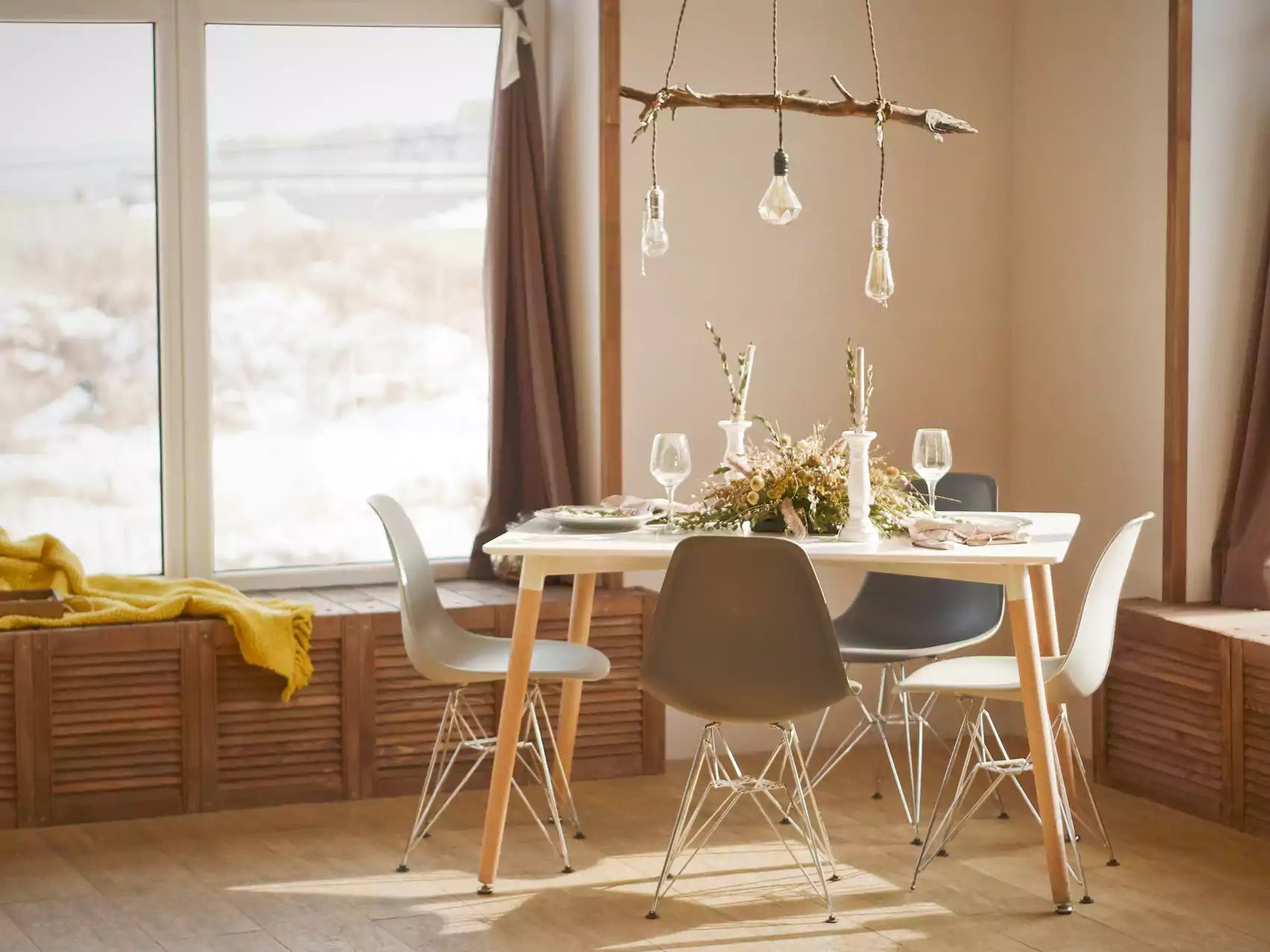
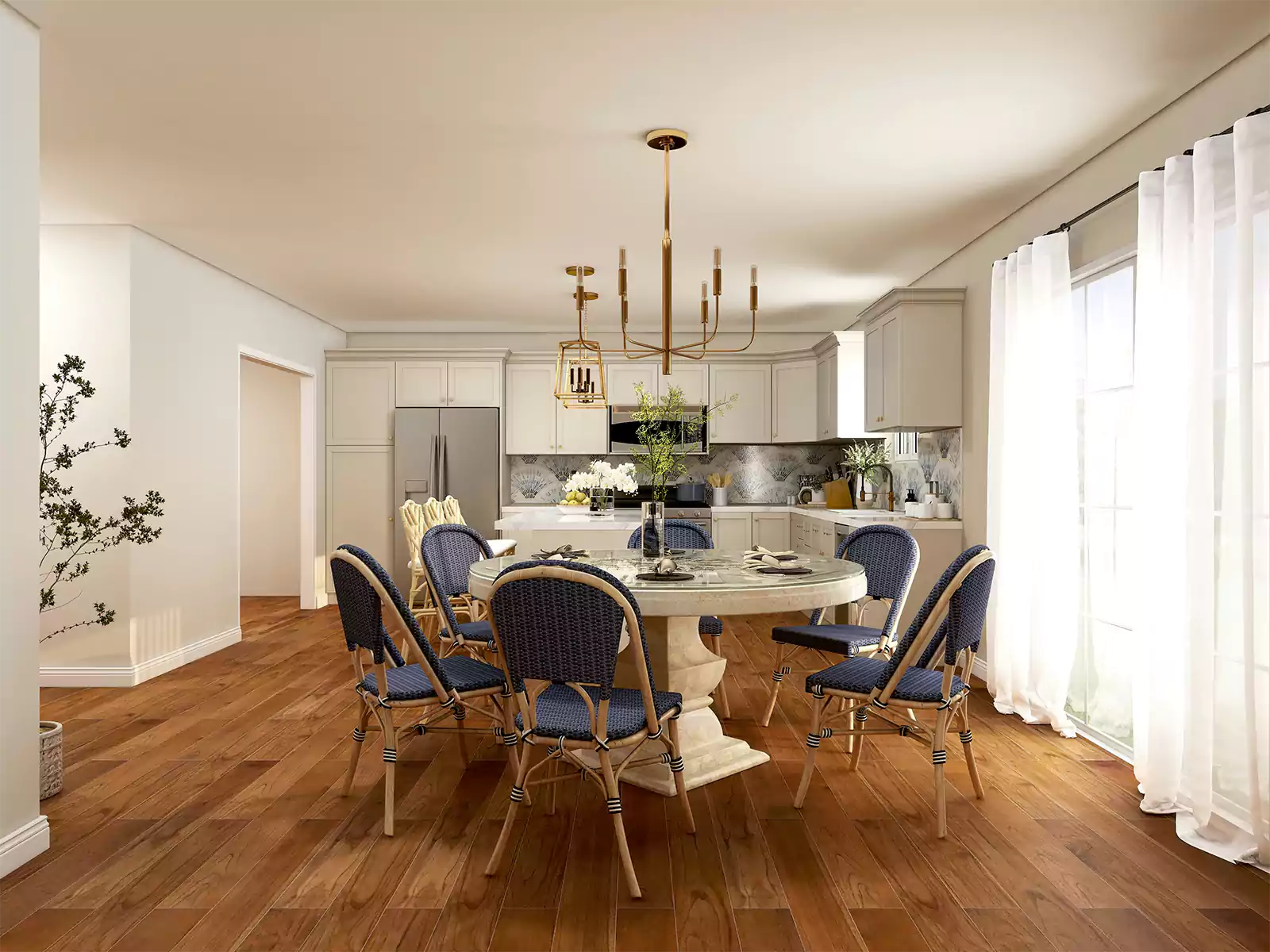
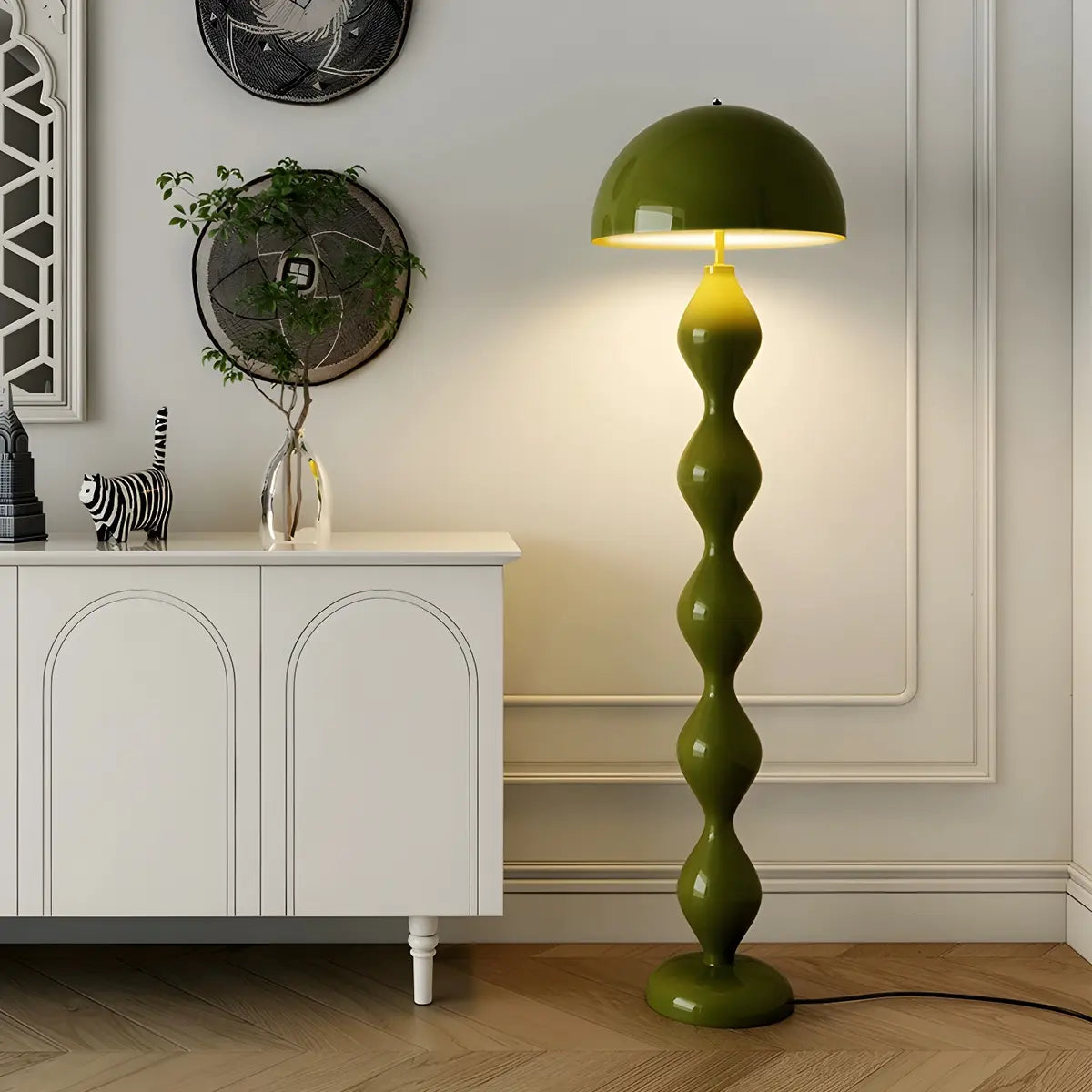
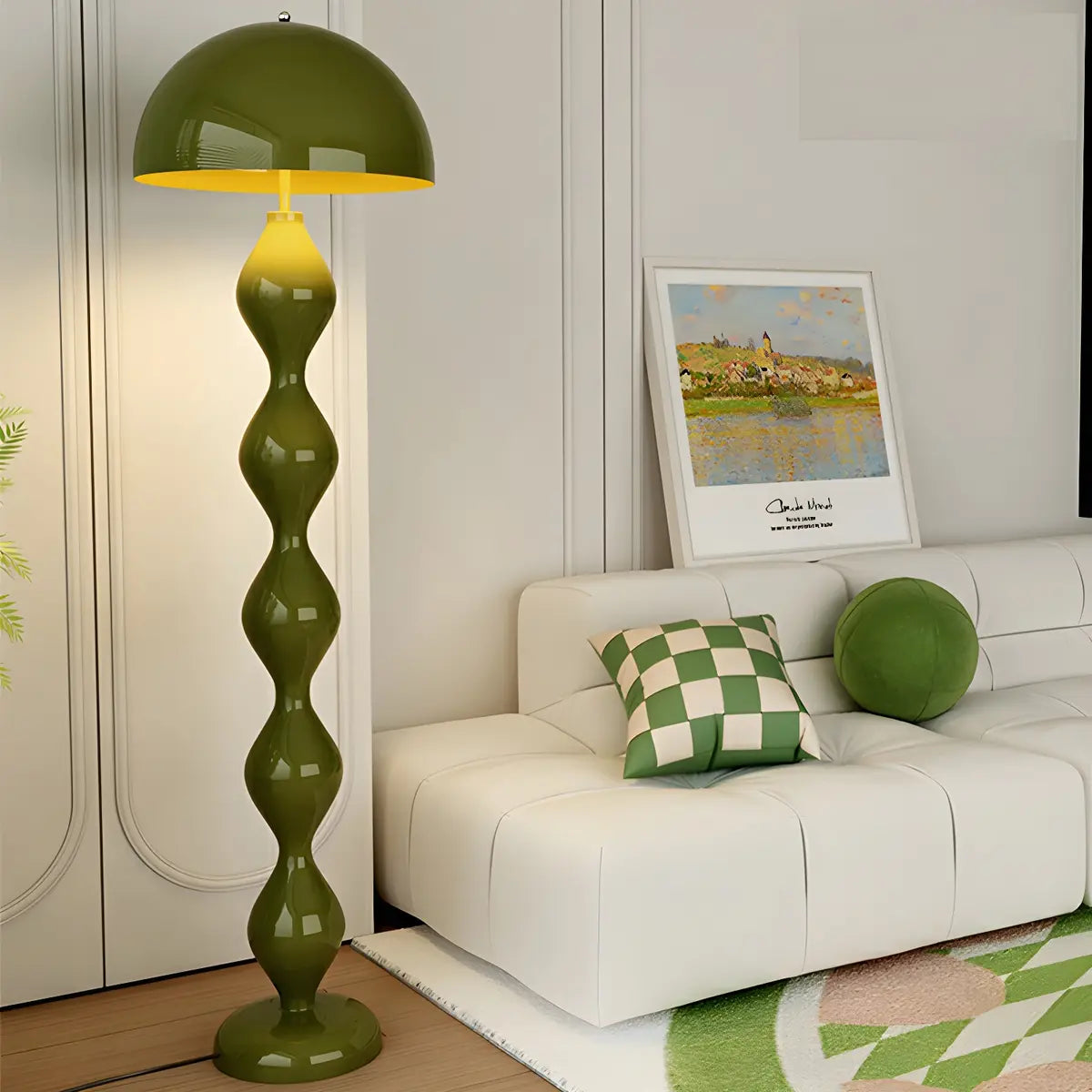
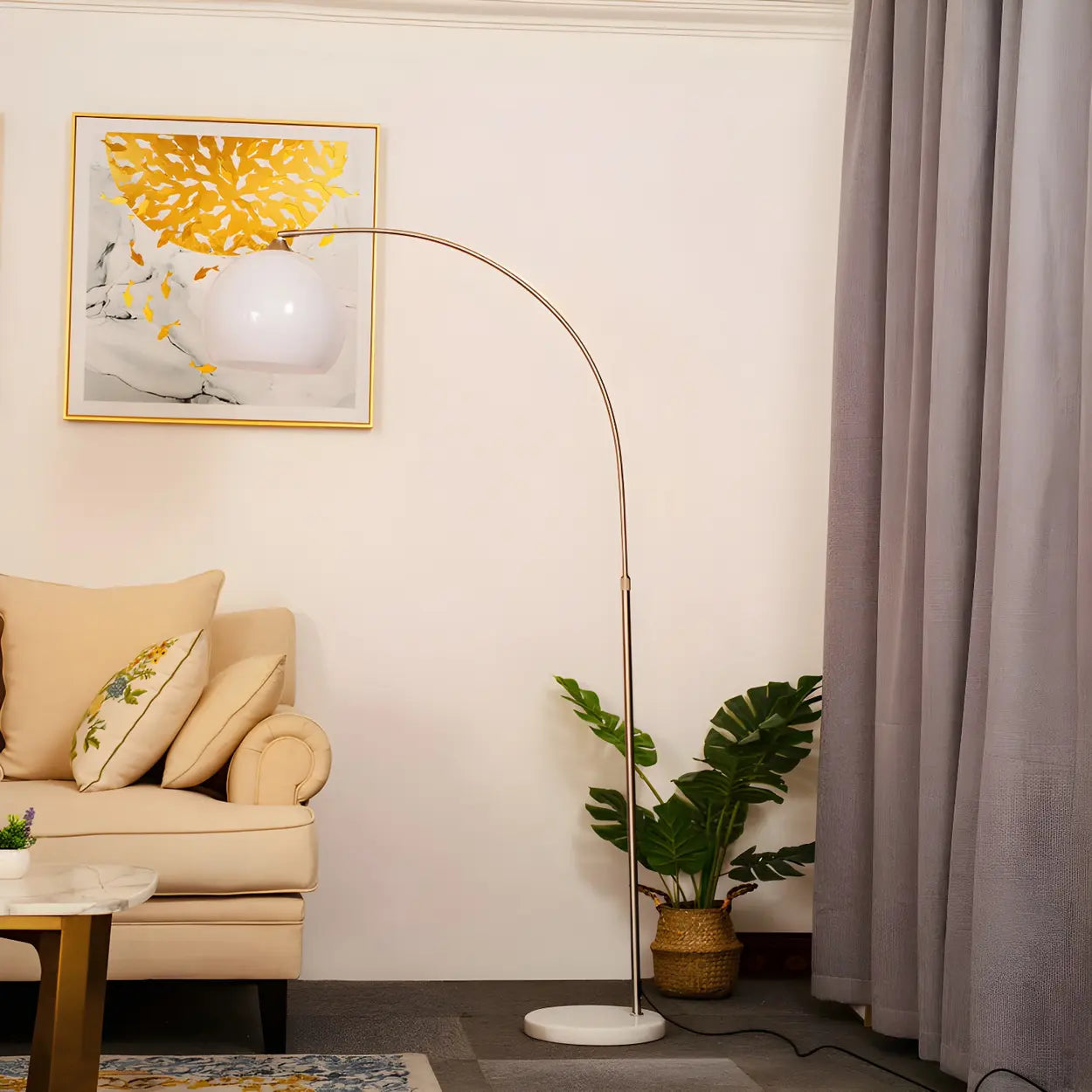
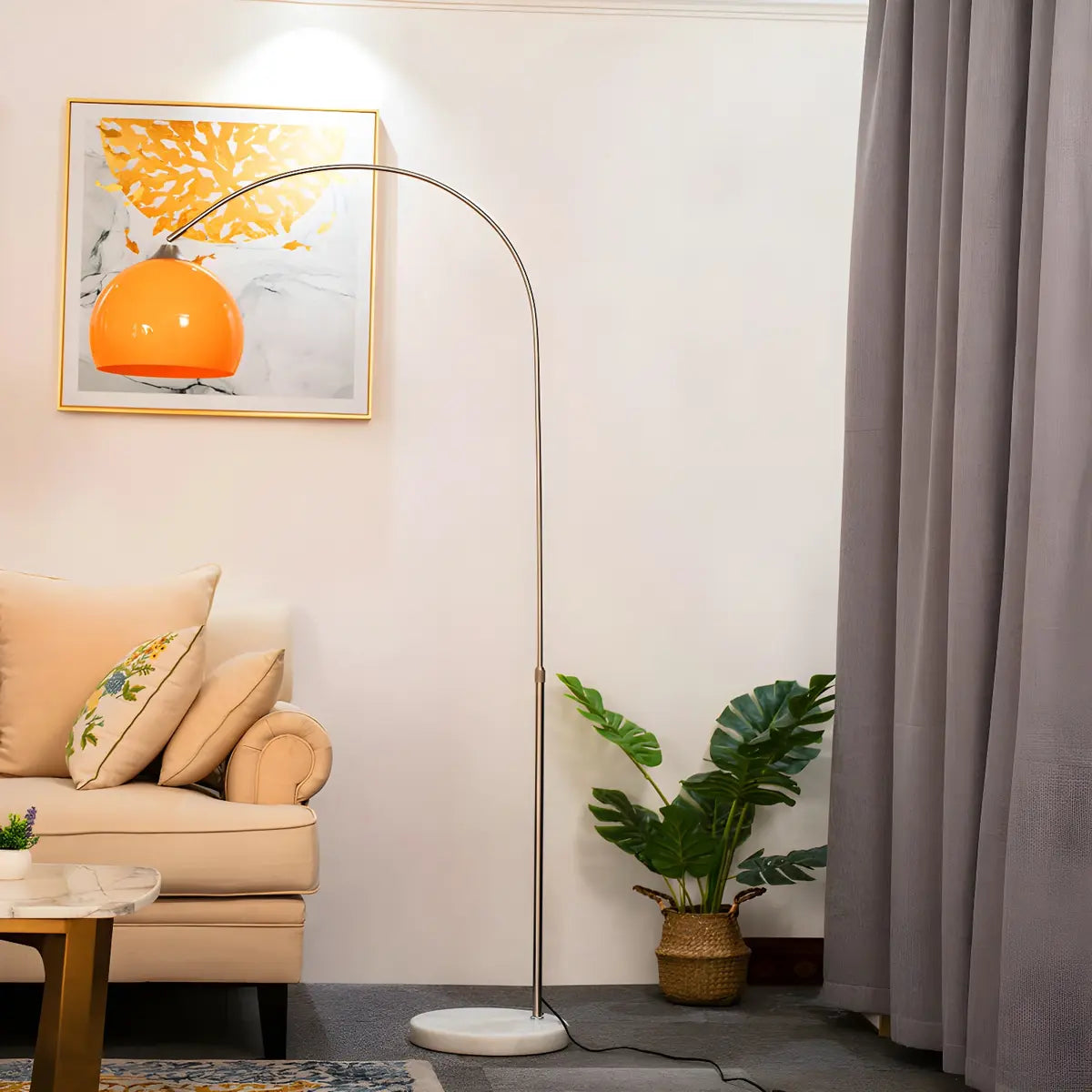
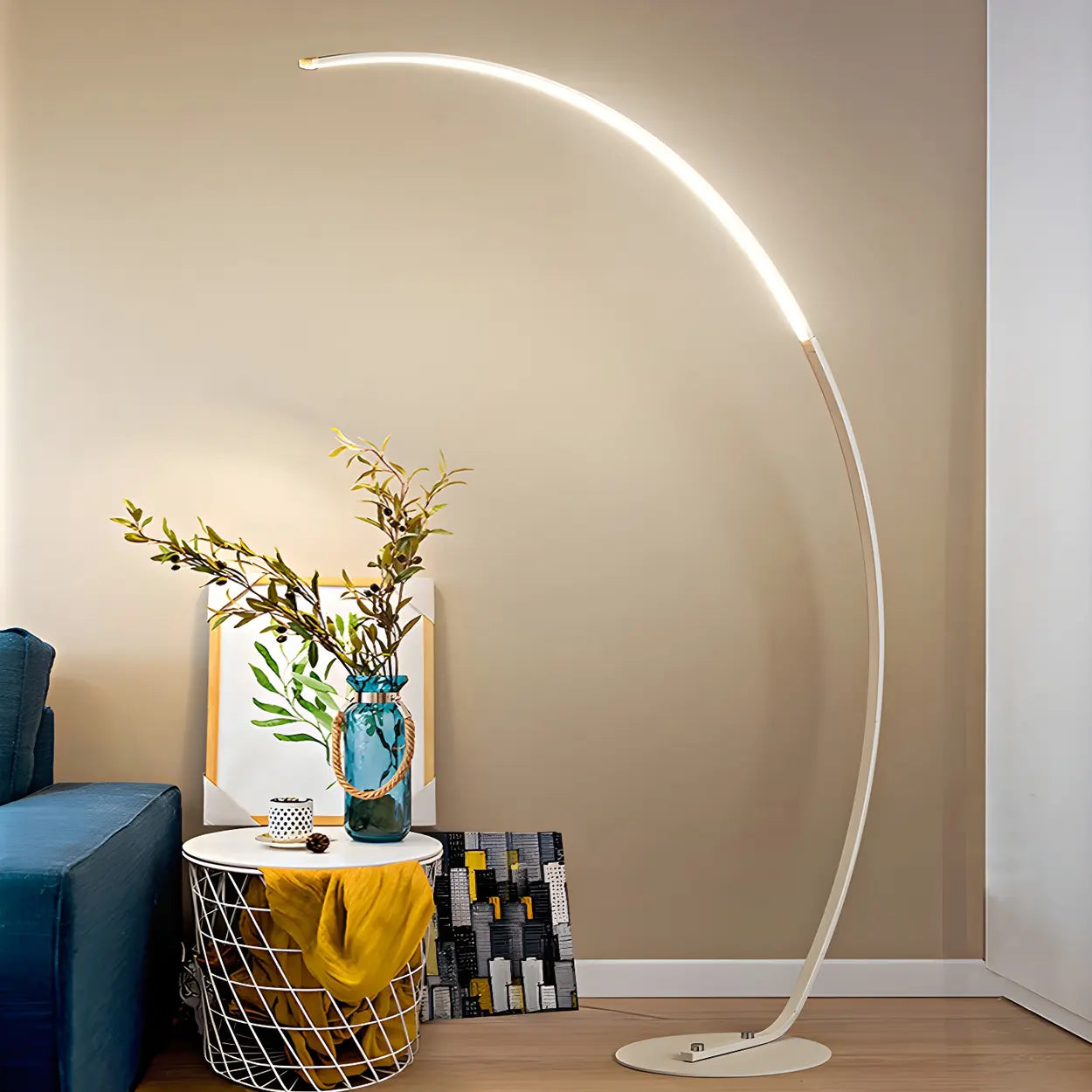
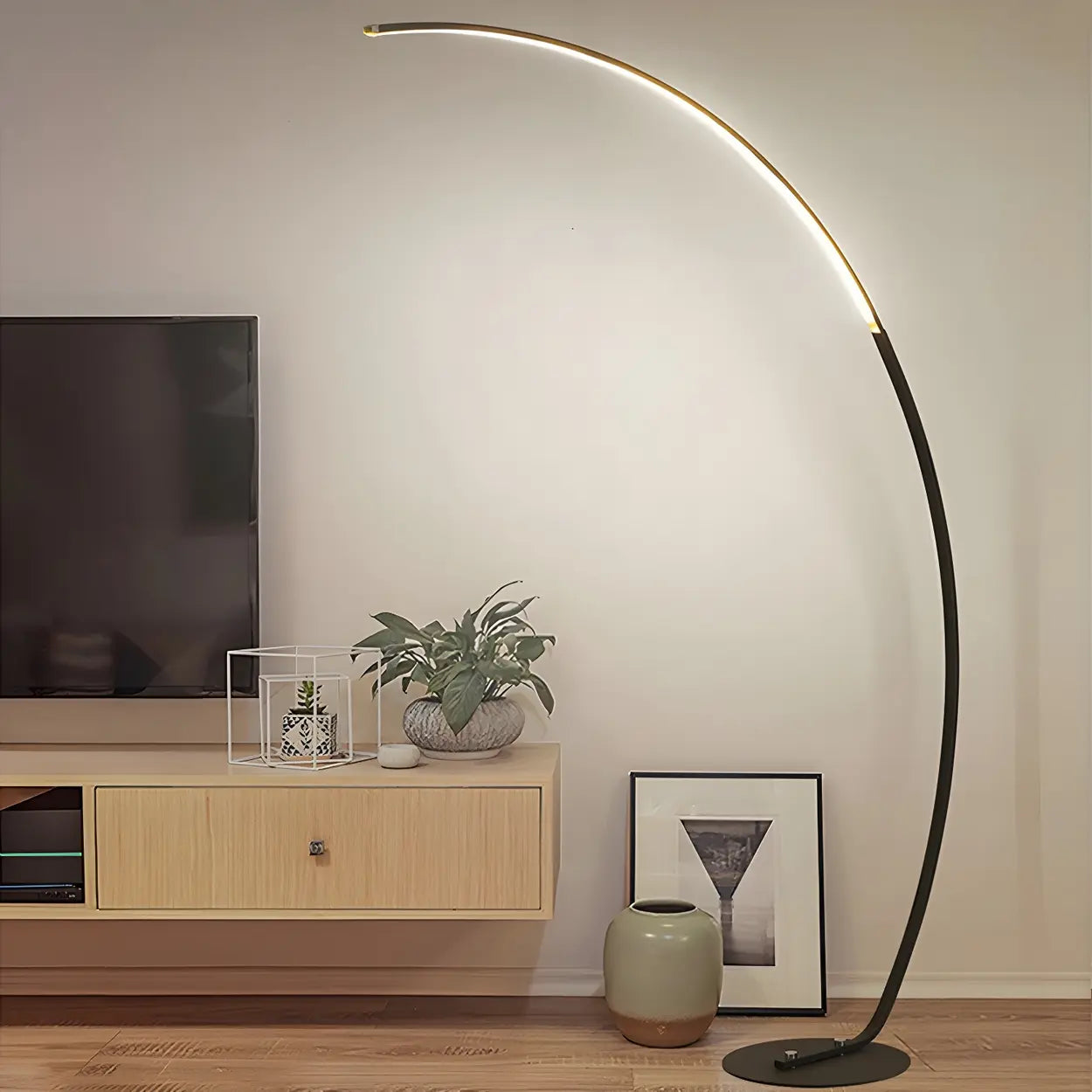
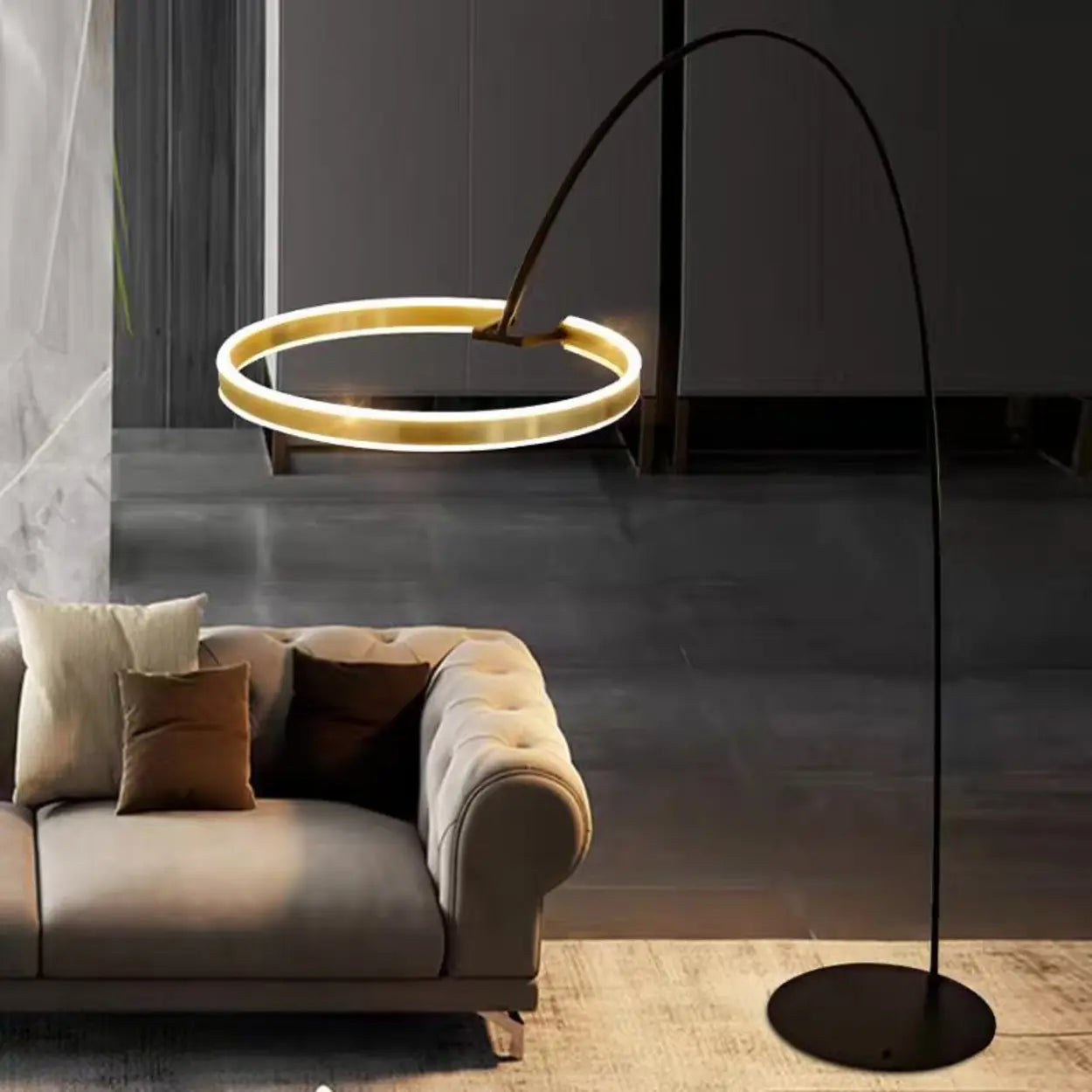
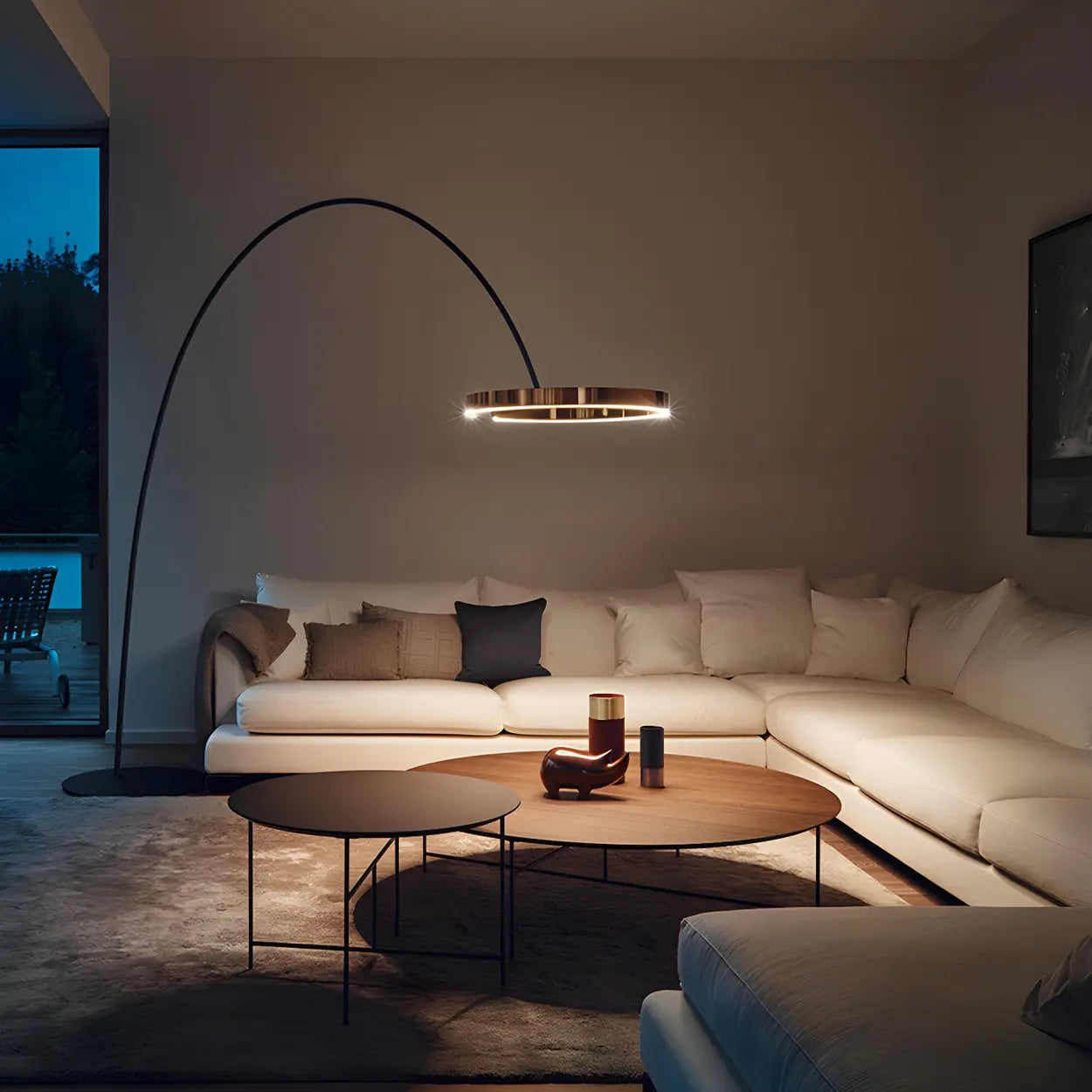
![10 Best Floor Lamp for Reading [2025 Review]](http://www.homebaa.com/cdn/shop/articles/banner_c990b0a4-4743-4902-b6be-5609f7a21a90.webp?v=1747357941)
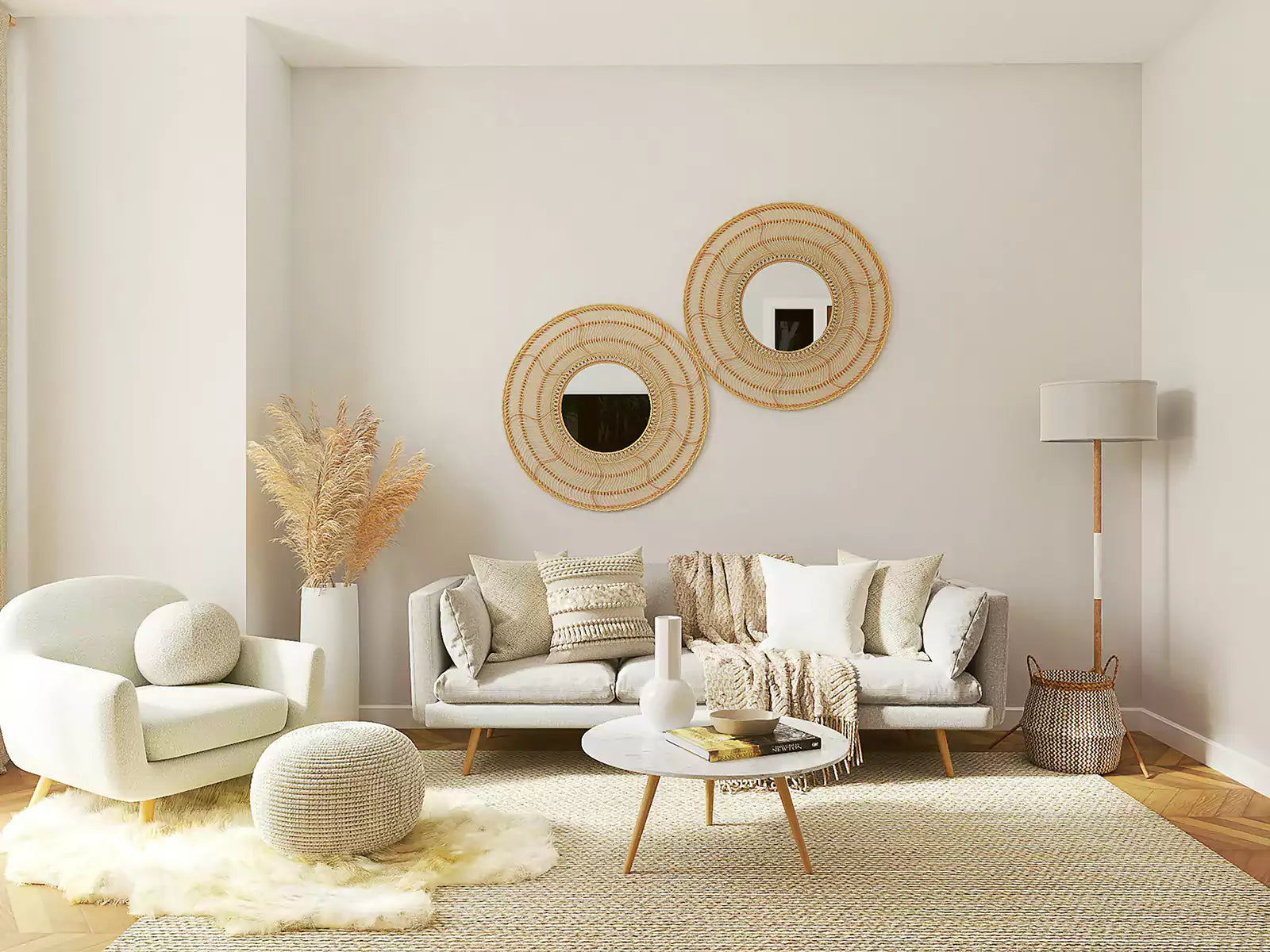

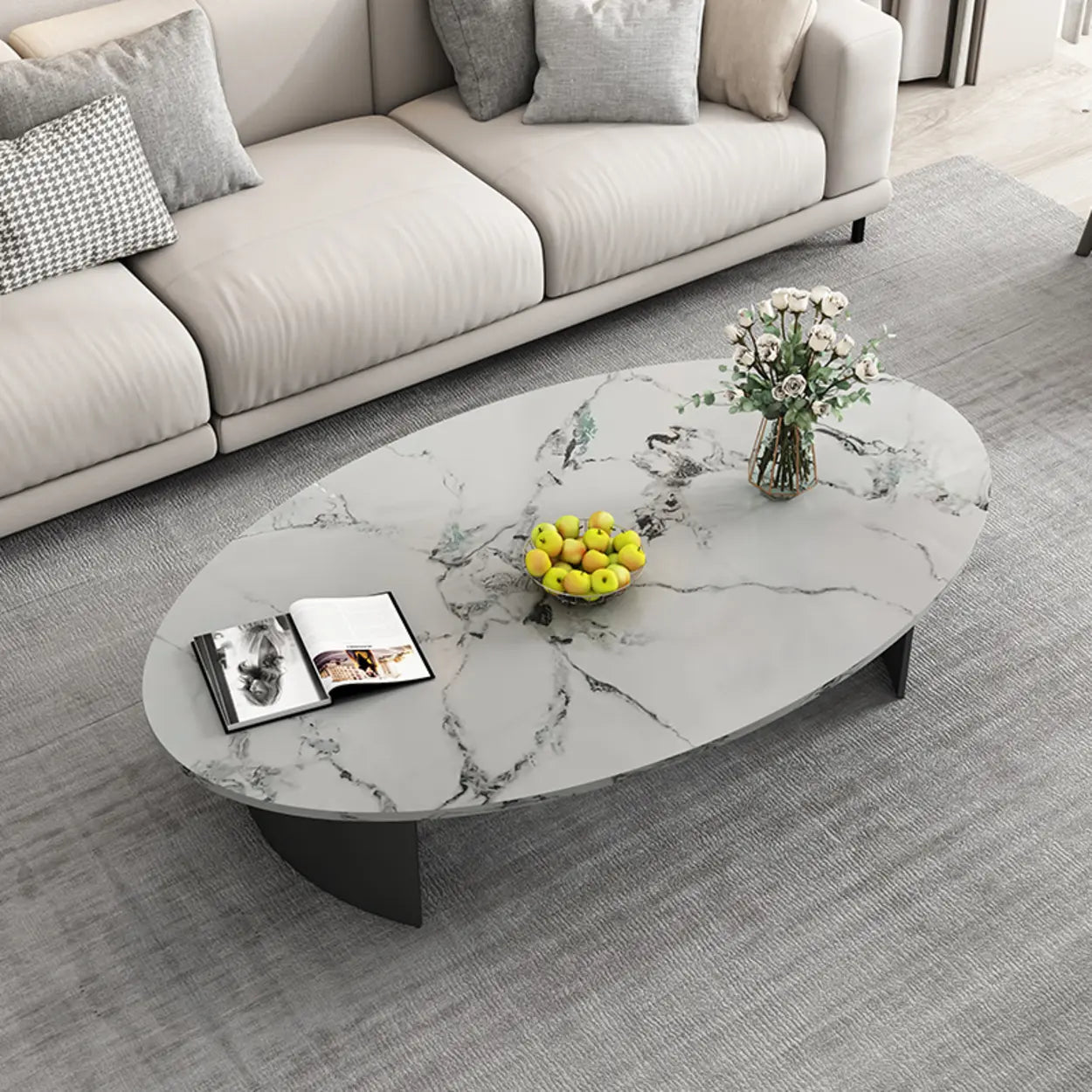
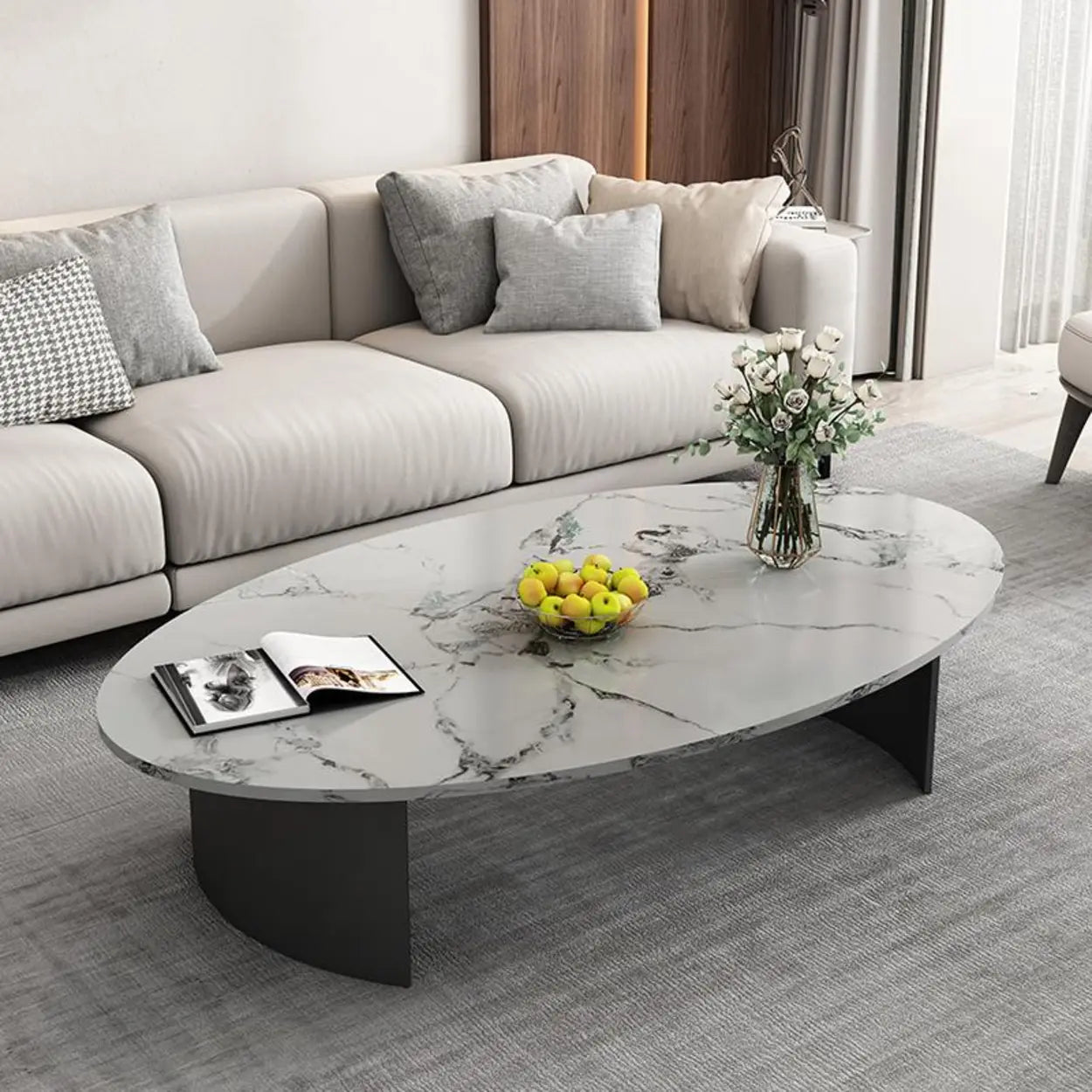
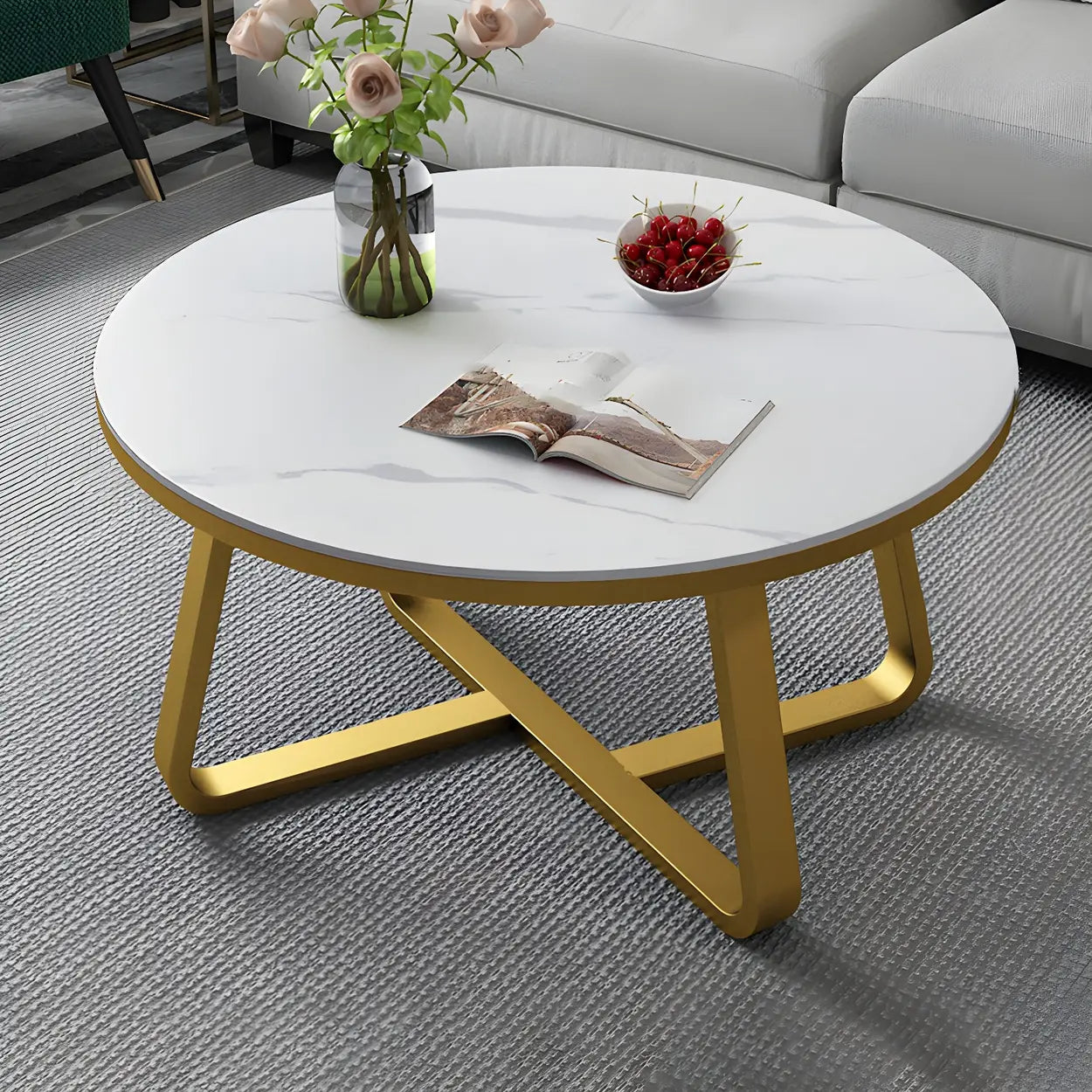
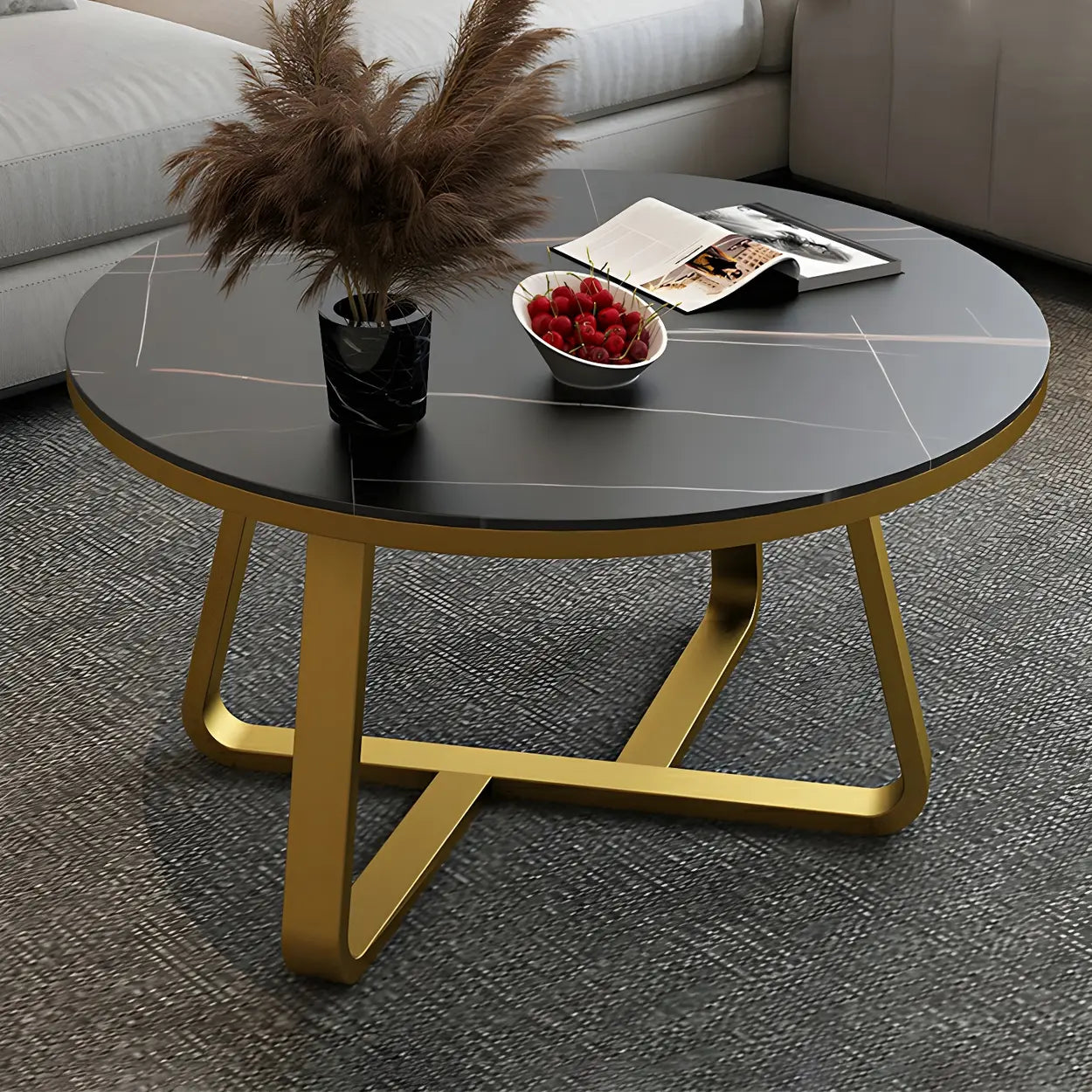
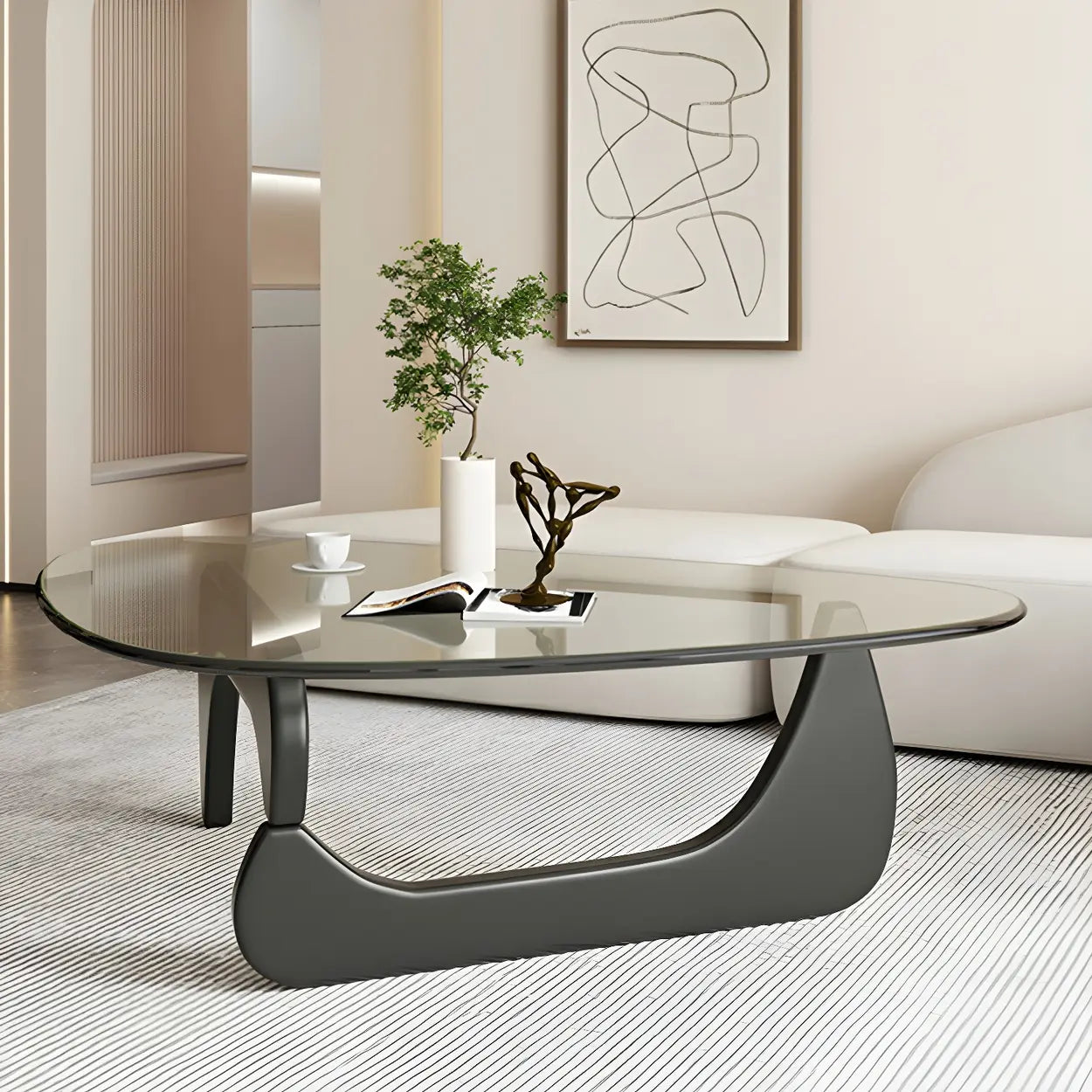
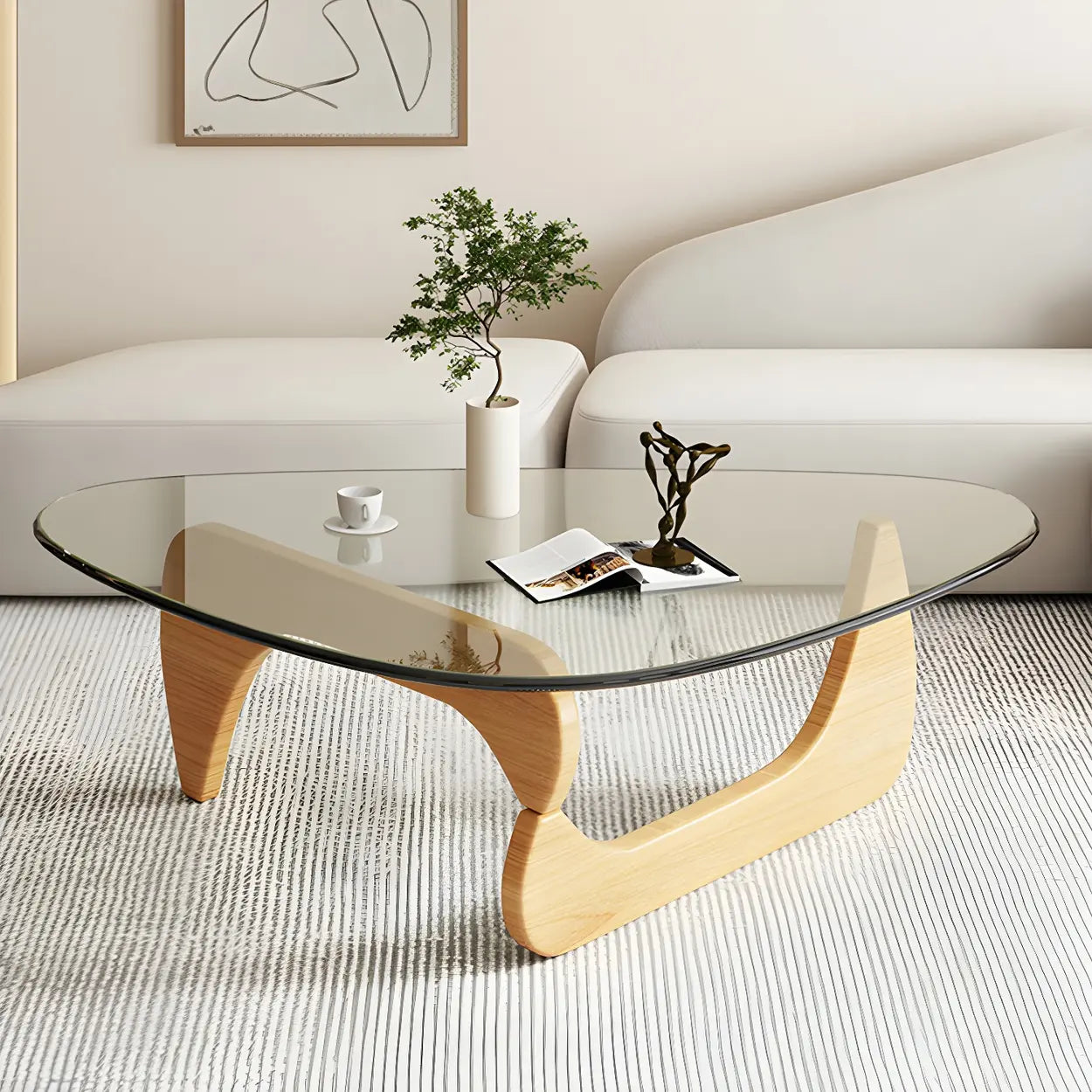
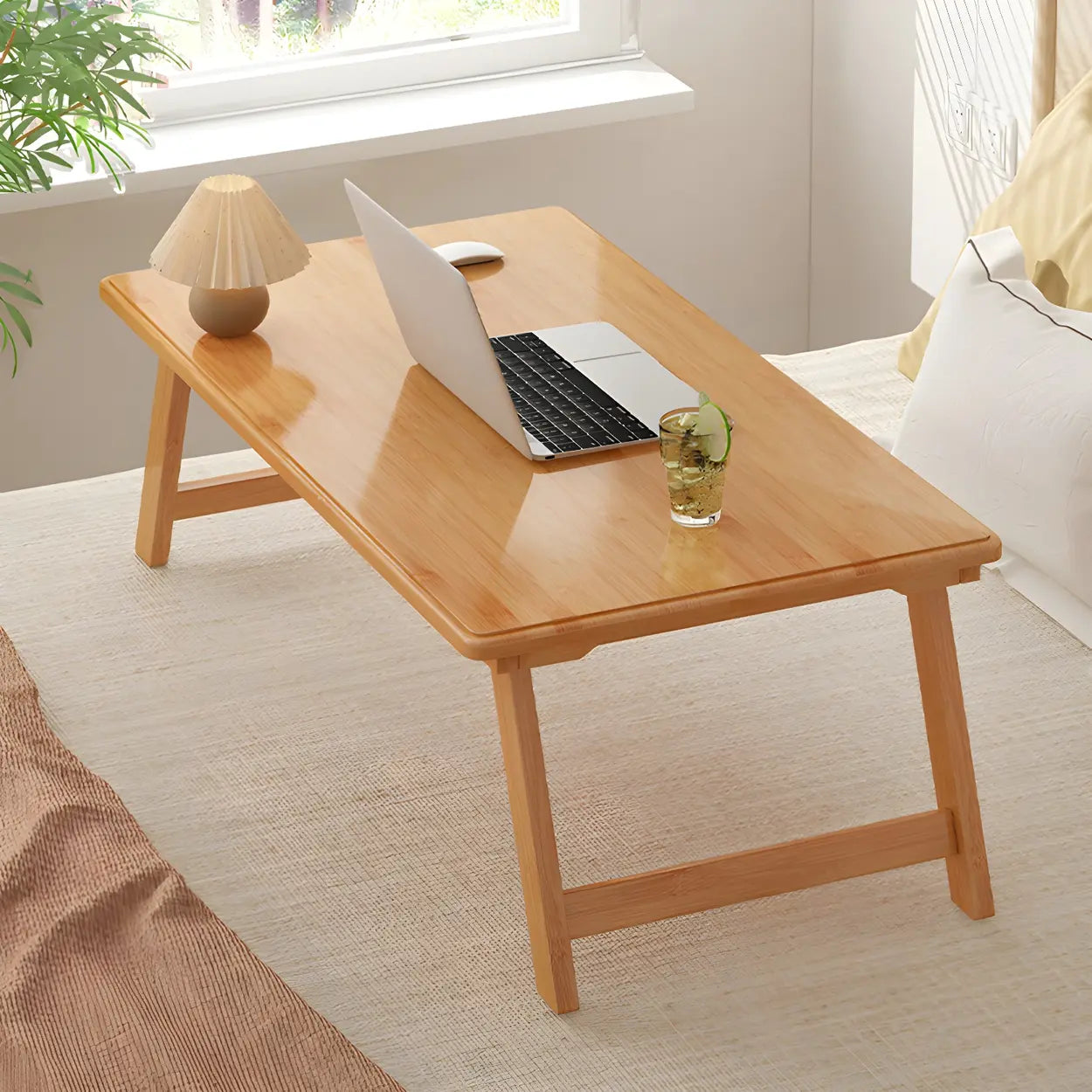
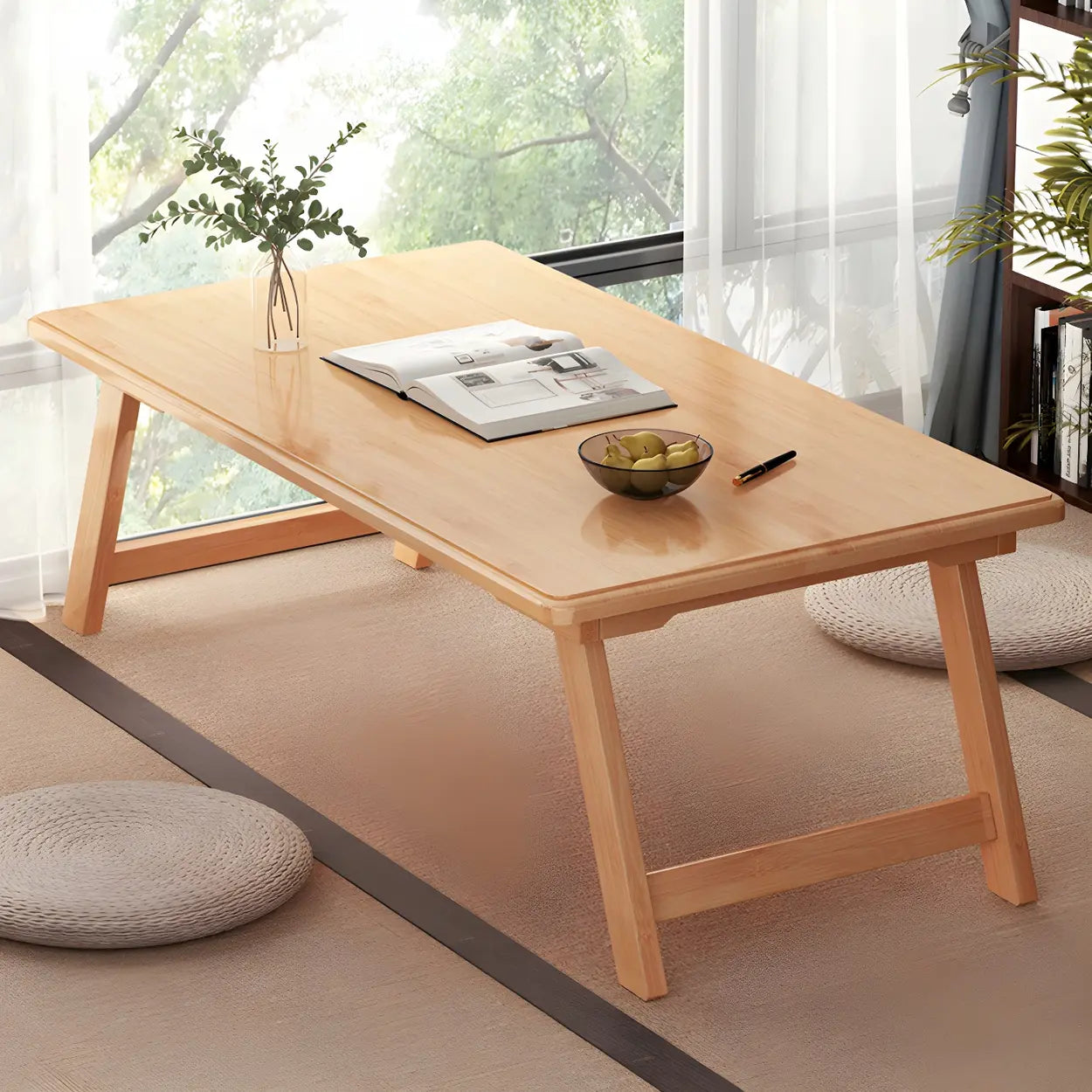
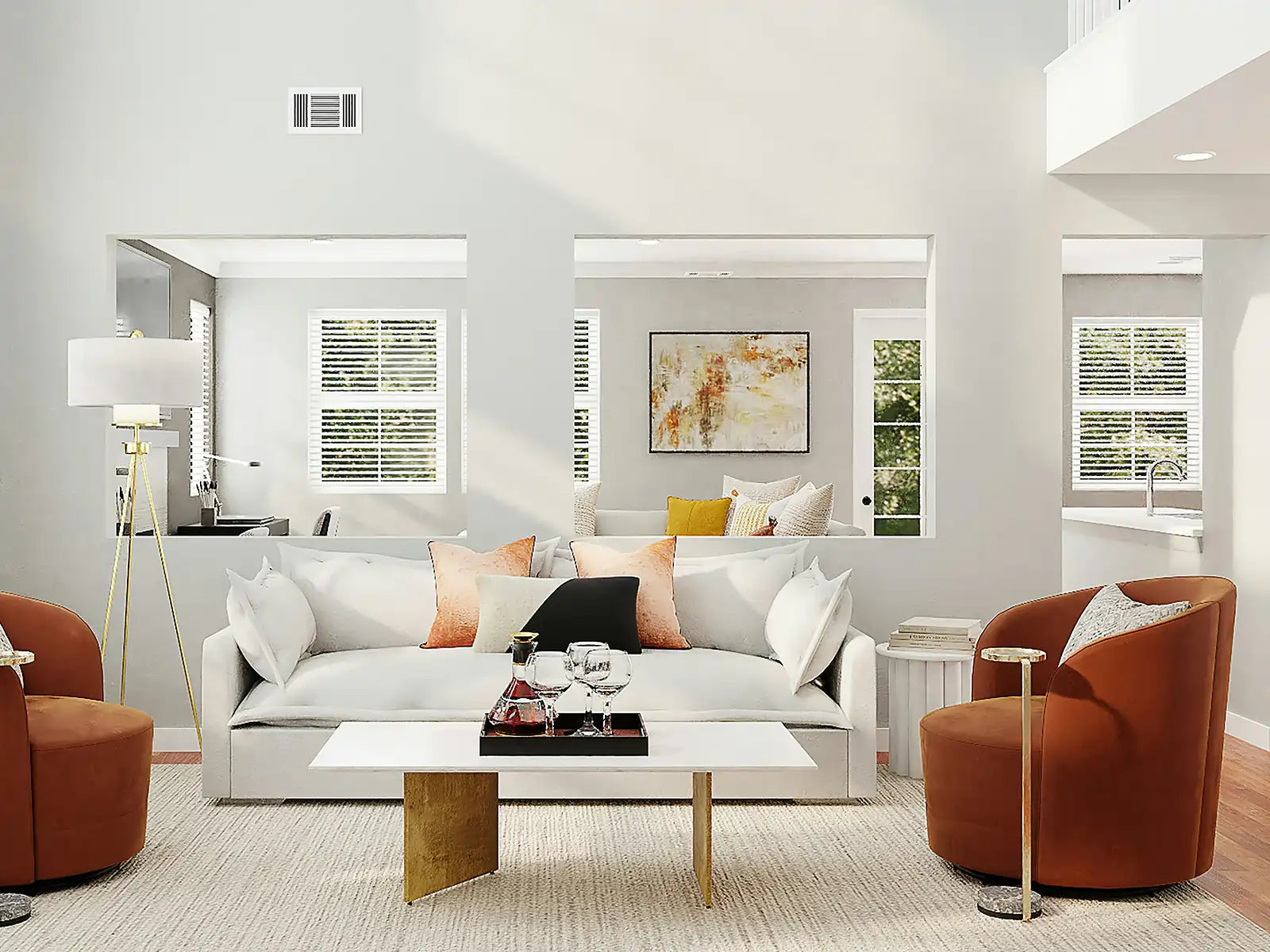
![How to Choose the Coffee Table Height? [2025 Newest Guide]](http://www.homebaa.com/cdn/shop/articles/coffee-table-height.webp?v=1749523259)
